Truth be told, I didn’t know much about the Solomon Islands before jumping on an airplane late this summer. As an archipelago of 992 tropical islands and atolls not far from Fiji and Australia, it is known to have some of the clearest clean waters in the area. Given that I’m a big lover of water and all things under the sea, I had to know more.
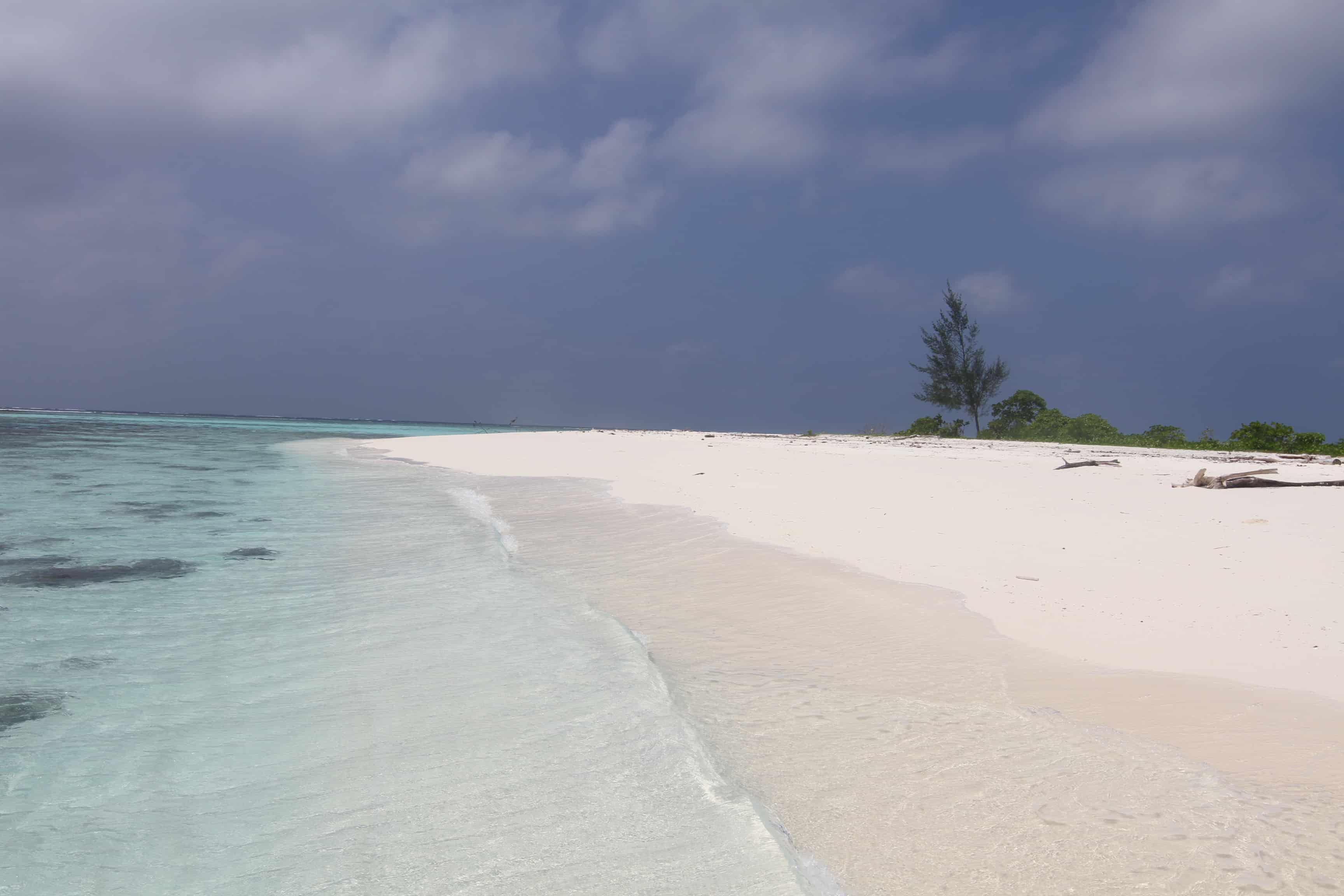
Pristine beaches throughout the Solomon Islands
While the abundance of islands lends itself to tons of snorkeling, diving, swimming and water activities, there’s no shortage of culture, history and other things to explore of natural beauty in this not so known destination in the South Pacific.
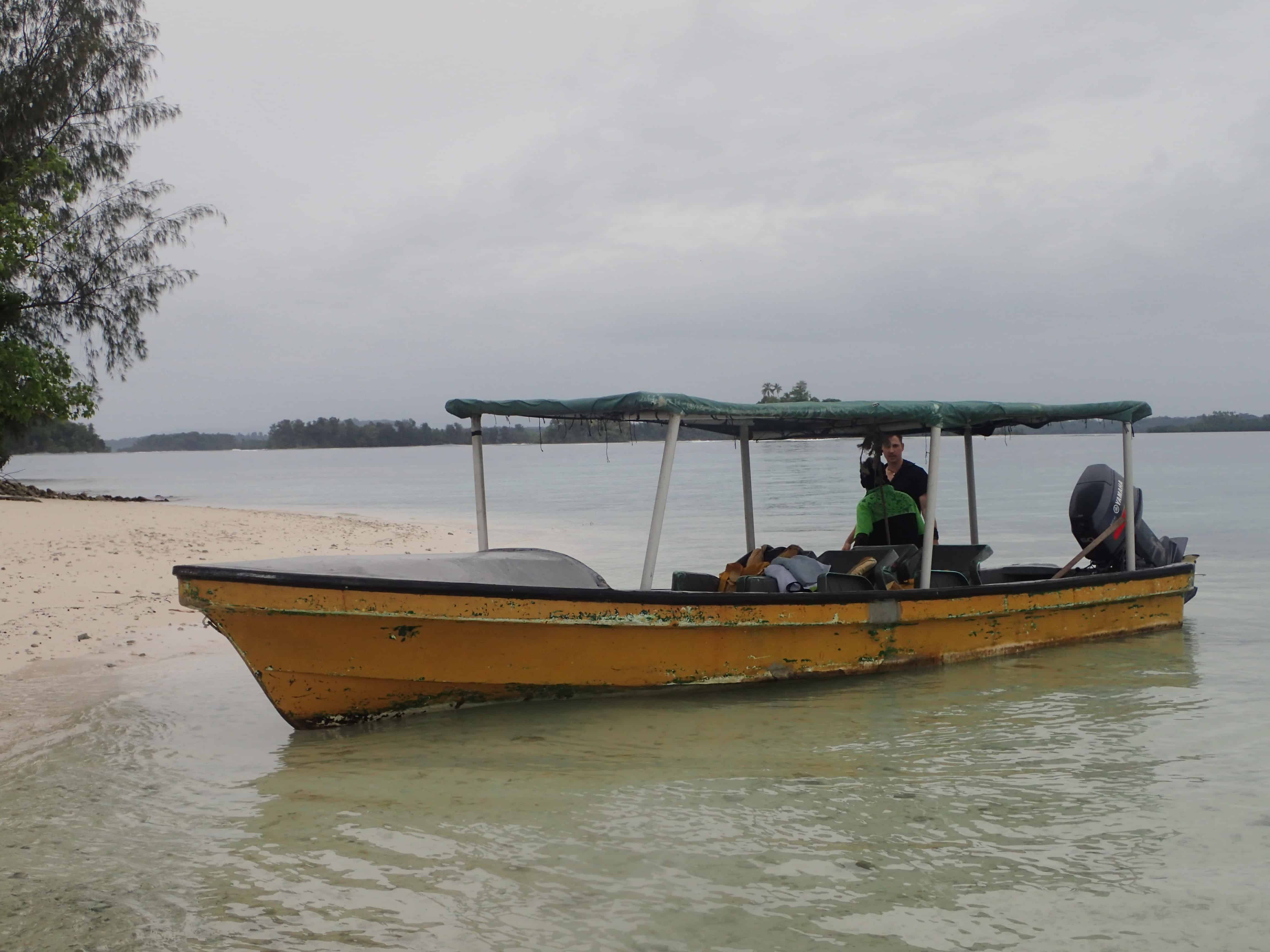
One of the many banana boat experiences in the Solomons
Pristine Waters & Islands
The remote islands and clear crystal waters of the Solomon Islands is the sheer magic that drew me to the country. Of course, there’s its renowned World War II history, its deep water wreck diving and native culture, but the raw natural beauty, the simplicity of living, and the the combination of unique languages and beaches in all directions were main draw. Plus, there are so many coconuts, bananas, wooden canoes and palm trees that you can’t escape serenity even if you try.
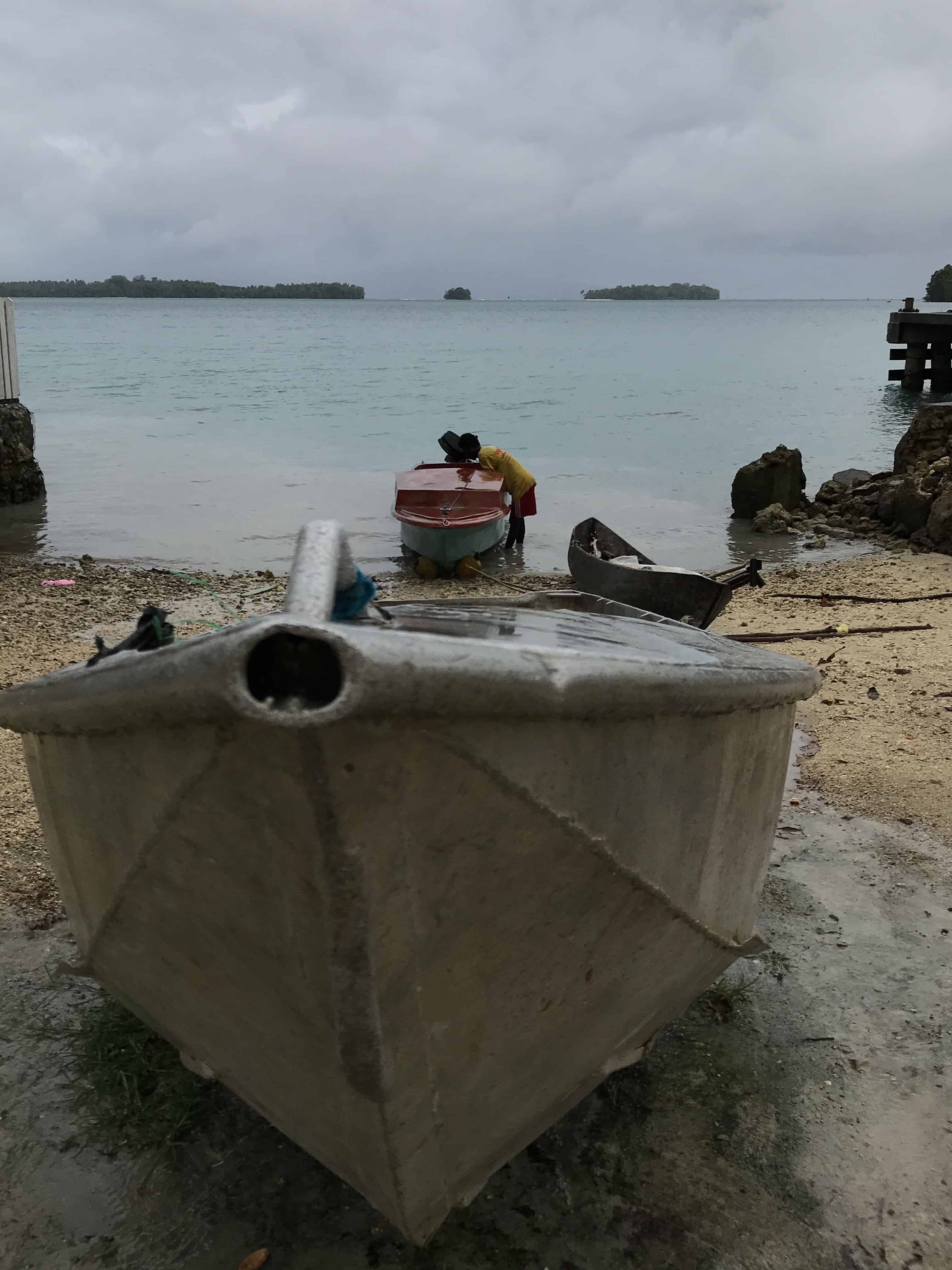
Where a couple of boats pulled up near the Agnes Hotel in Munda where we stayed mid-way through our trip.

A rainbow appeared magically while we were having drinks at the Agnes Hotel in Munda, not long after returning from Skull Island by banana boat

On the beach at a market near Marau Sound in Tavanipupu
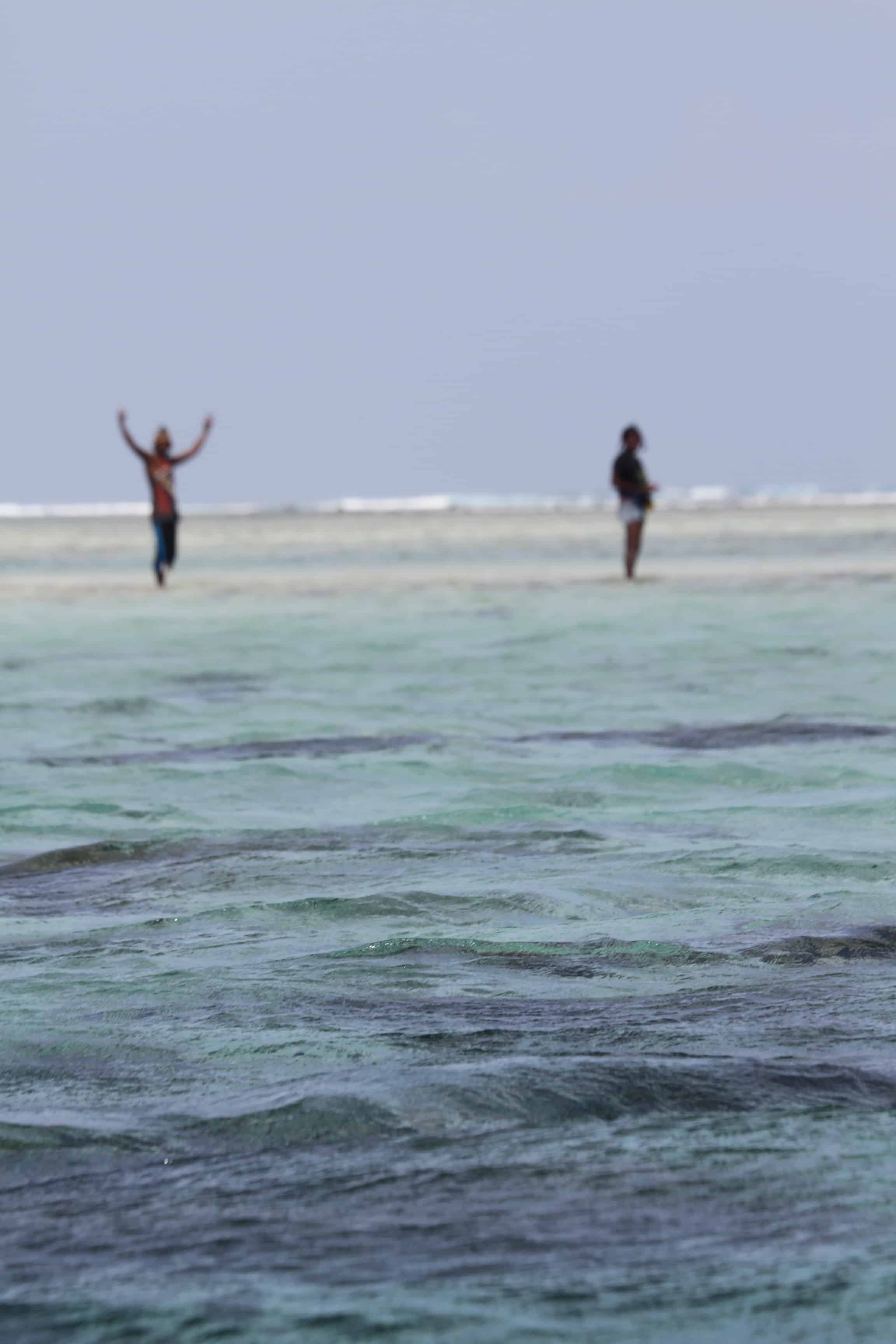
Looking for shells on the one of the lagoons

Boarding our way to a remote isolated island
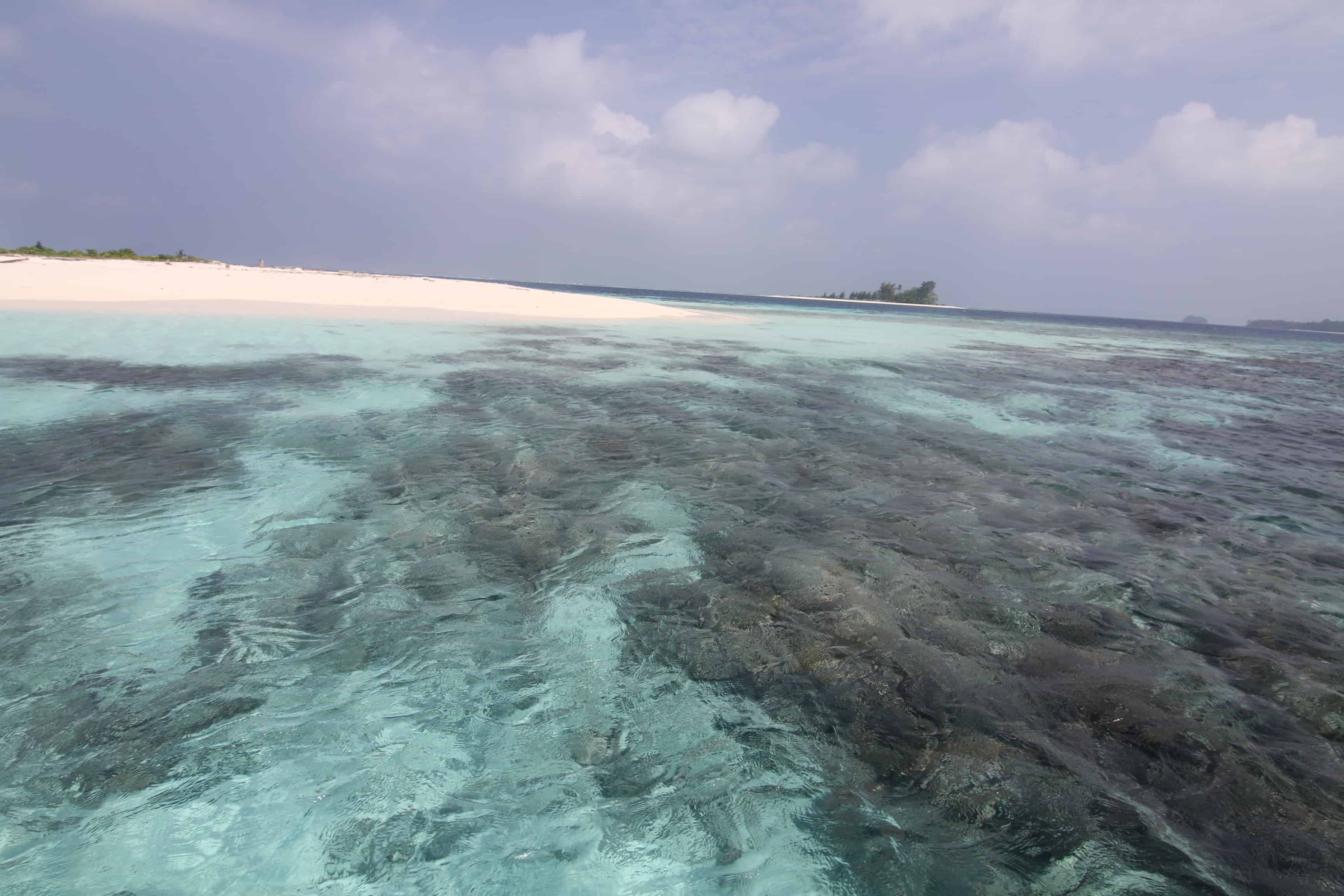
The reef is alive and the waters are crystal aqua blue in color
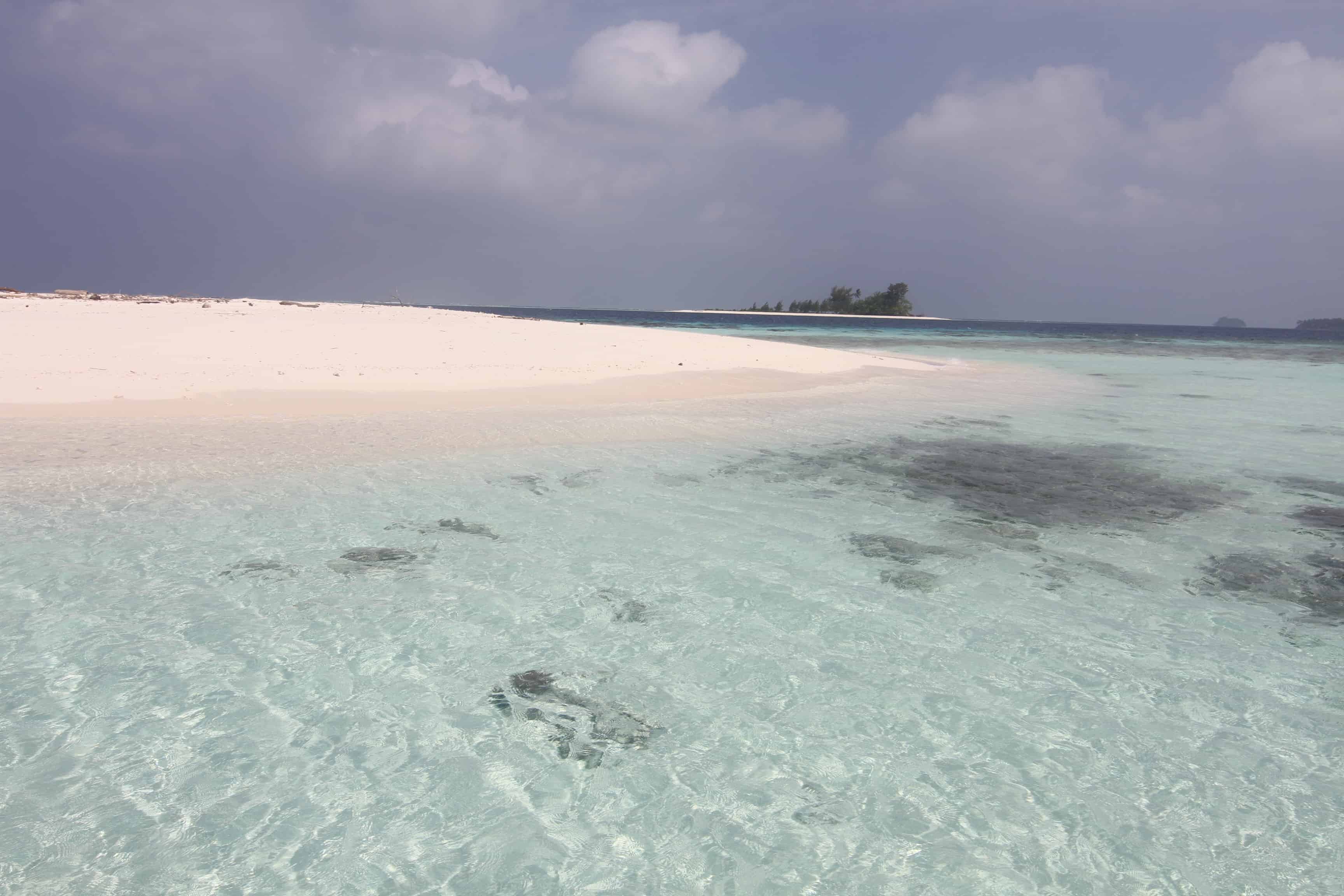
The sand is pure, white and soft
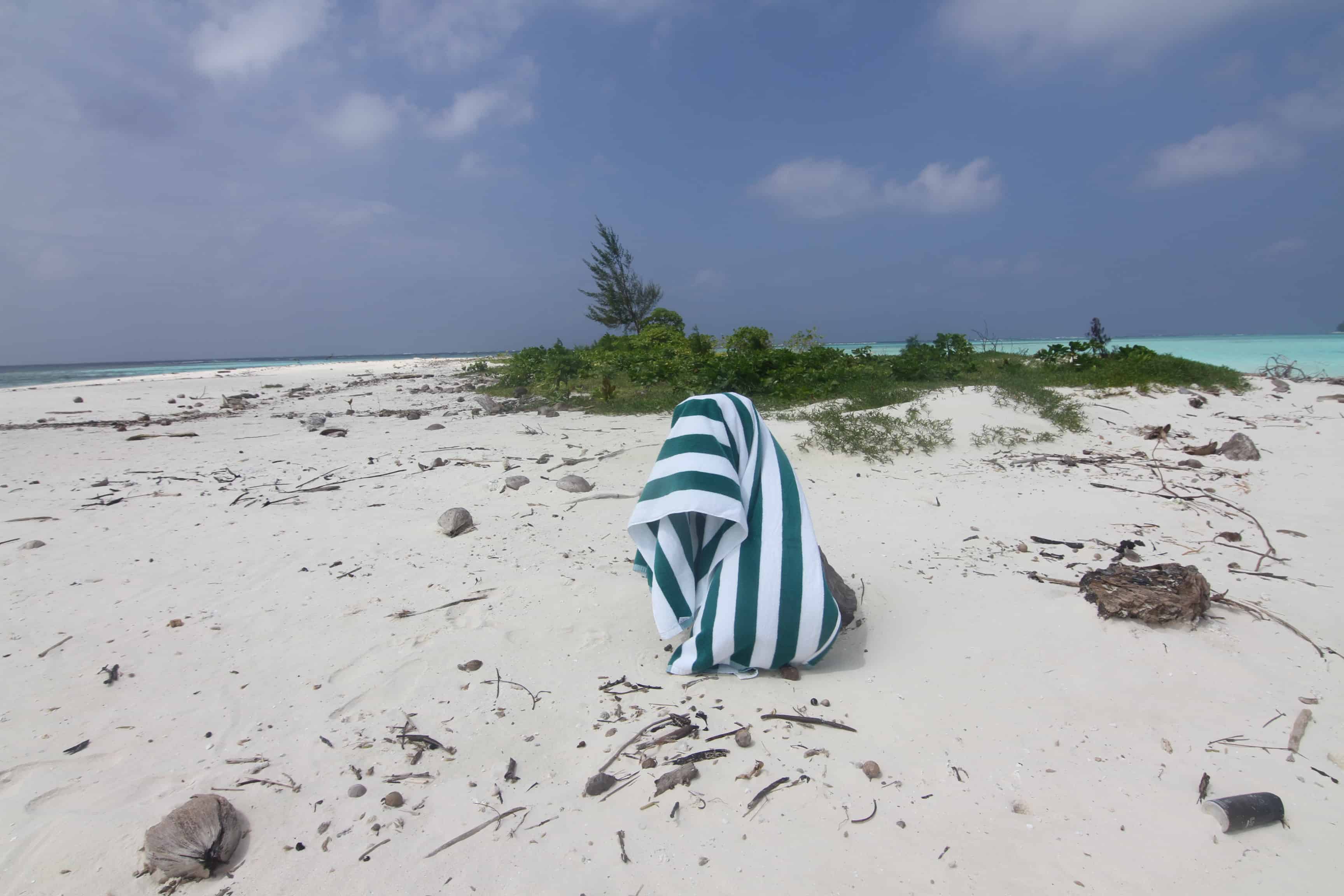
One of the pristine isolated islands we went to for the day — us and us alone!
The Children of the Solomon Islands
Let’s face it, the children of the Solomon Islands will have you at hello. Below are some random shots I took between Tavanpipup on Marau Sound, Munda and Honiara.
They are nothing short of precious — they love to play and their simplicity in the pleasures of the earth will teach you something along the way if you pause long enough to listen. Their blonde roots will show the connection to its British and European infusion over the years.

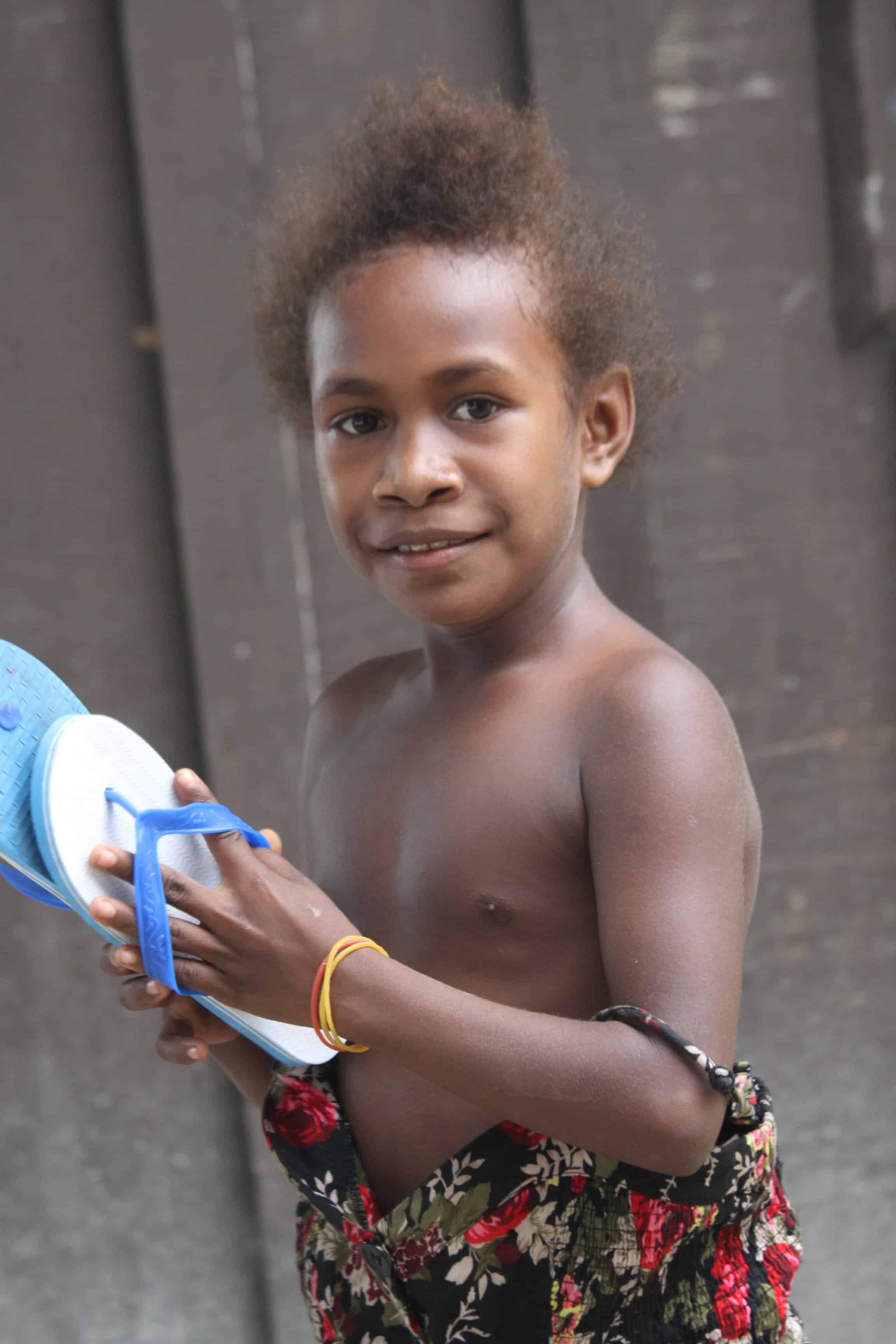
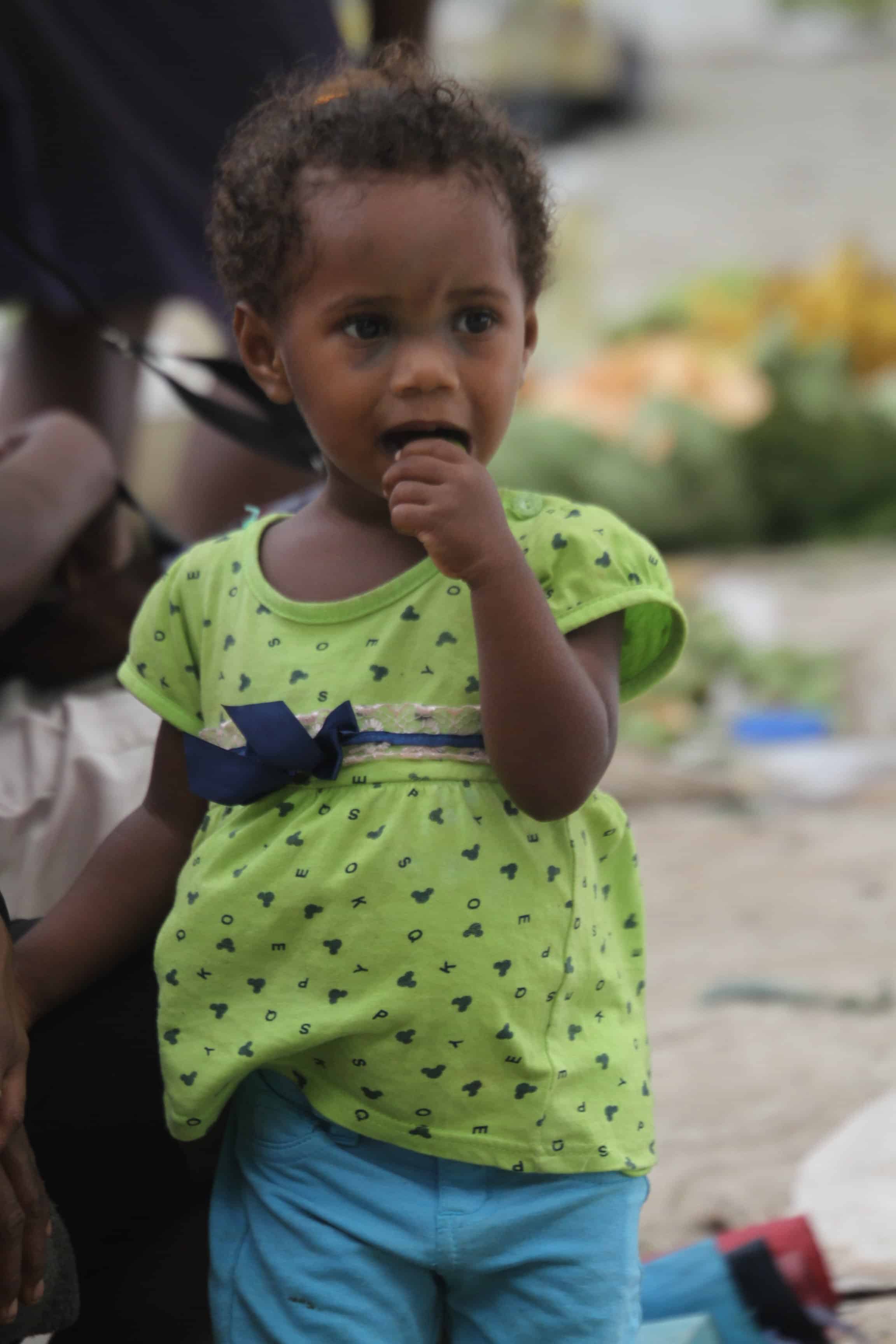
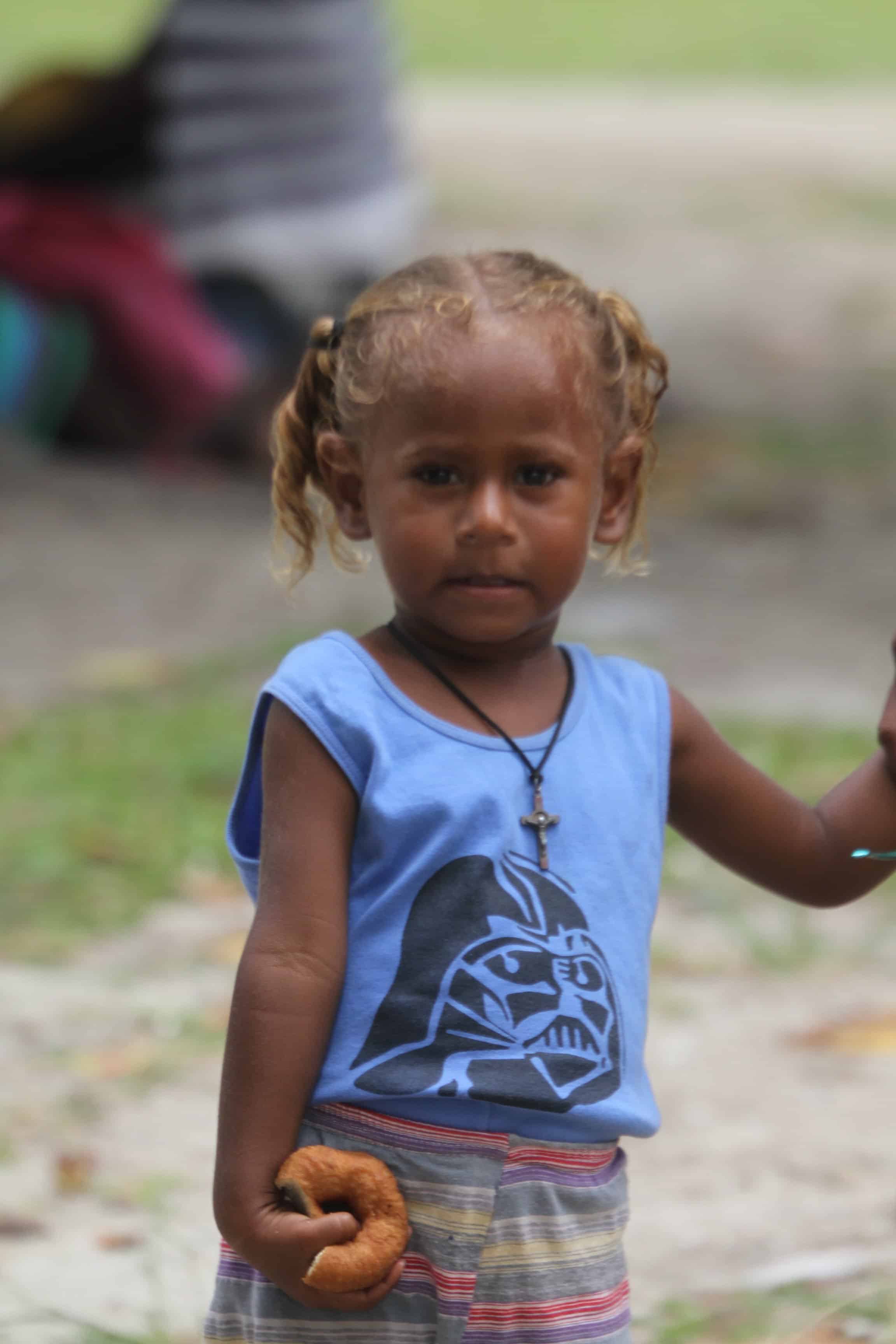

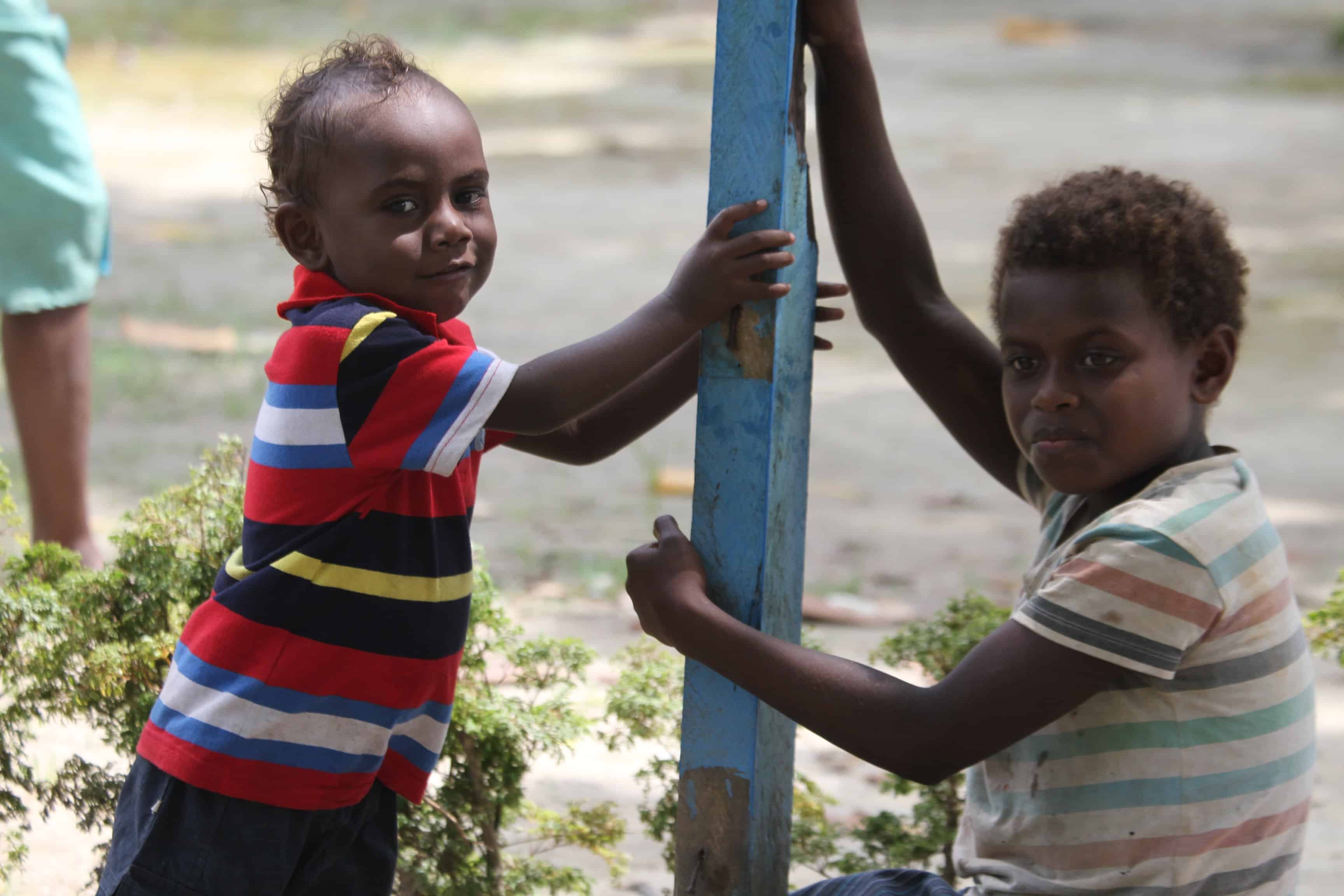
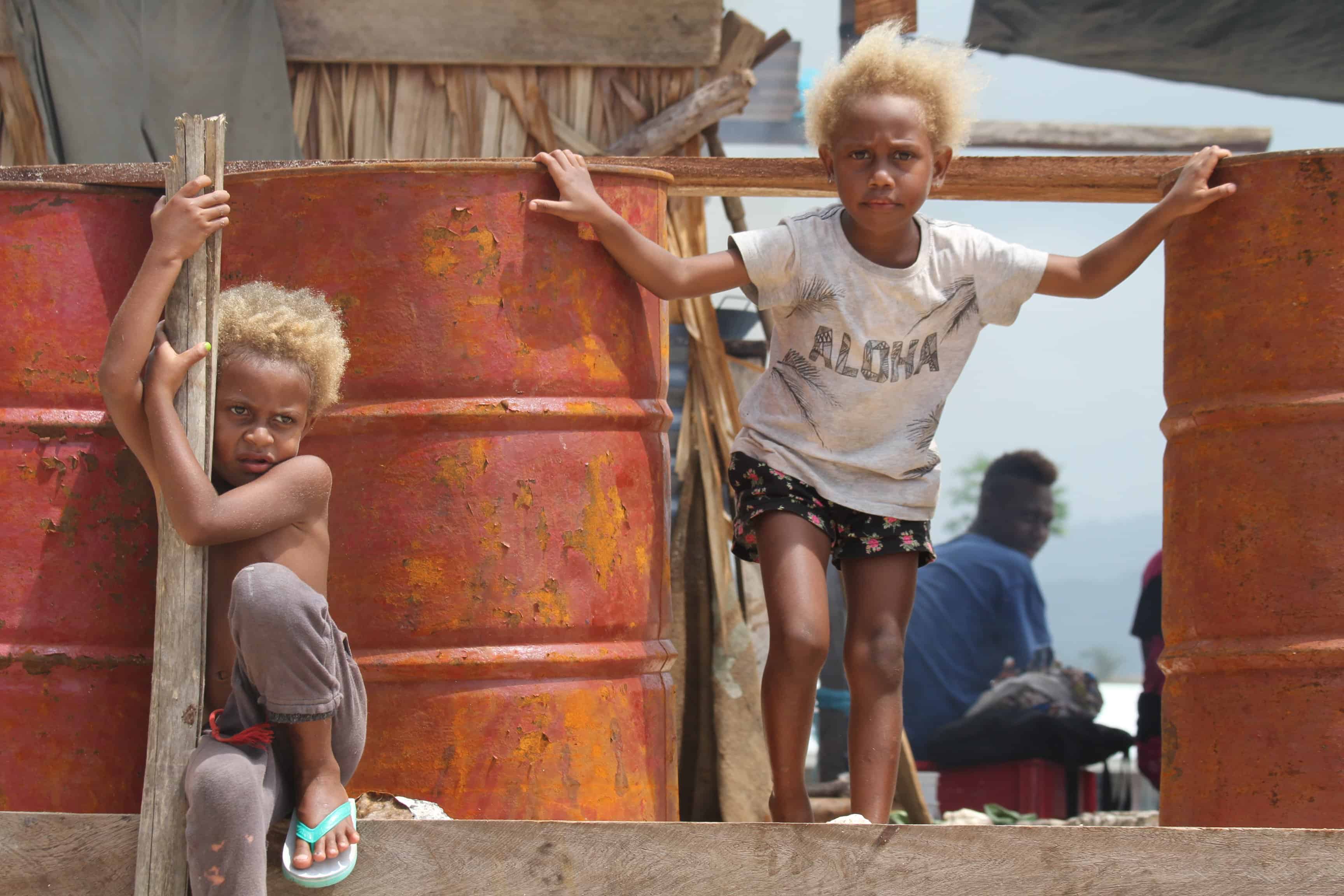
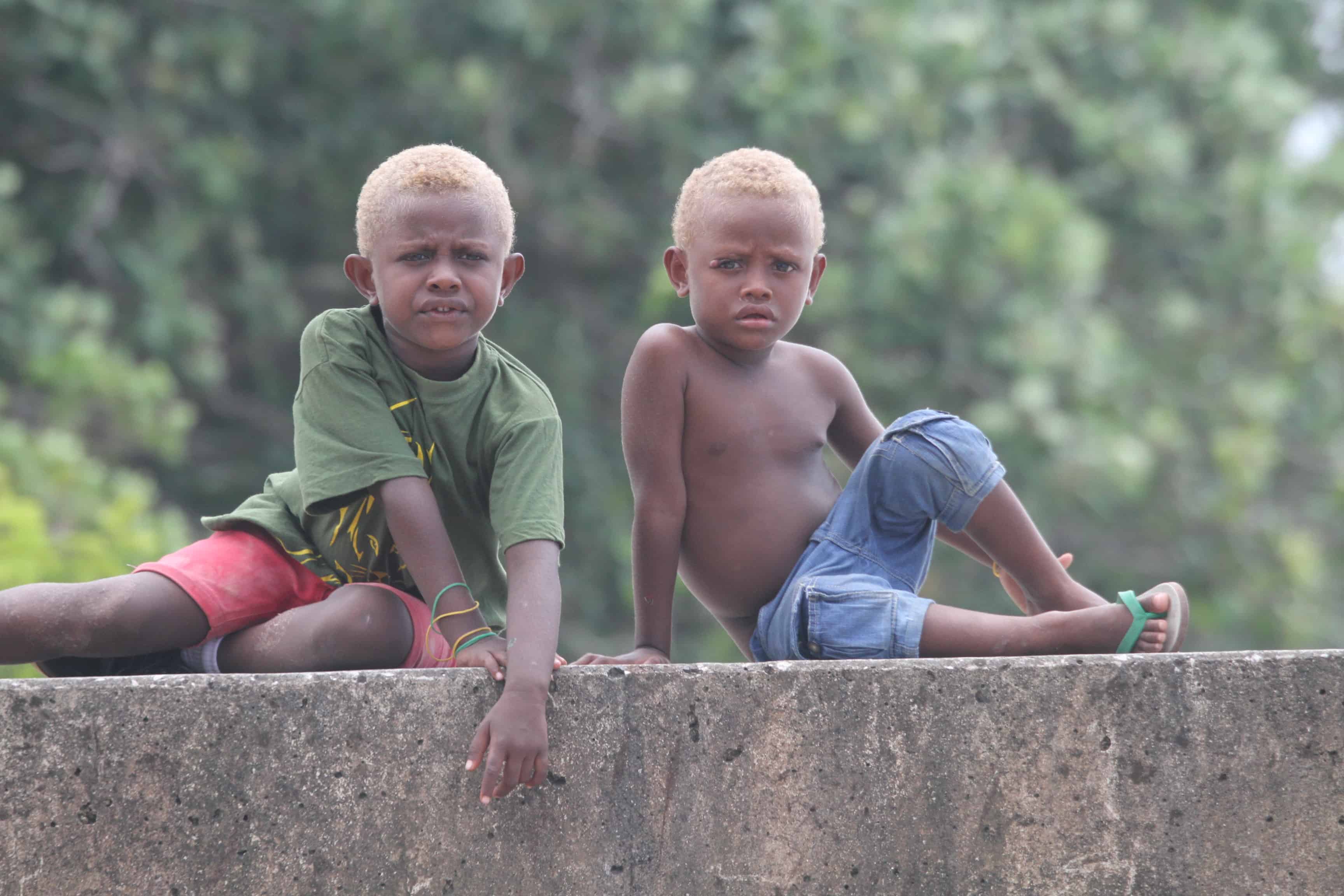
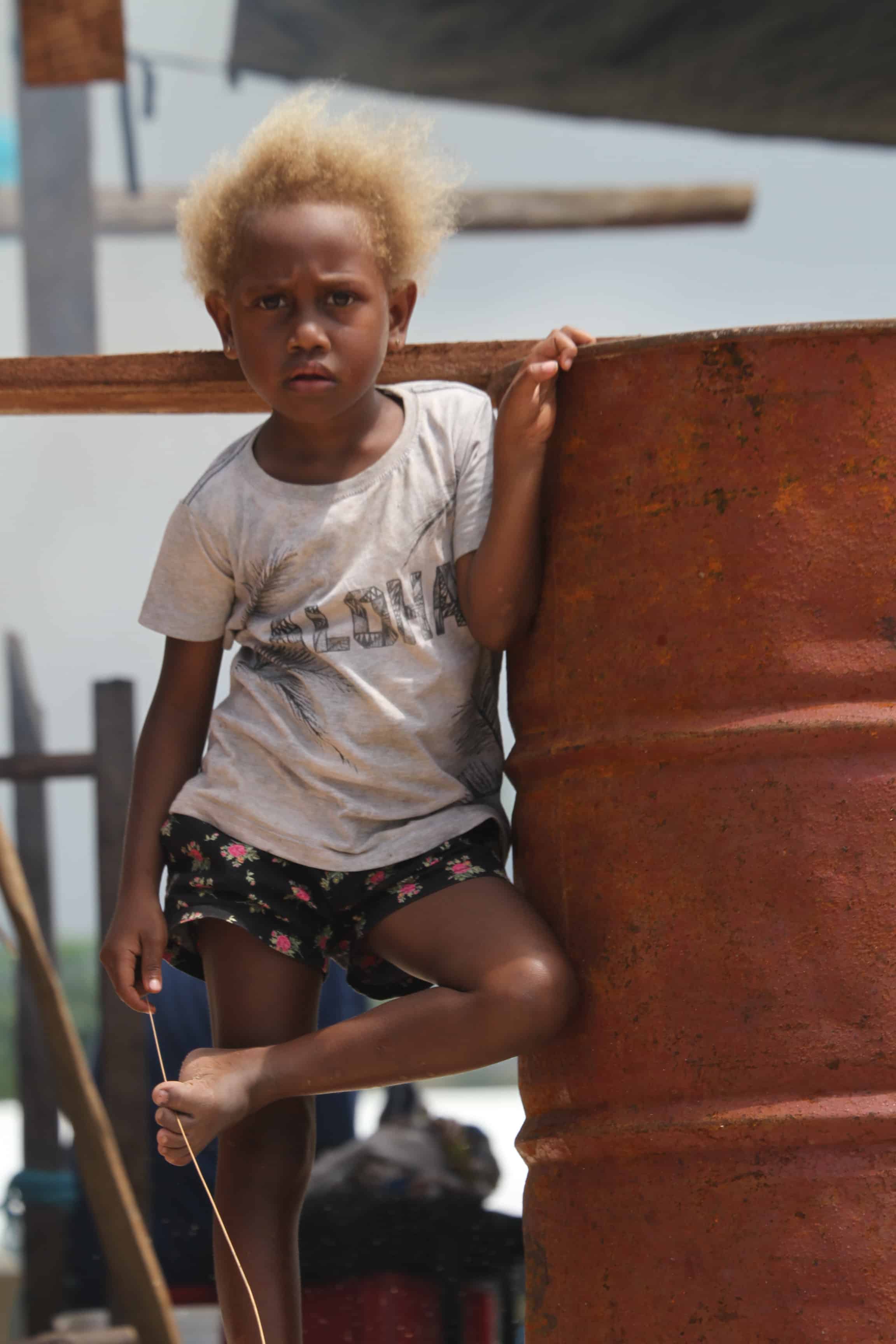
The Markets

String beans and betel nut which is a favorite past time in the Solomon Islands for many
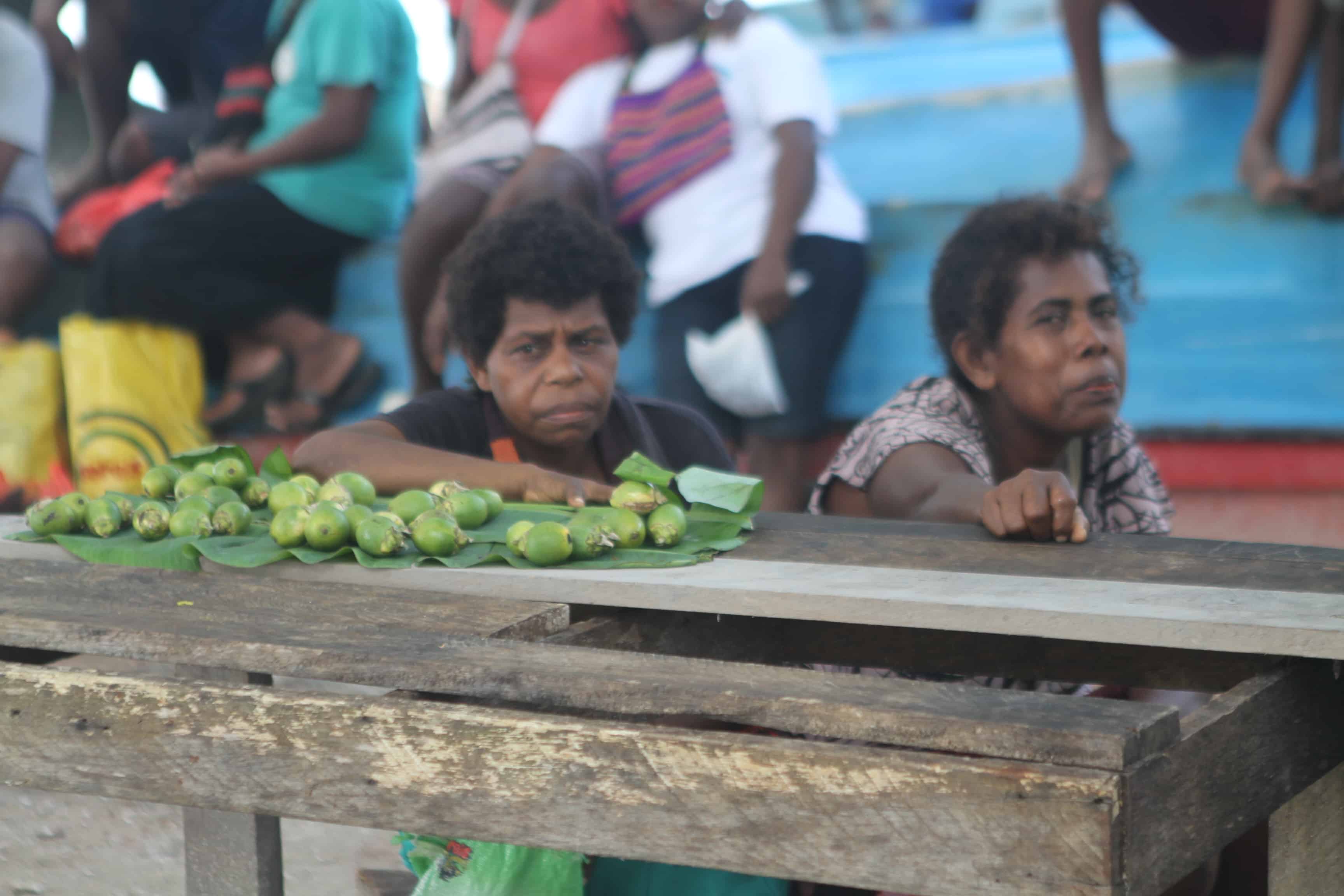
Vegetable market near Marau Sound

Fish — fresh from the oceans which surround you on all sides
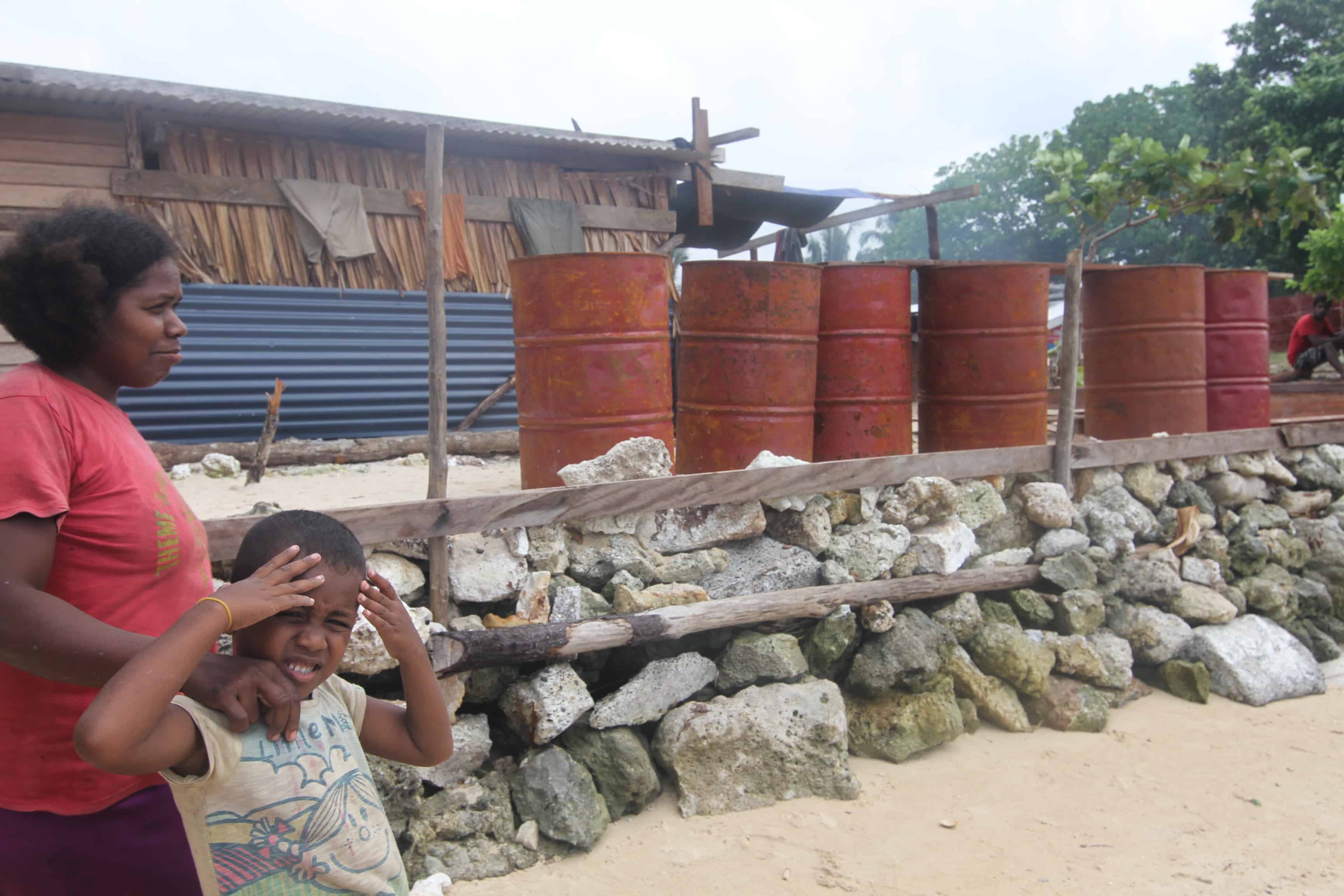
Marau Sound not far from Tavanipupu by boat
The Honiara Market
While there are no shortage of smaller markets throughout the Solomon Islands, the Honiara Market is known for its abundance of fruits, vegetables, and artisan goods that cater to people far and beyond. And, truth be told, it’s a visual wonder in all directions. Care to go on a journey with me?

Fresh bananas and plantanes at the Honiara market

Okra is one of my favorite vegetables and they had them in abundance here
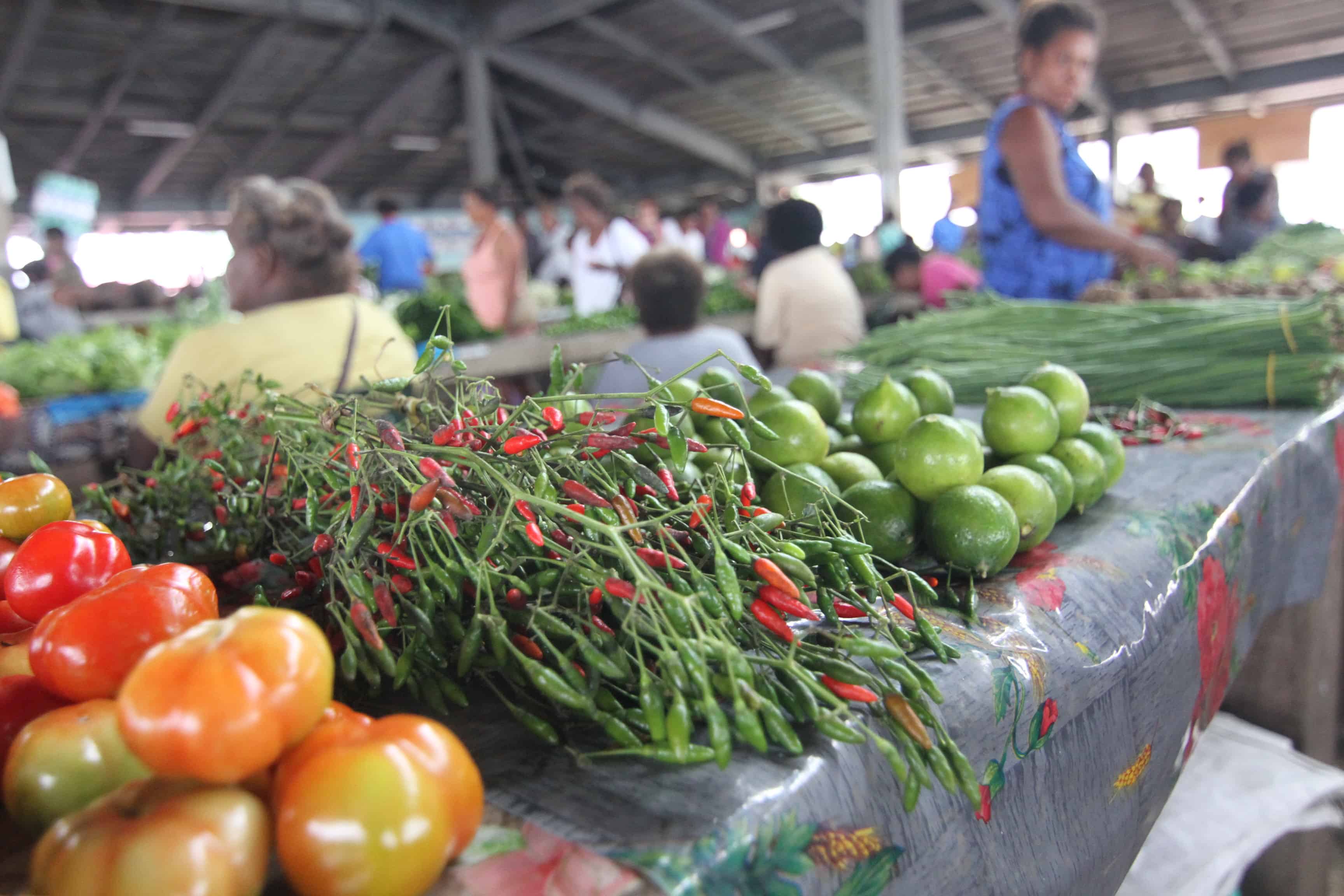
Fresh tomatoes, red peppers (yikes!!!) and limes are in abundance!
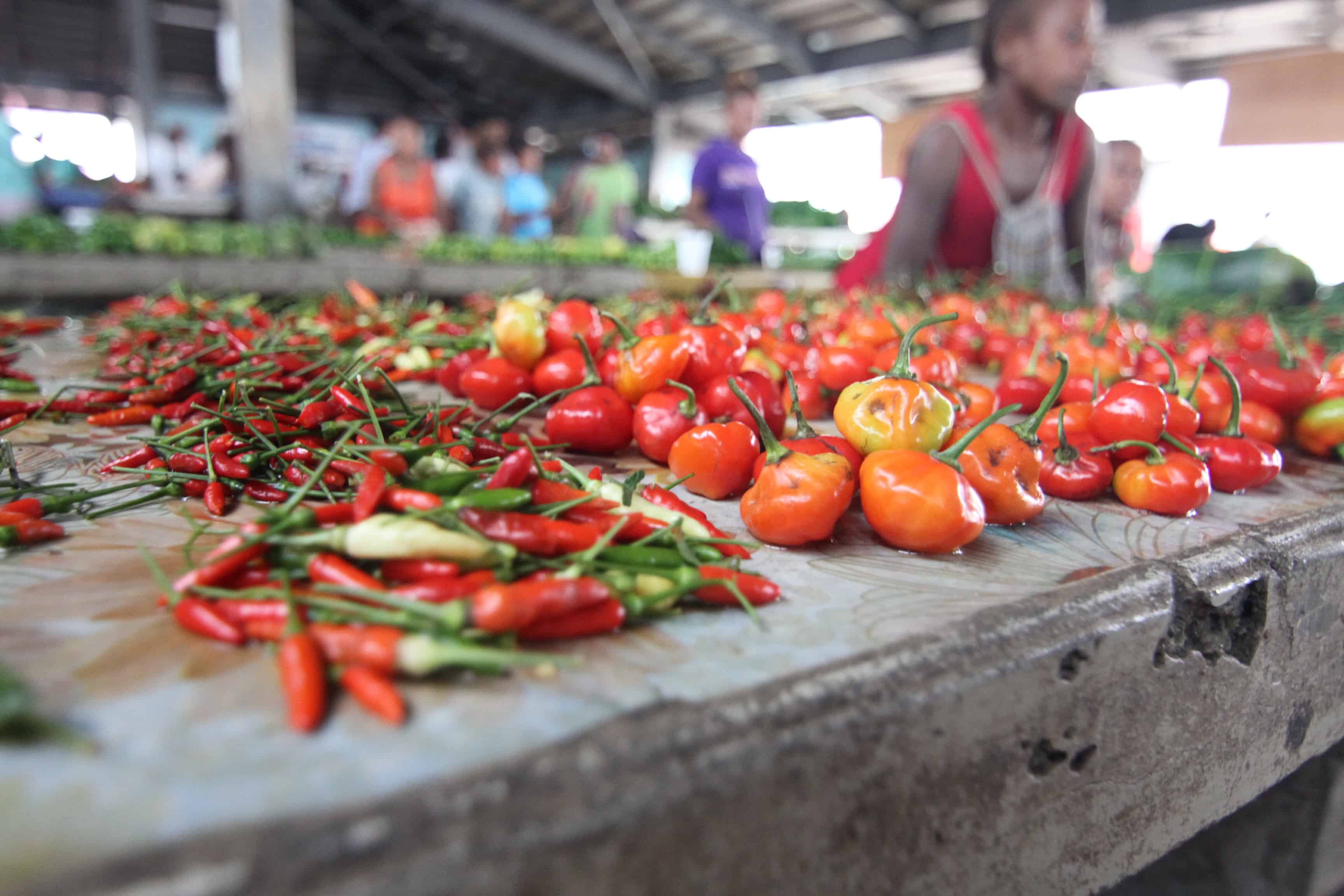
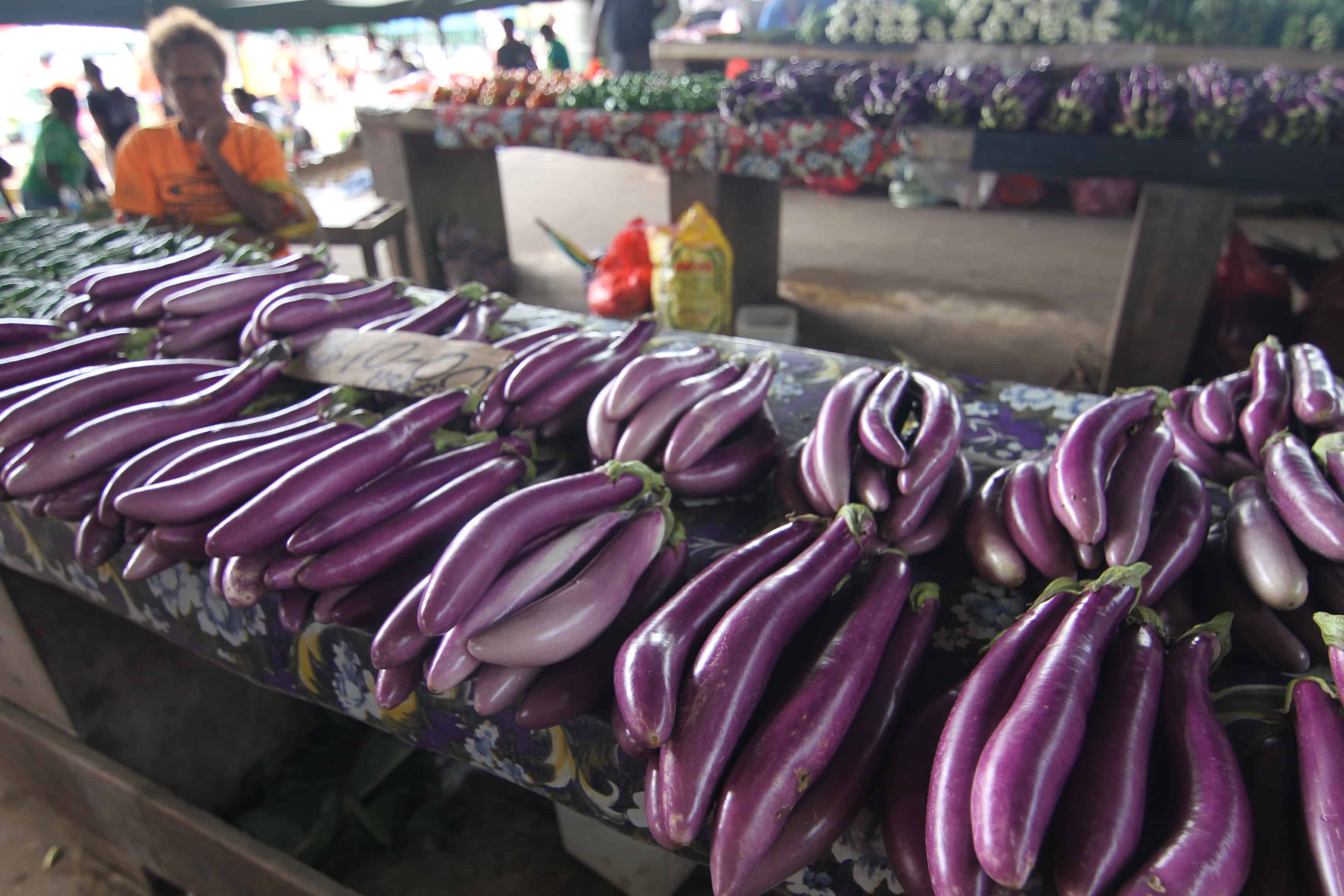
Eggplant anyone?
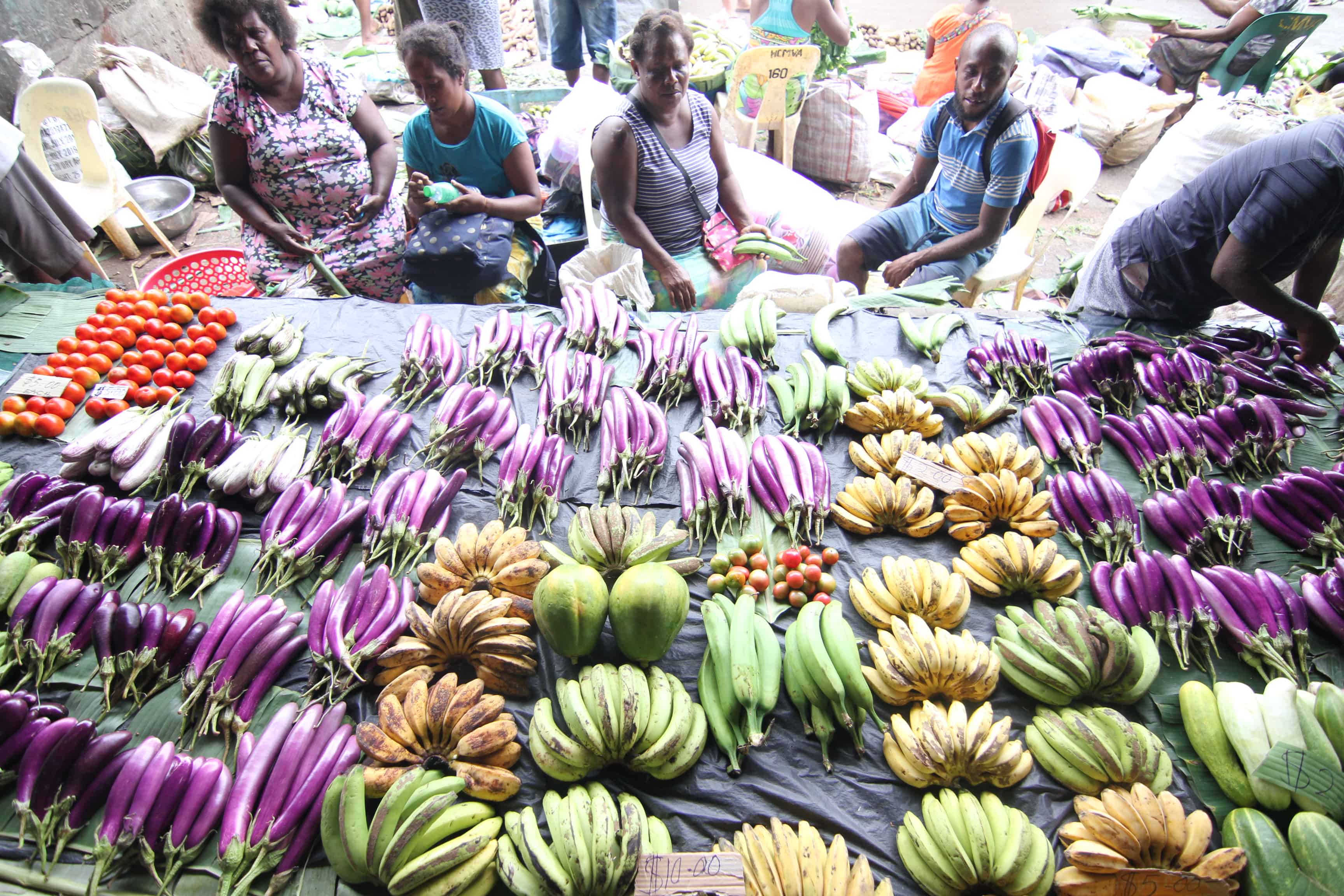
Veggies and fruit at Honiara Market
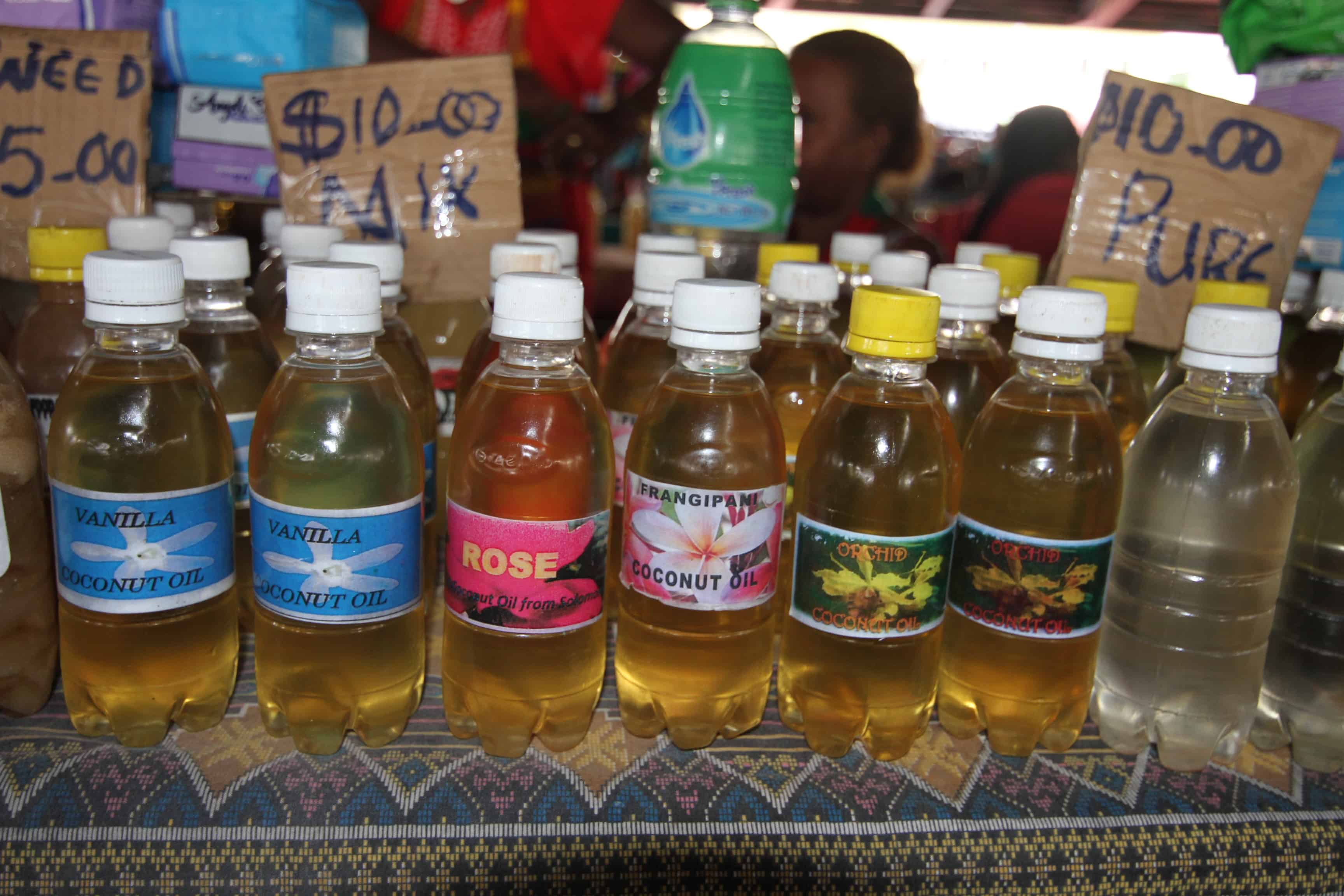
Fresh oils, particularly coconut oil are for sale at Honiara Market
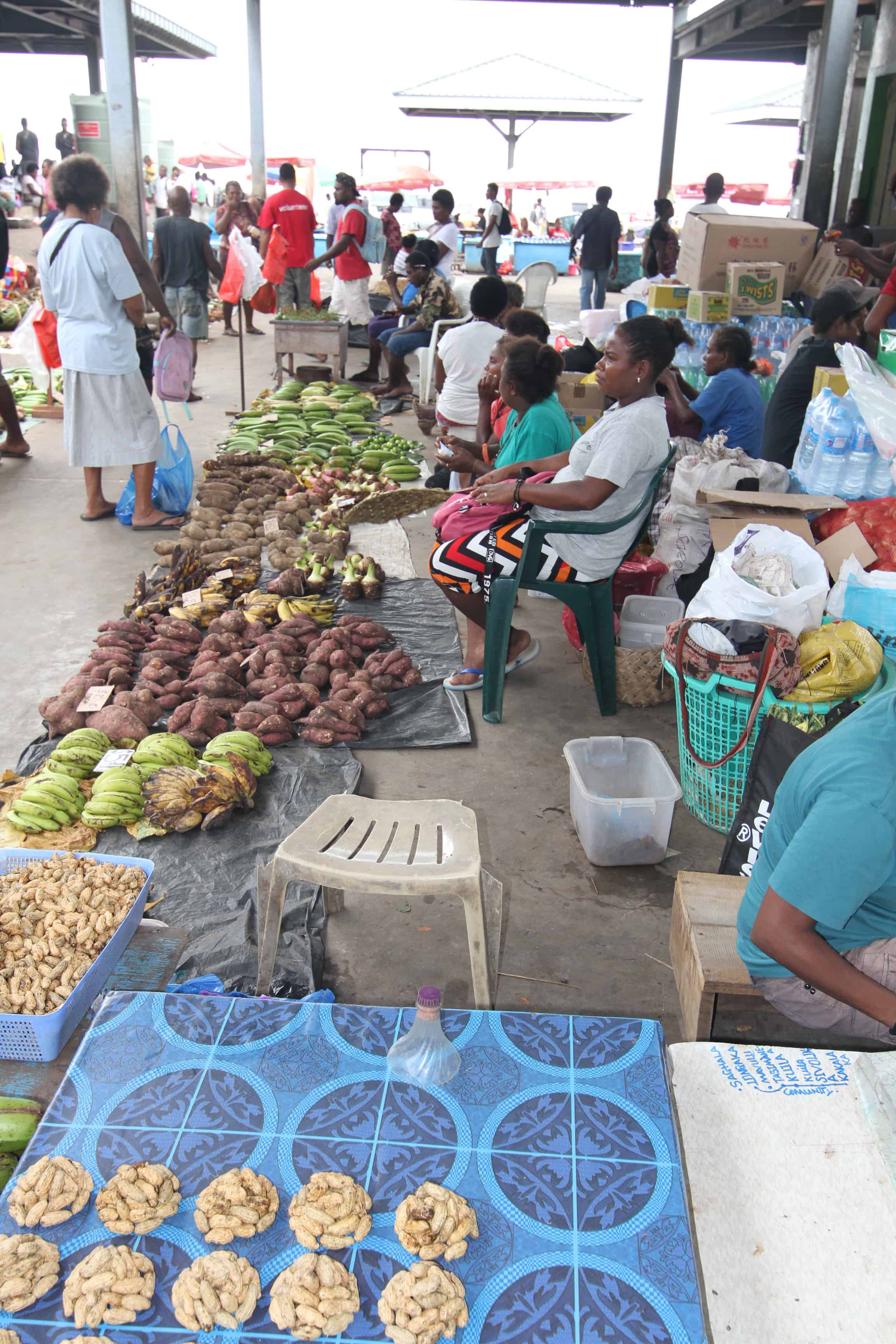
Walking through Honiara Market

Delicious Coconut (the Solomon dollar is around 7-8 to the American dollar to give you an idea)
Solomon Islands Art & History
There’s also a rich history in the Solomon Islands, which includes art, languages, poetry, music and beyond. While we’ve created a guide to the Solomon Islands art scene, below are a smattering of photos of some of the paintings and other visual arts we witnessed during our trip this past summer.
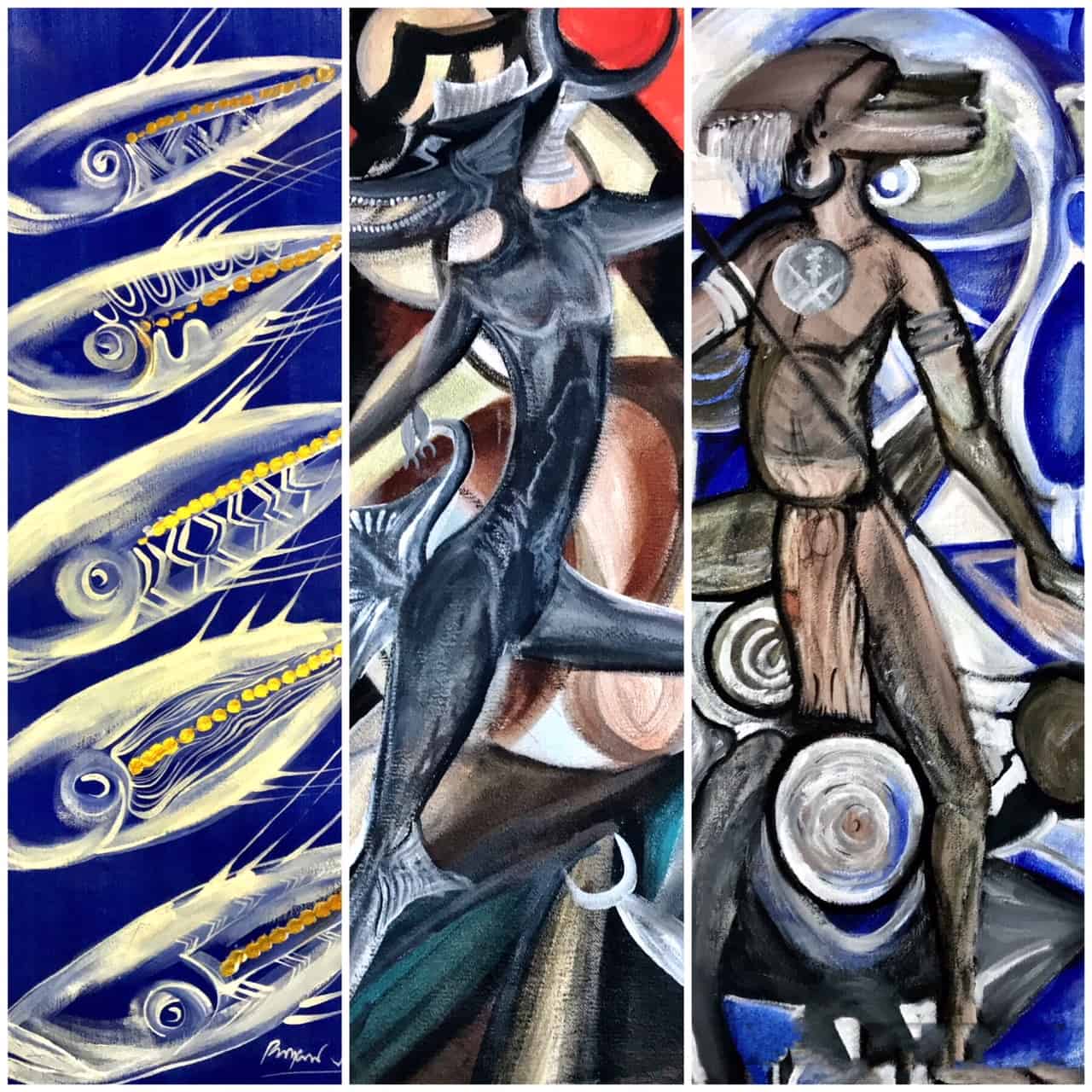
Art can even be found on the walls at airports
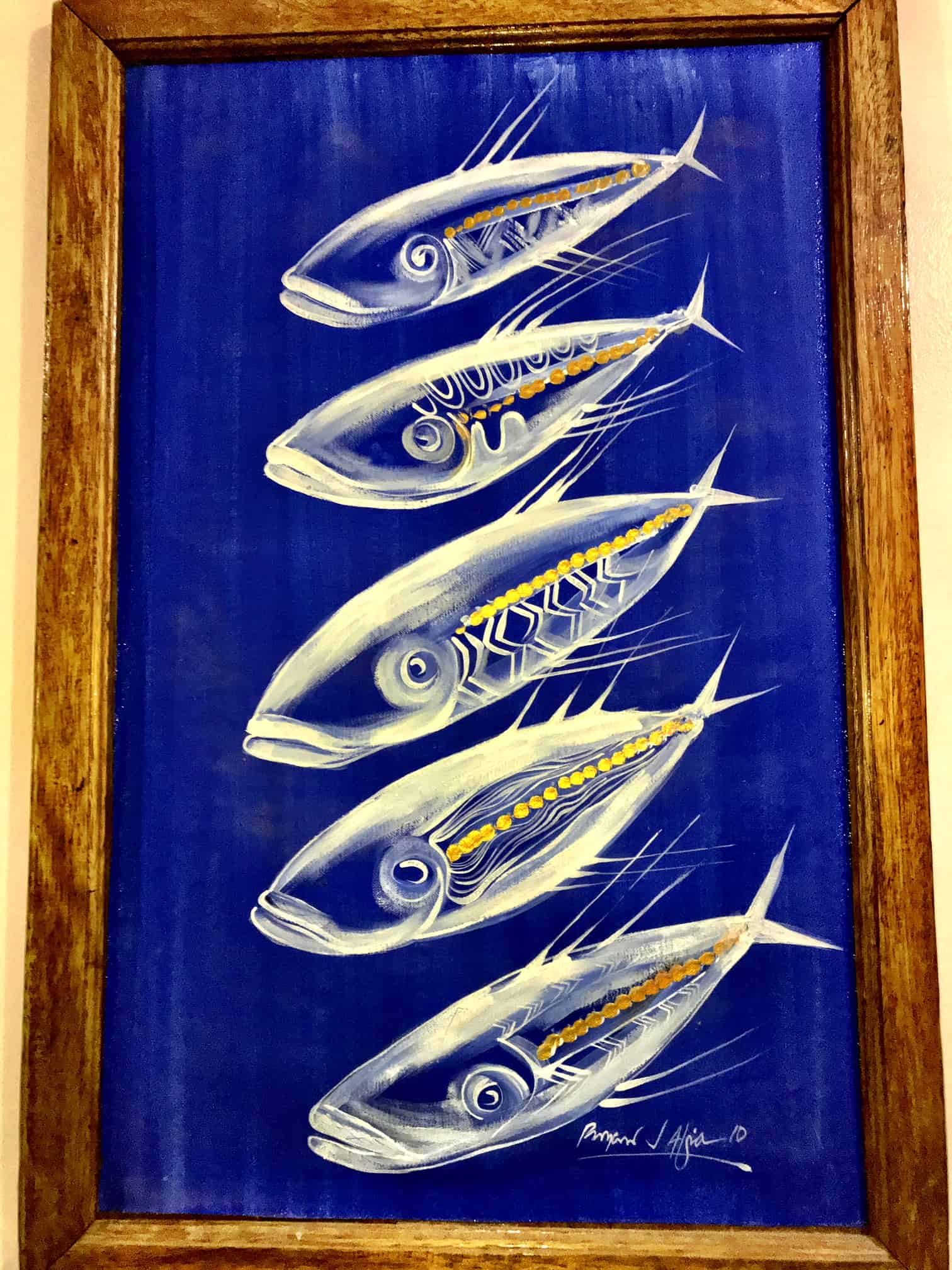
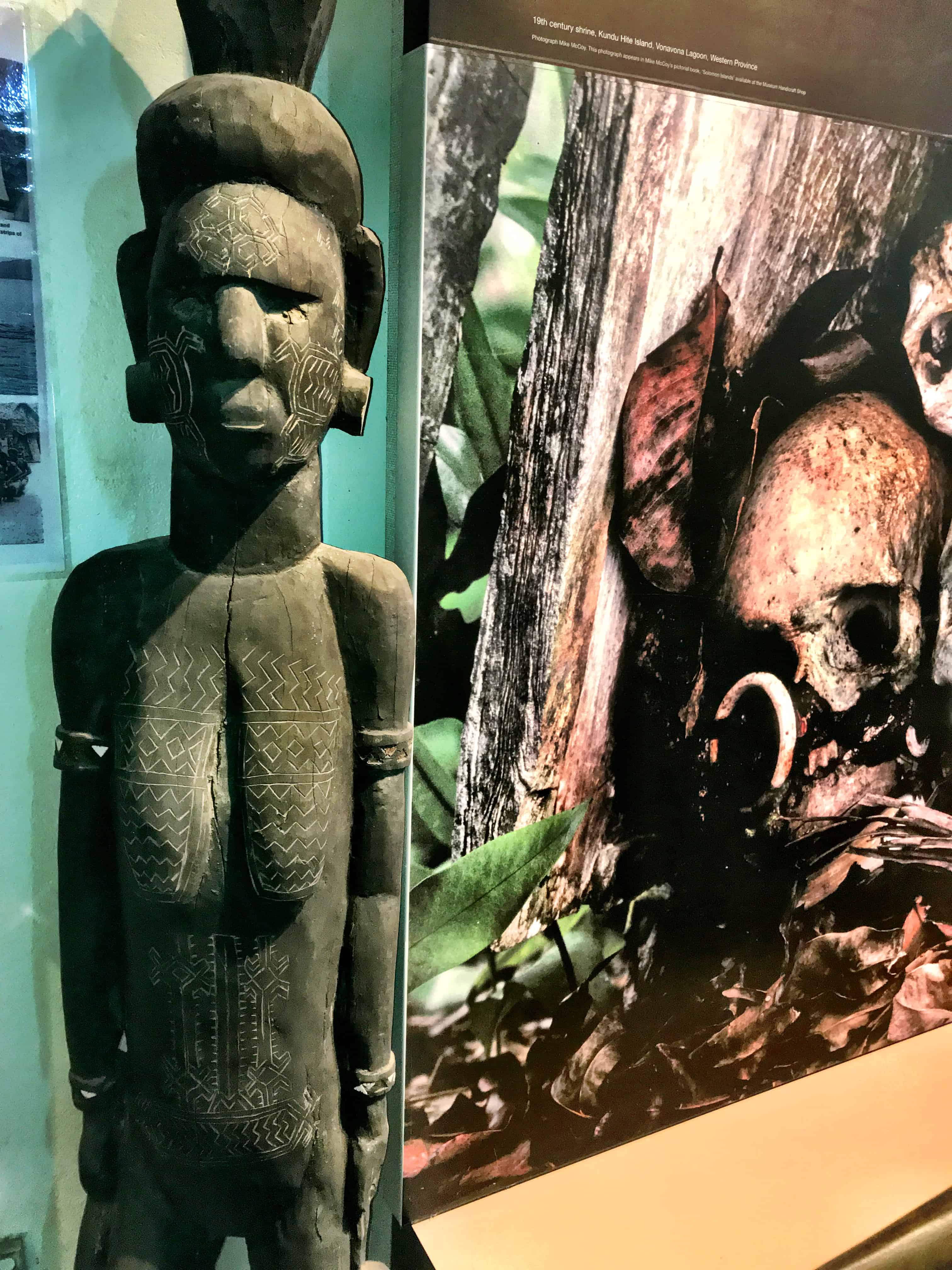
At the National Gallery in Honiara above and below
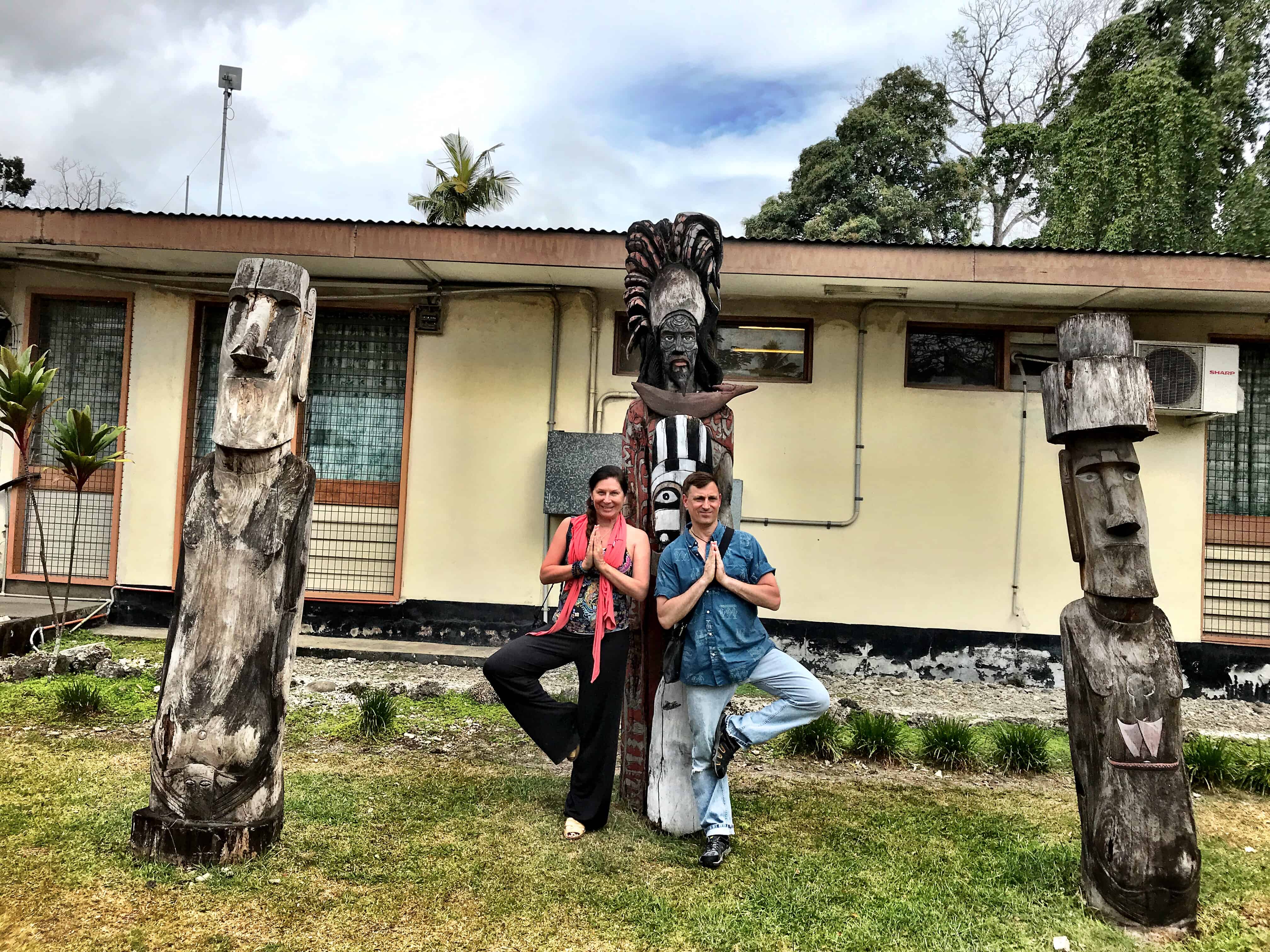
Us outside the National Gallery in Honiara
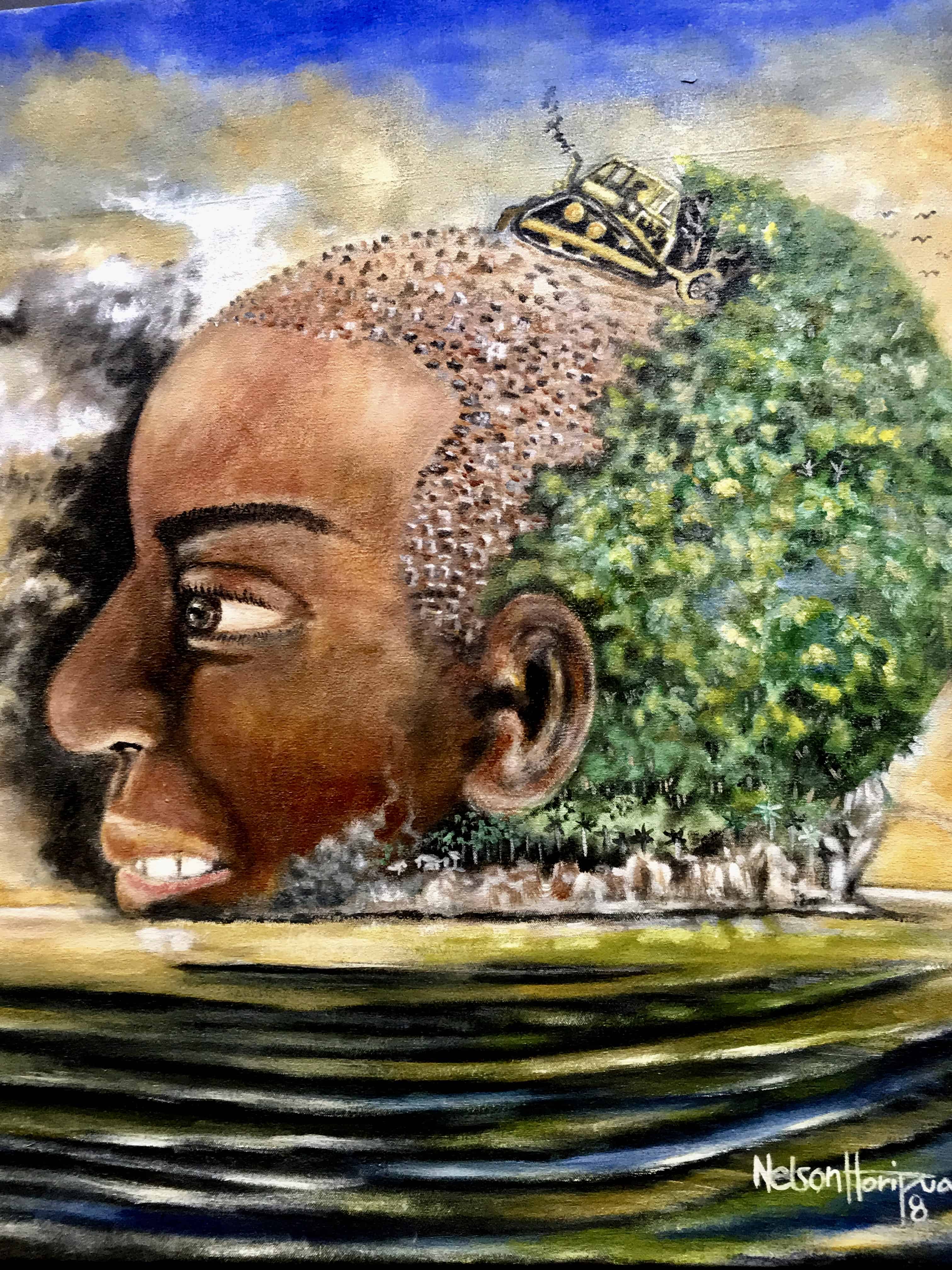
At the National Gallery
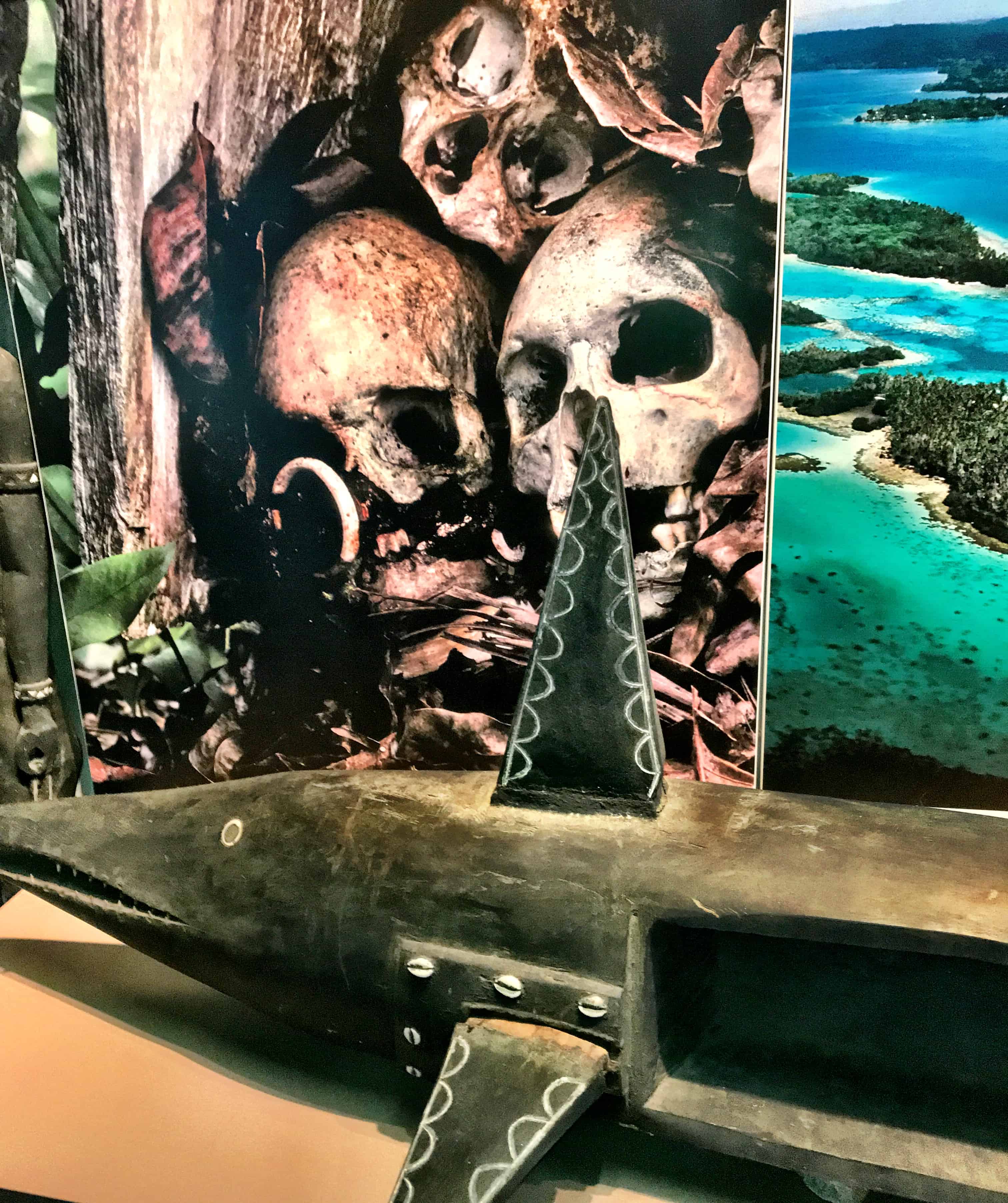
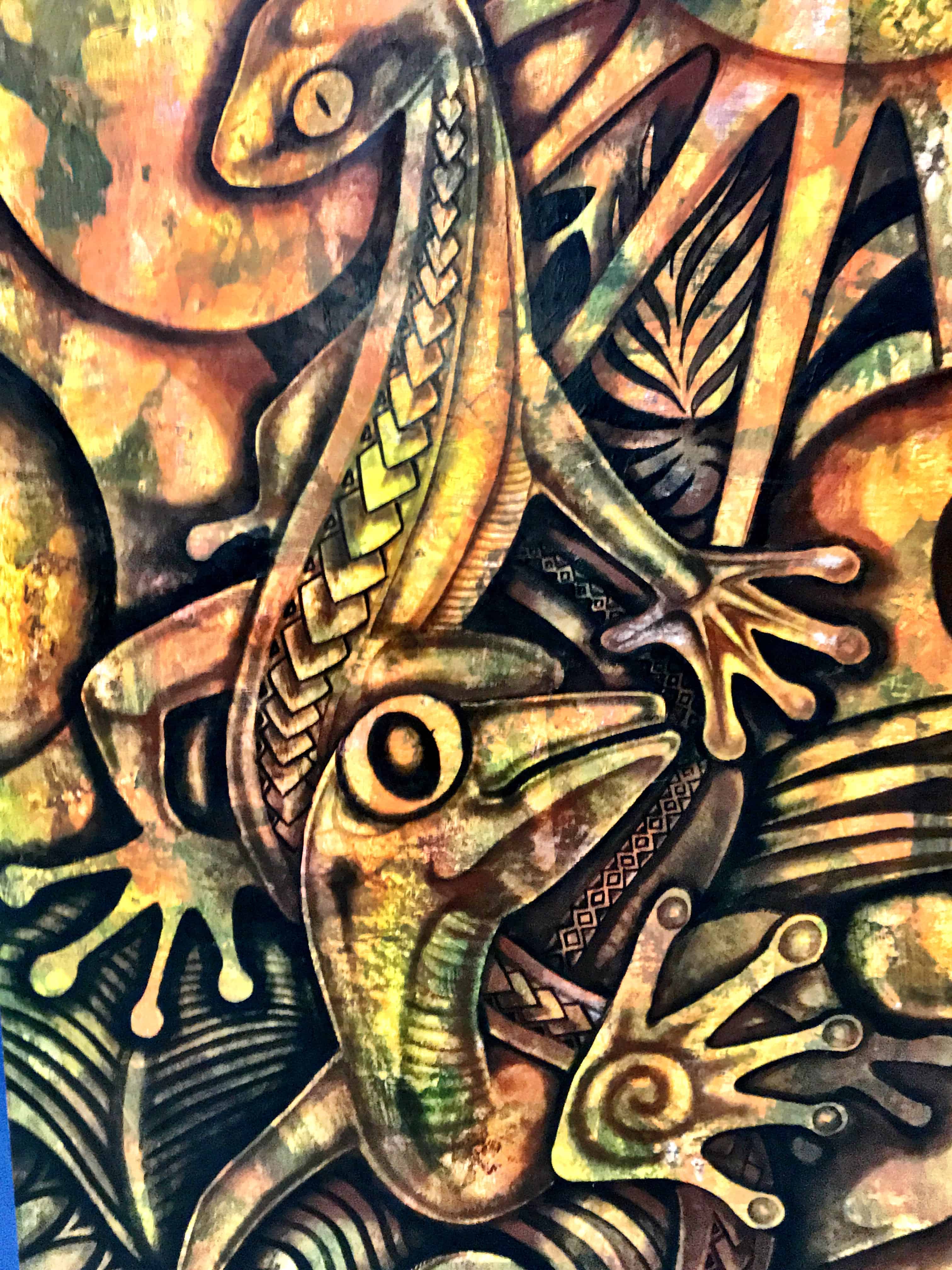
More magic at the Honiara Gallery
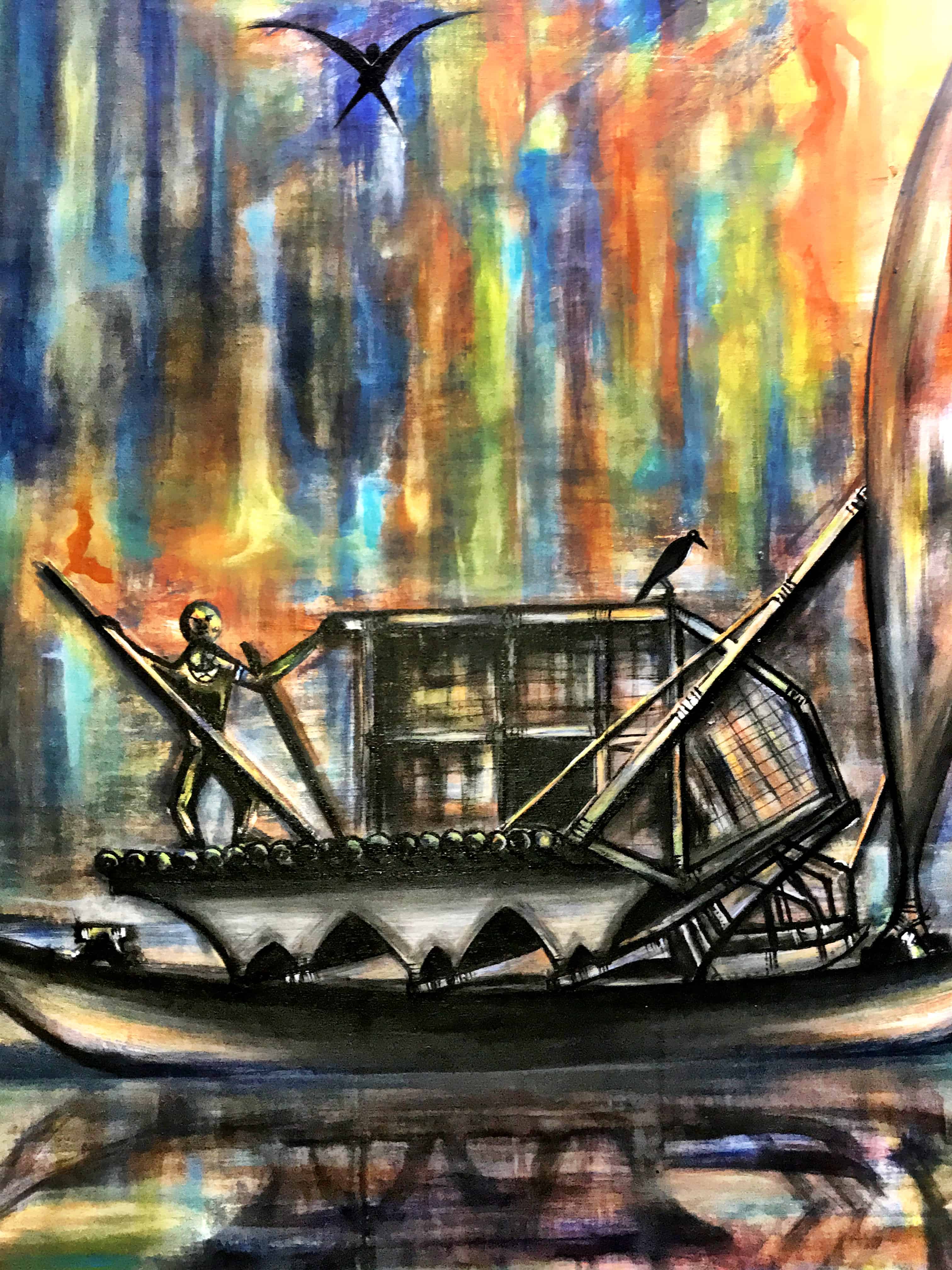
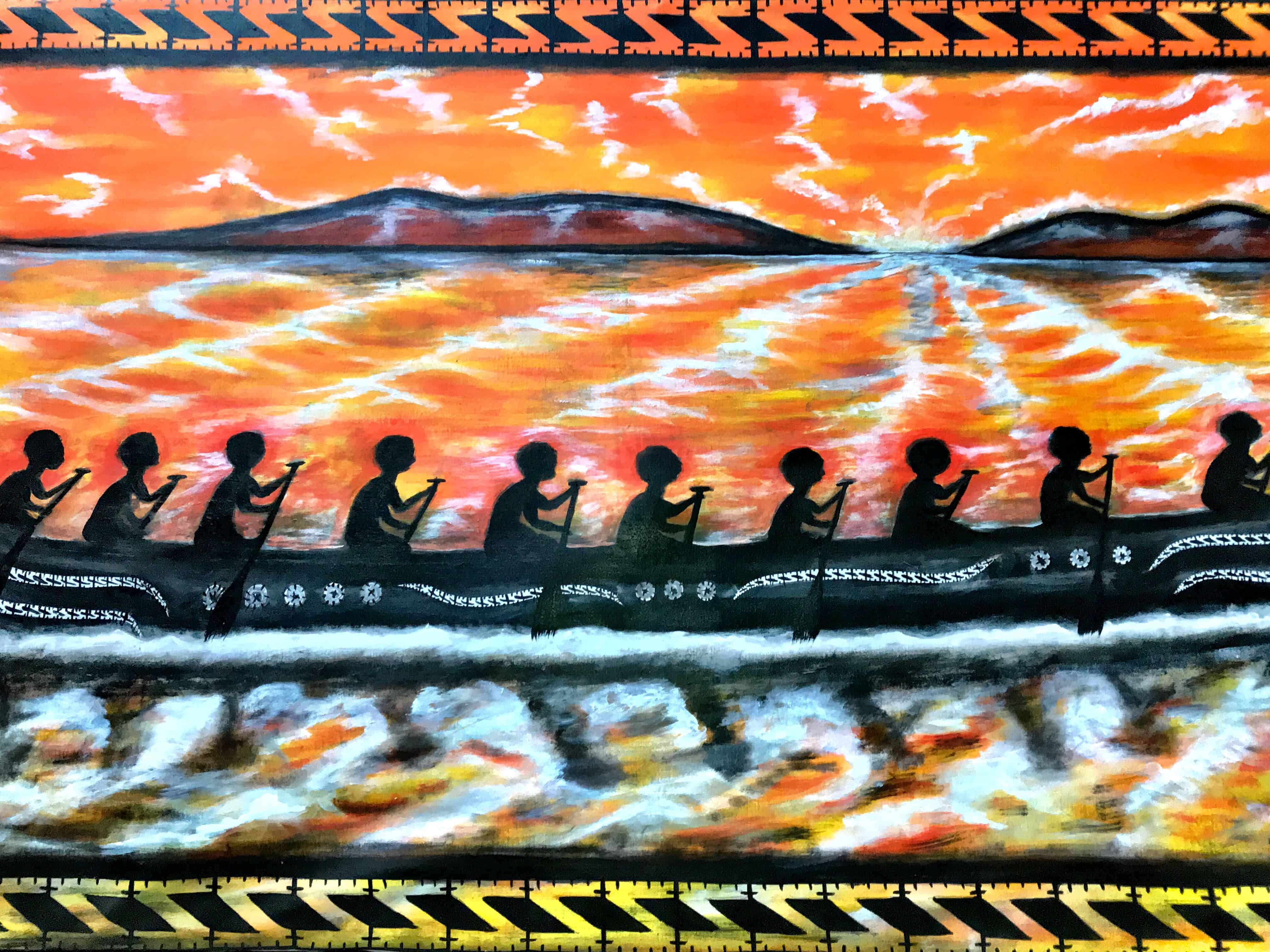
Paintings at the National Gallery above and below
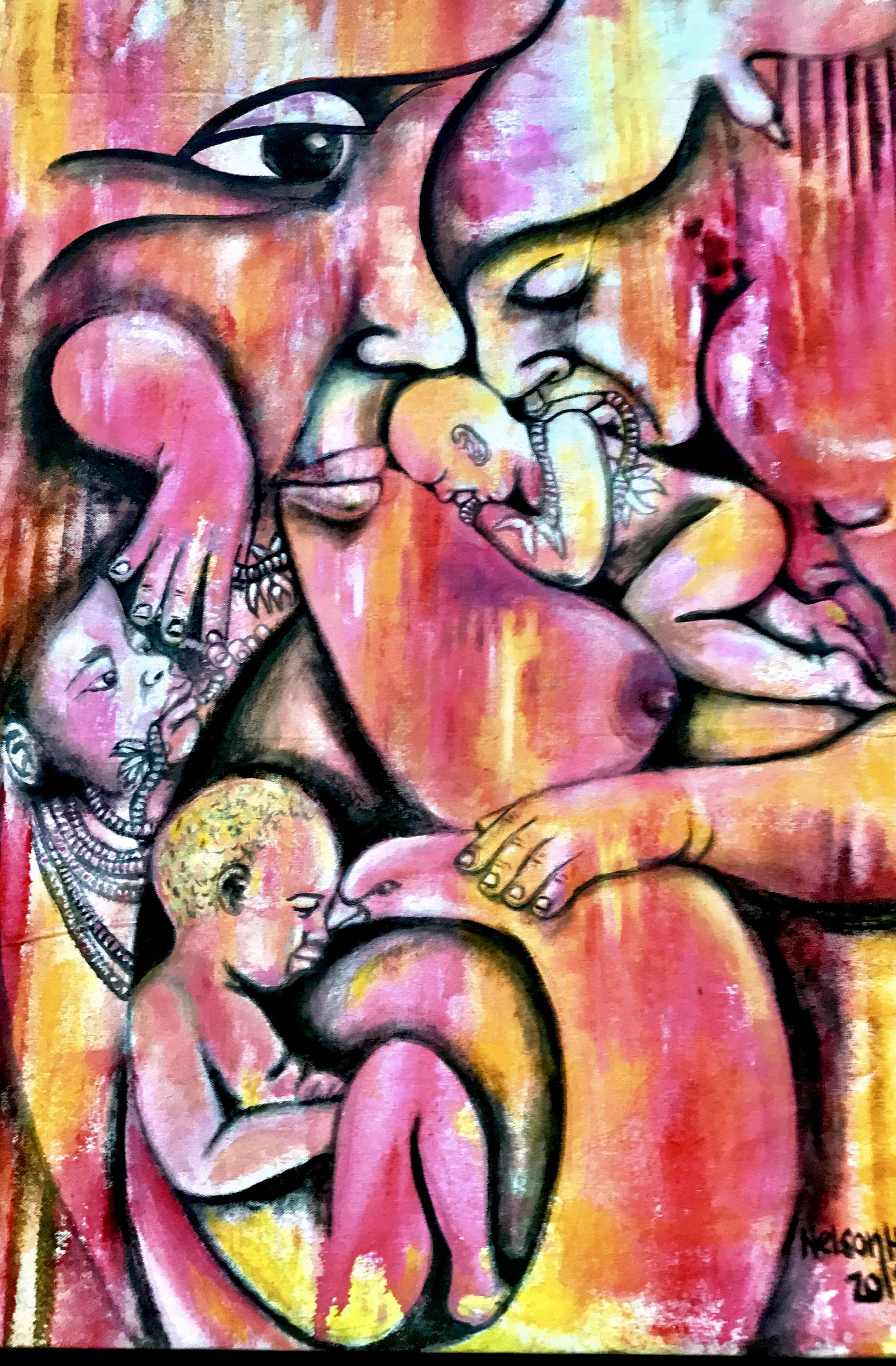
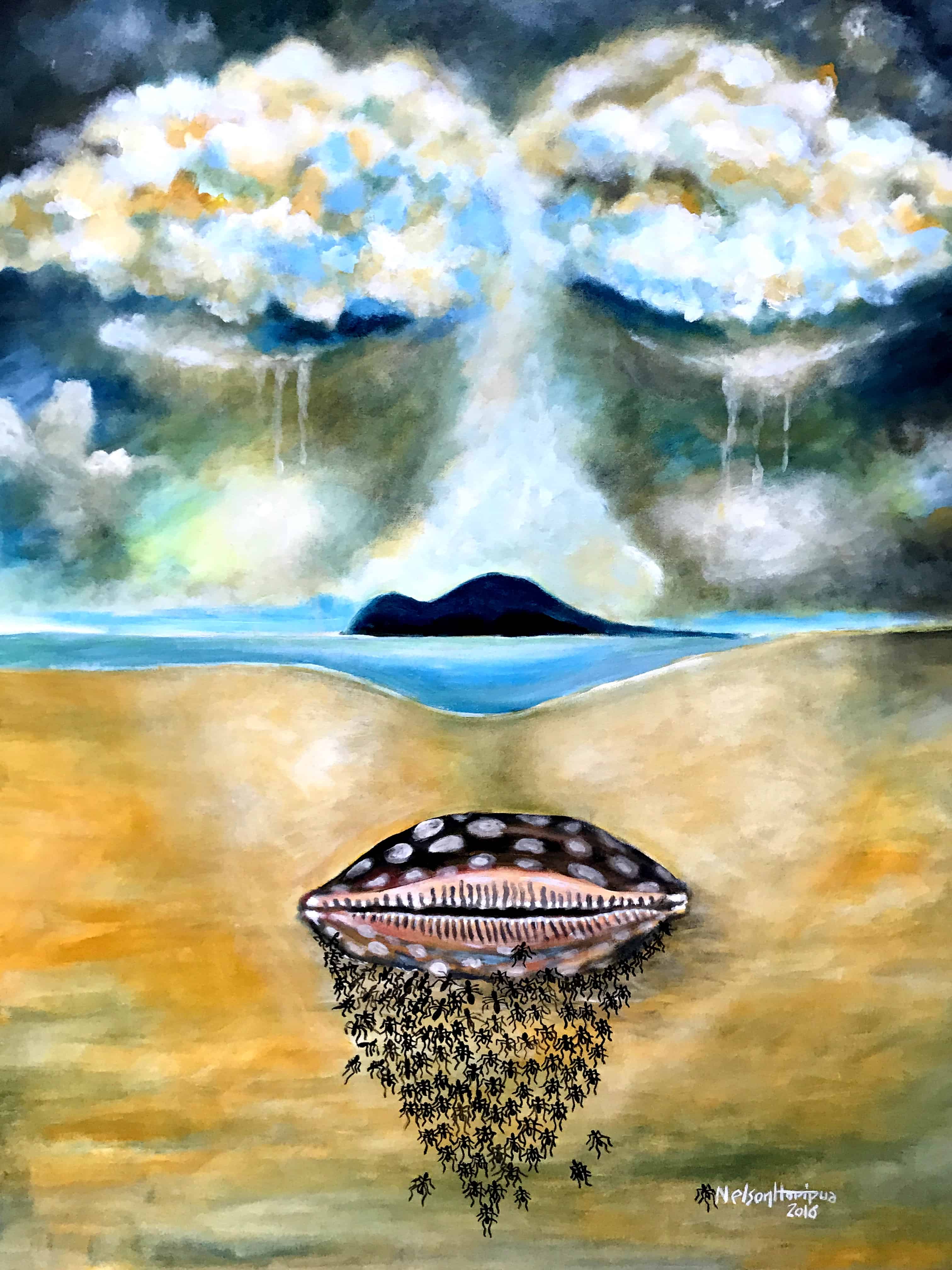
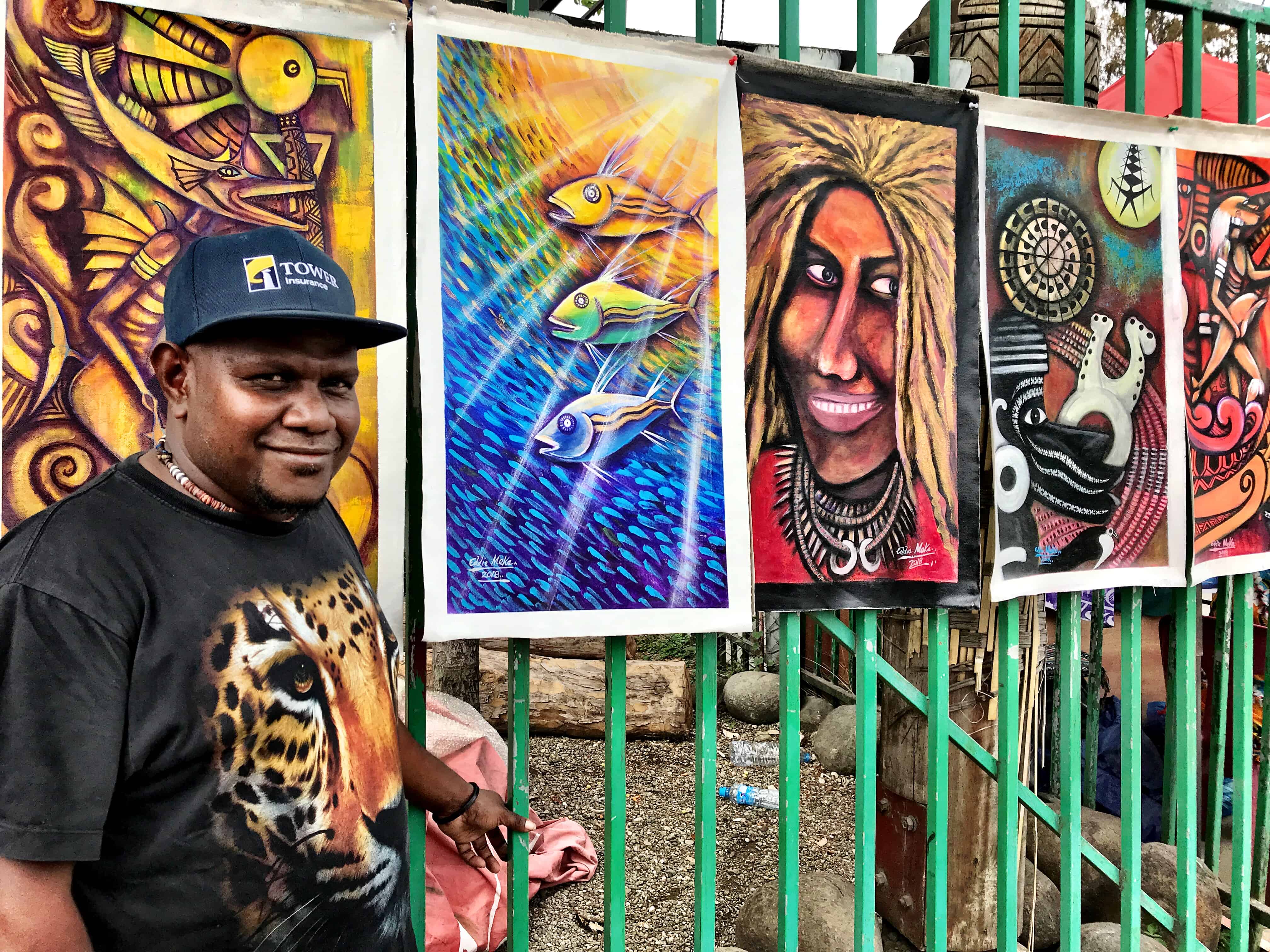
Eddie Meke just outside the National Gallery selling his work at a stall near the road in Honiara.
Ancient Ceremonial Shrines
The Solomon Islands are scattered with archaeological monuments including ancient ceremonial shrines. You can visit ancient hill forts on the tops of mountains, headhunting or skull shrines and other sites of important legends, such as Skull Island.
Unfortunately, some of the skulls who have been left there to be protected have been taken although some remain and local “spirit protectors” watch over the island to keep it in tact.
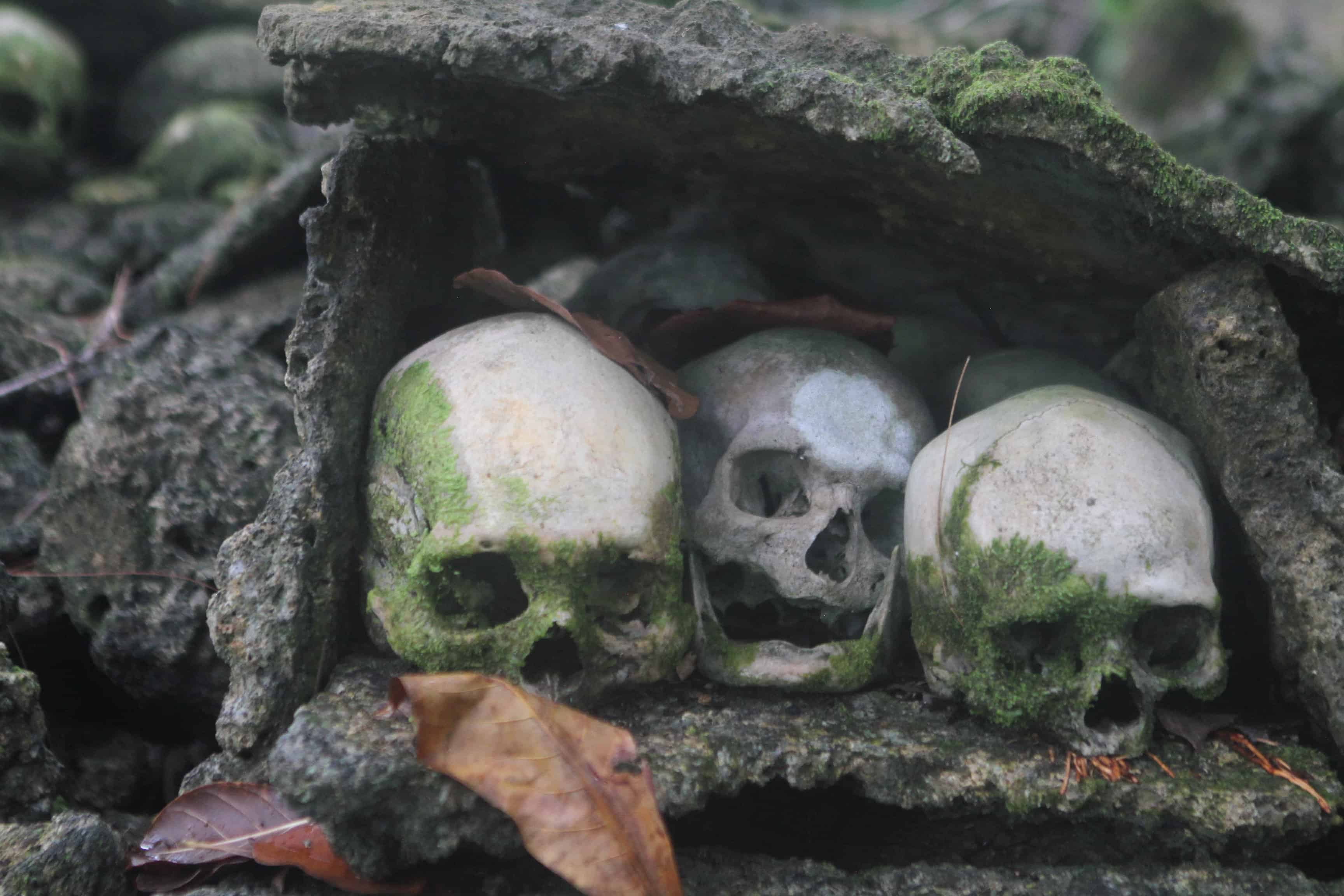
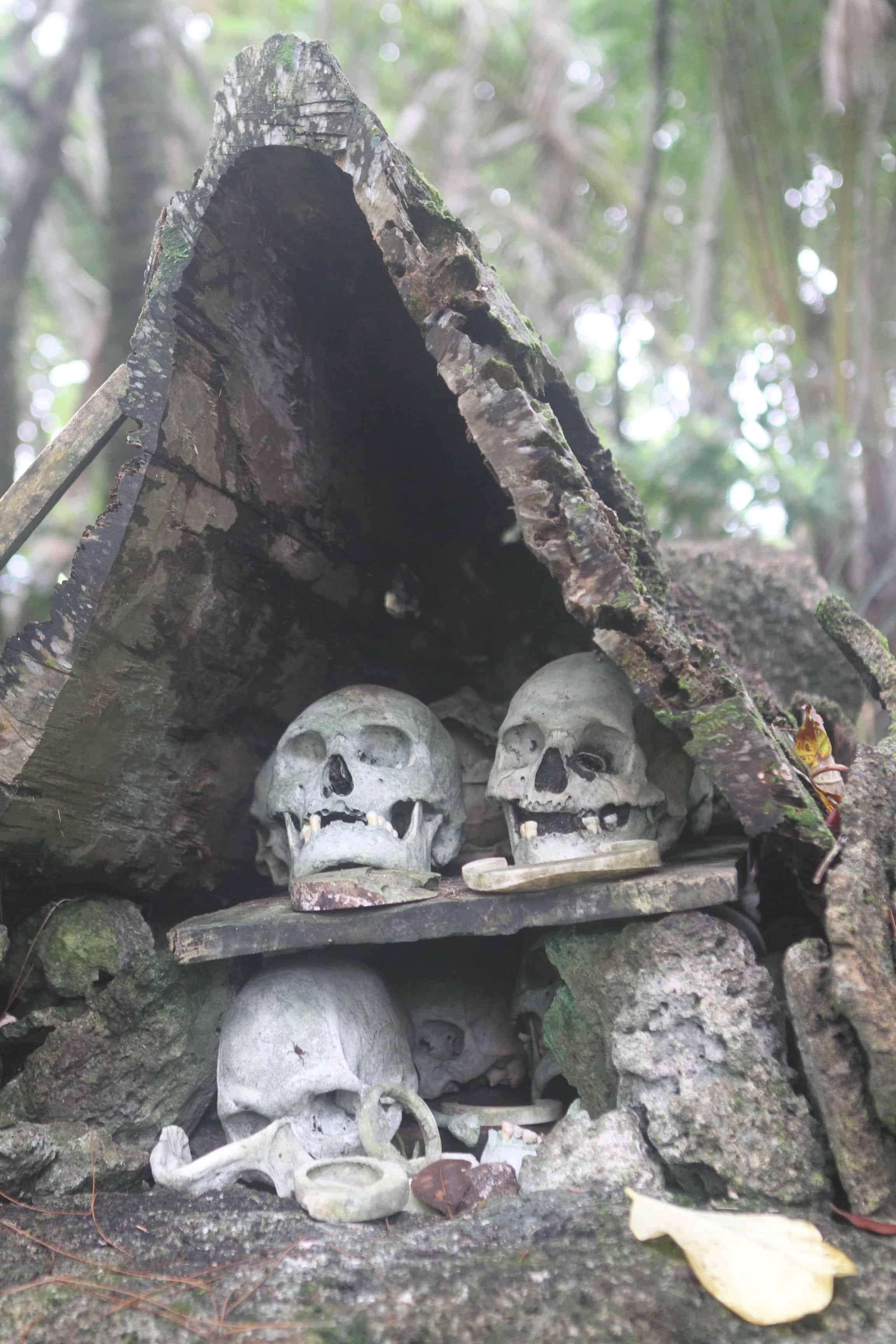
Skulls on Skull Island and in the shrines there

The shrine where many locals still pray and ask for luck in their life and to catch fish
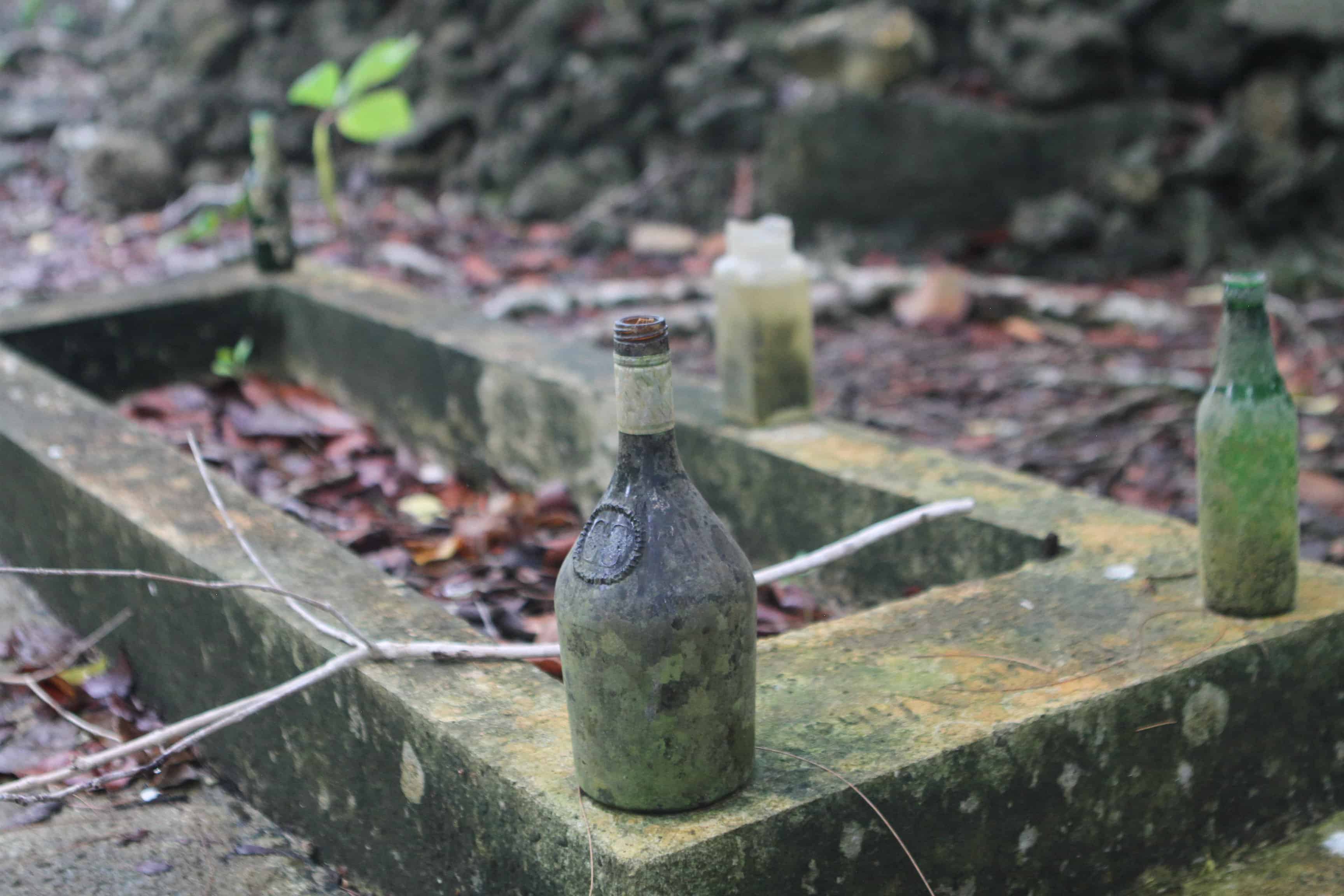
Remnants on Skull Island
Be sure to visit our Solomon Islands art summary for more information and photos.
Jewelry, Crafts & Shell Money
One of the things I really loved about the Solomon Islands art and artisan work was the jewelry and shell money, which is an integral part of the culture of the country. You can find shell money in strands and bunches on its own or as jewelry: necklaces, bracelets and earrings.
It’s hard to conjure up what shell money may “look like” if you haven’t grown up with it in your culture. Mostly, they are strings of polished shell beads, and they remain rich cultural items of worth across South East, East Asia and the South Pacific. Think of it as a form of currency that was used in the Solomon Islands before bank notes were introduced and held tremendous value.
Today, believe it or not, it is still used, but obviously has less credence than it once did. You can find it woven into jewelry that women wear as well. Below, some of the work at the Honiara market — displayed into a myriad of cultural icons and objects, like sea horses, fish and dolphins.
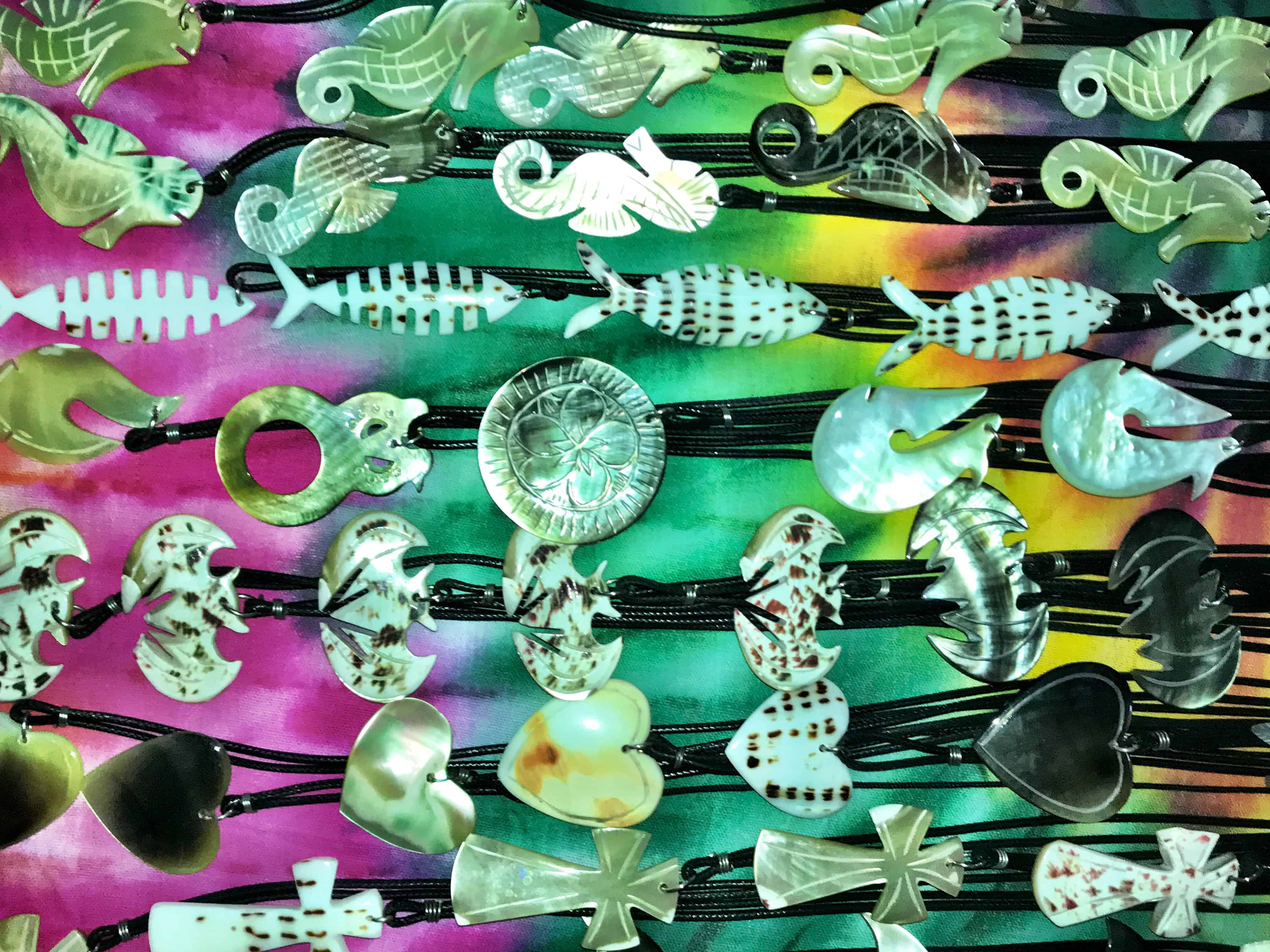
Above and below, artisan work of Honiara Market
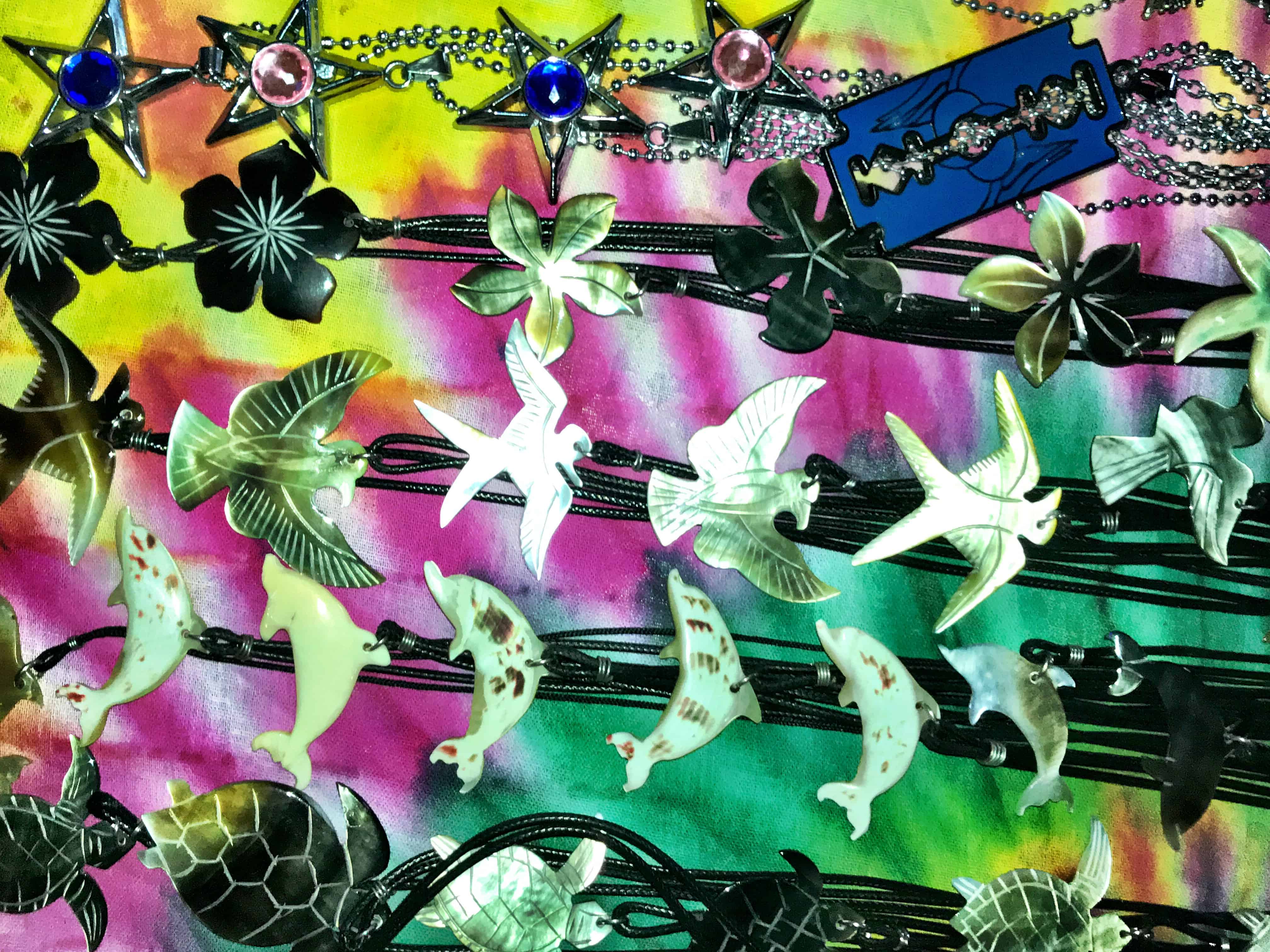

Some of the work is actually painted whereas others, raw as it comes from the sea and the land.
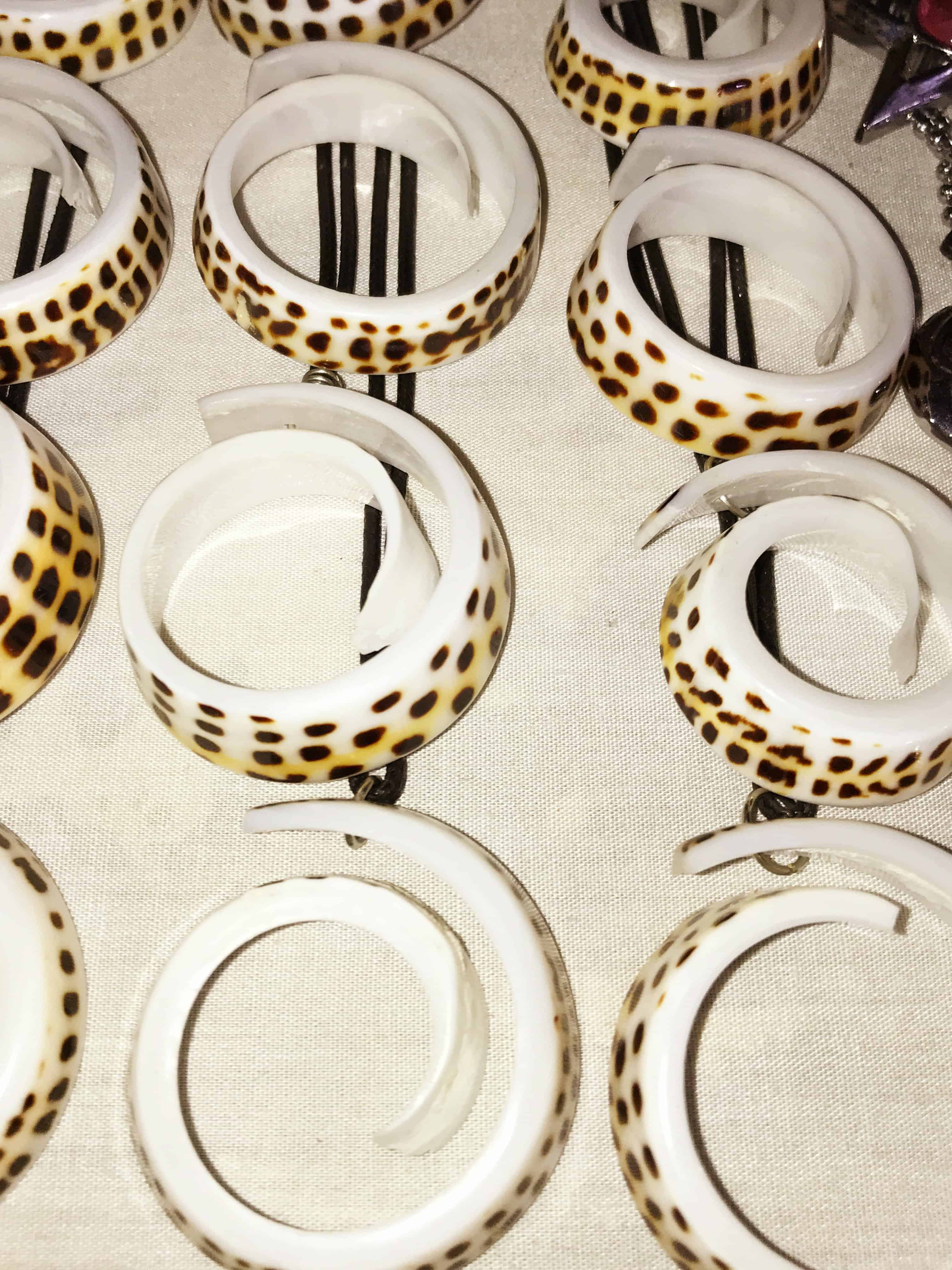
You can even find hairpins as well as other unique but useful items made from shells and stones
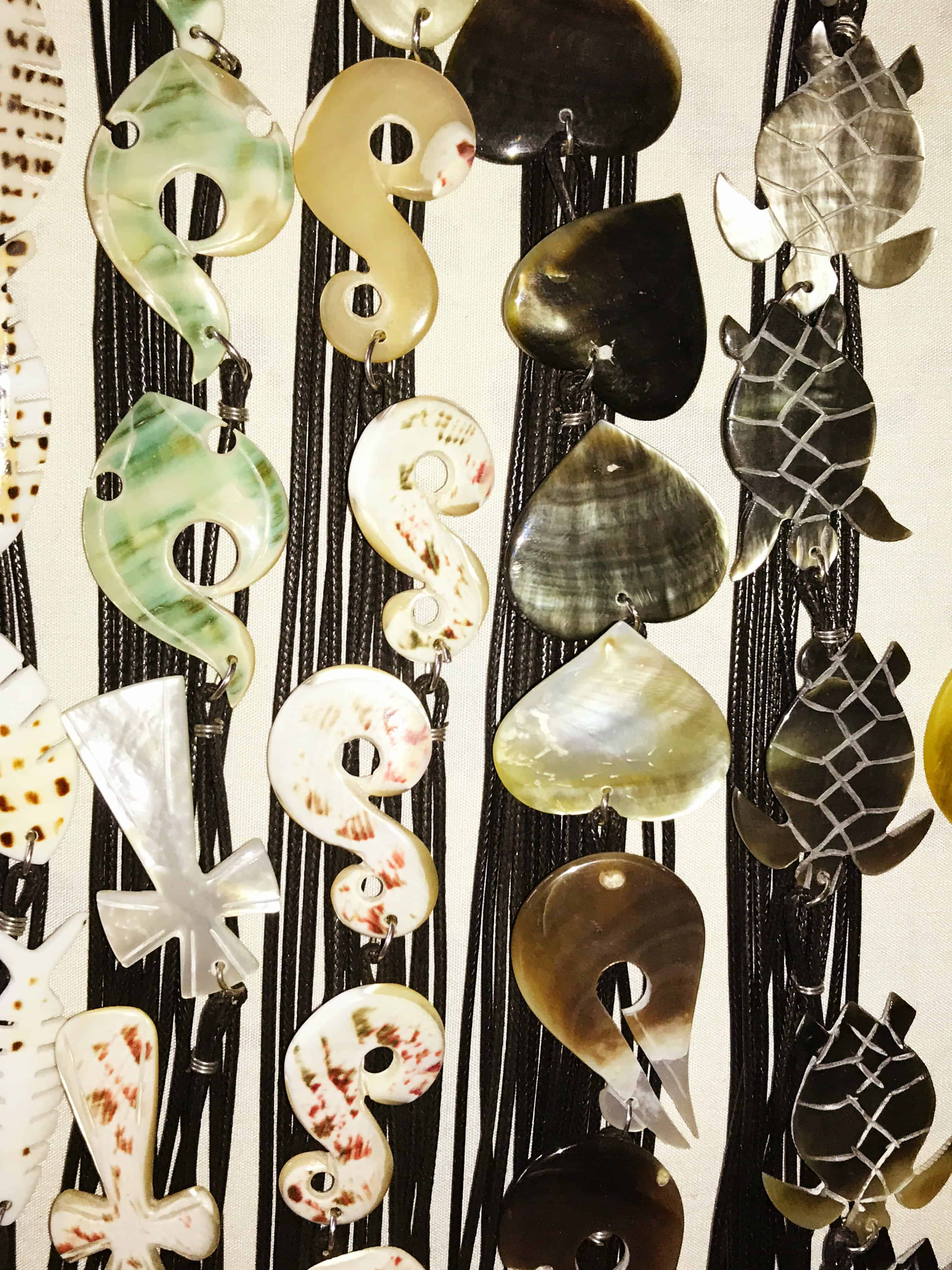
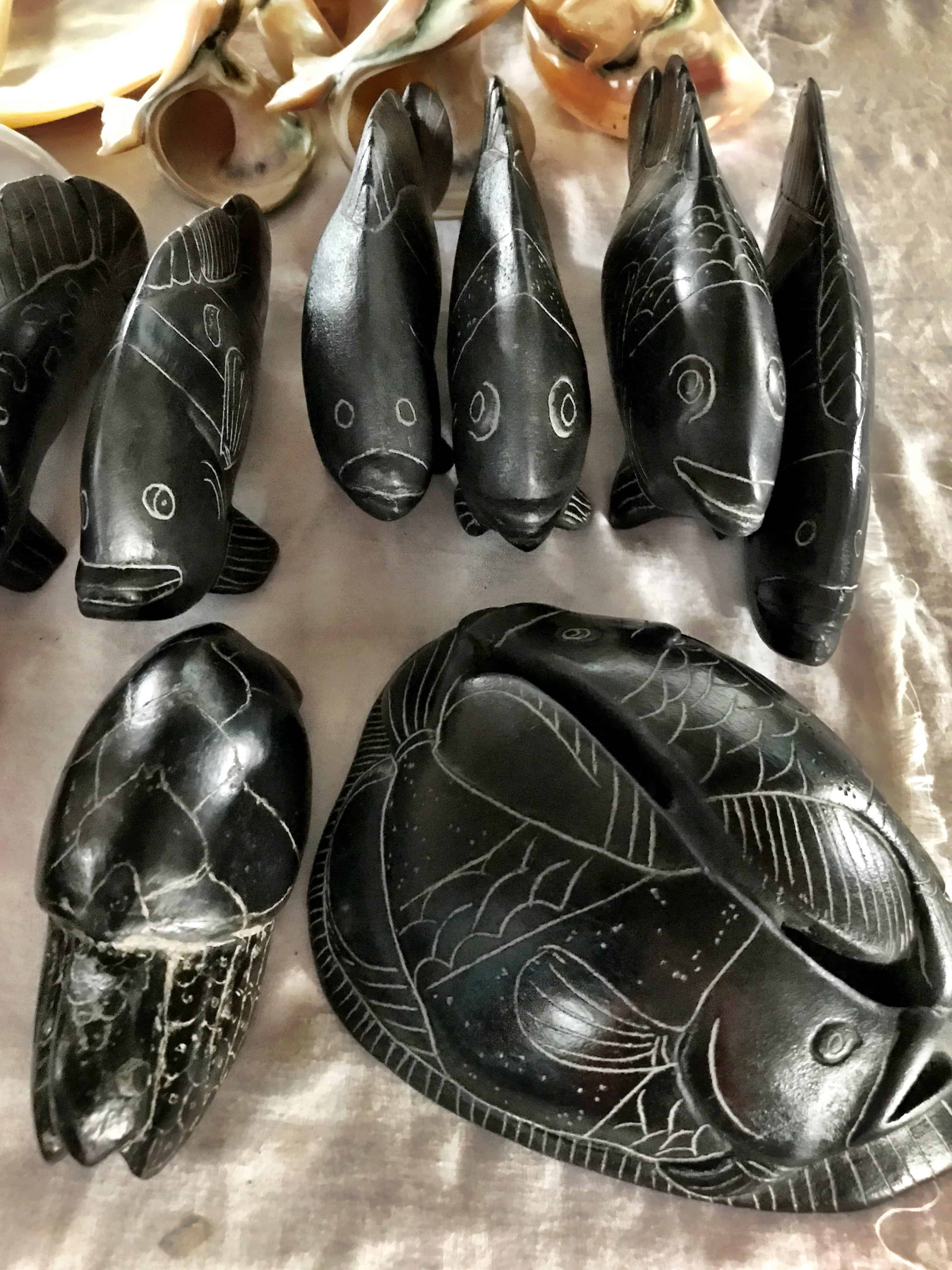
Even clown fish, which you can see under the water frequently when you snorkel or dive in the Solomon Islands
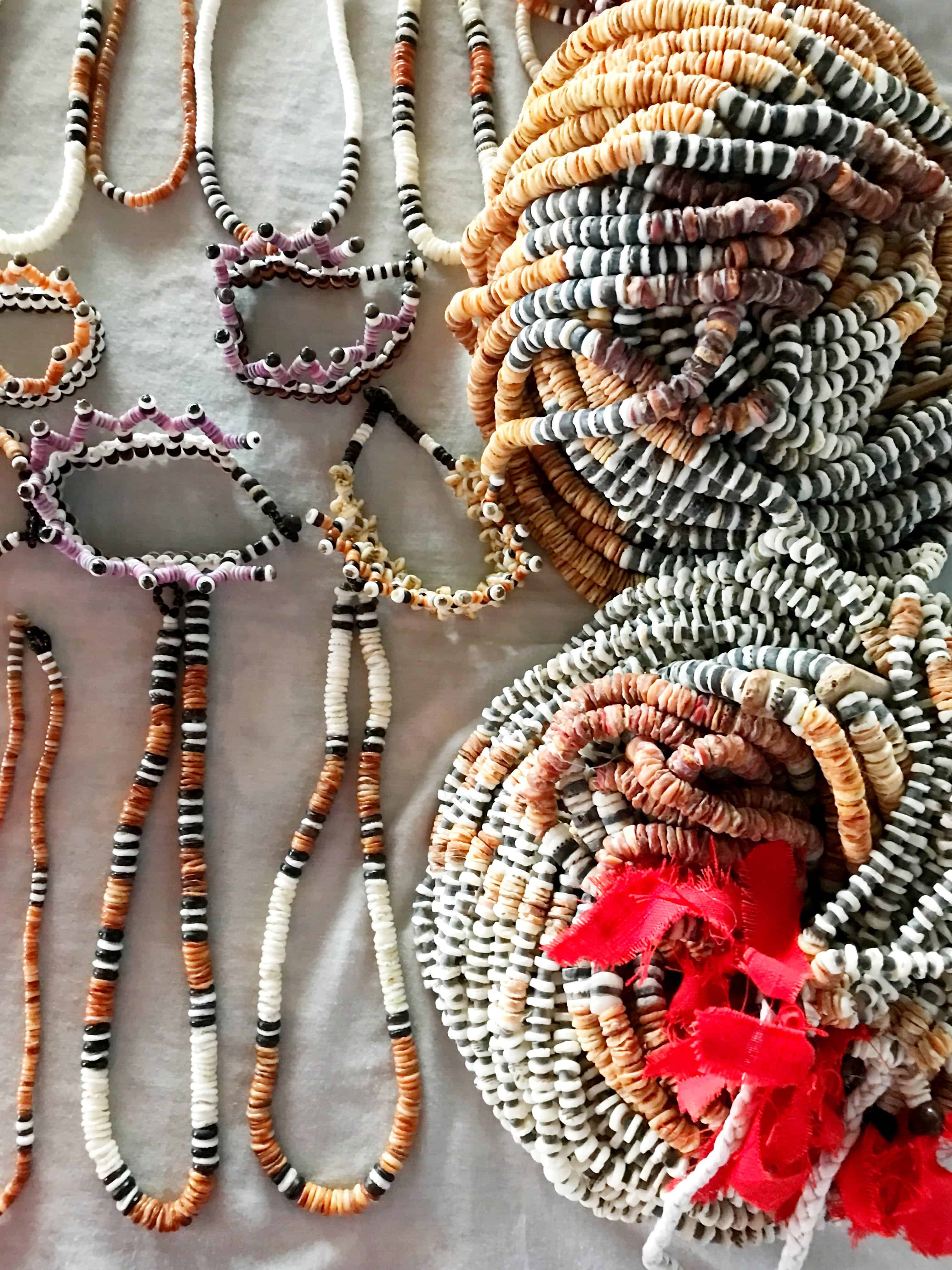
Beautiful necklaces to the right. To the right, shell money sold in heaps on their own.
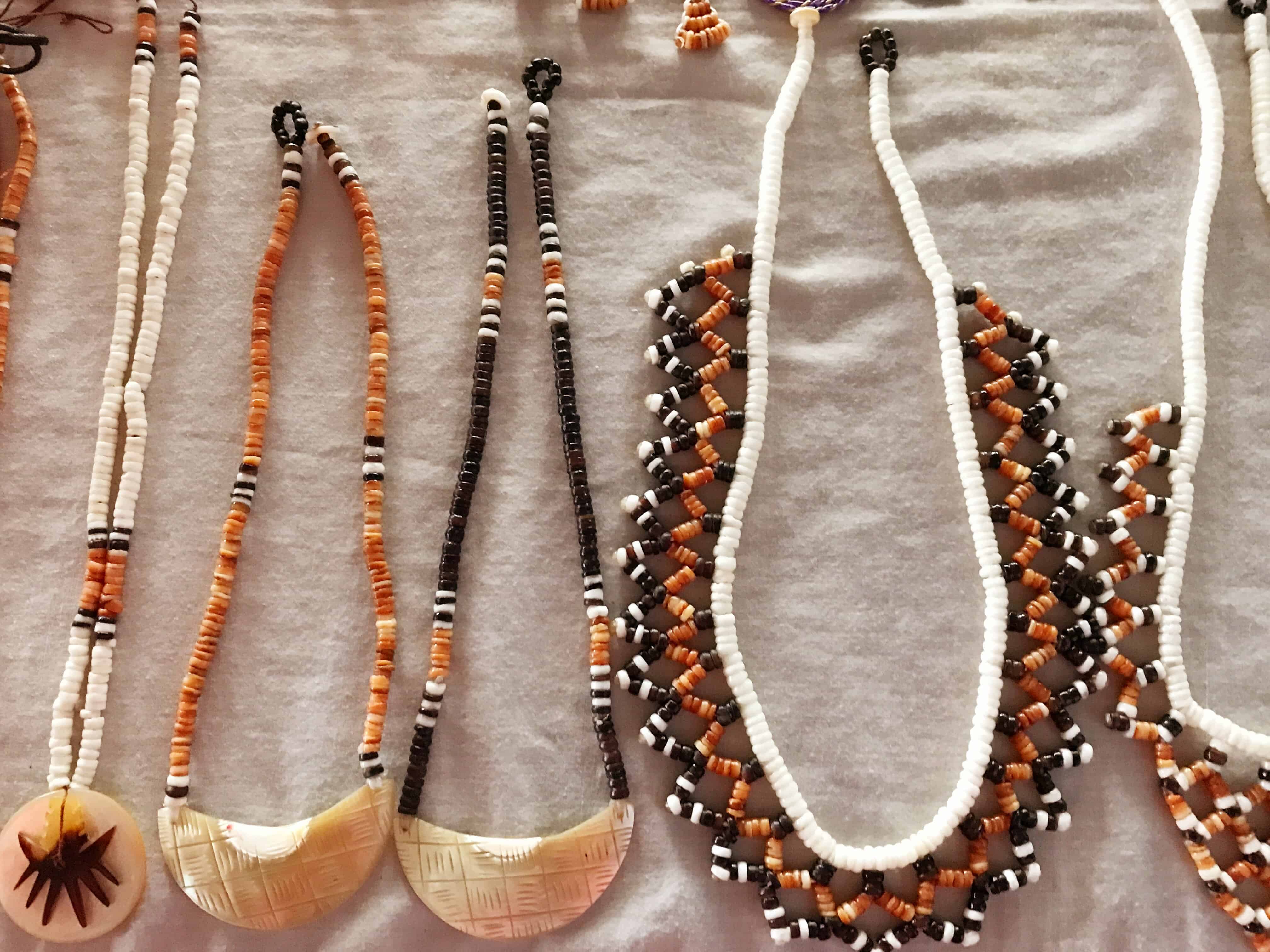
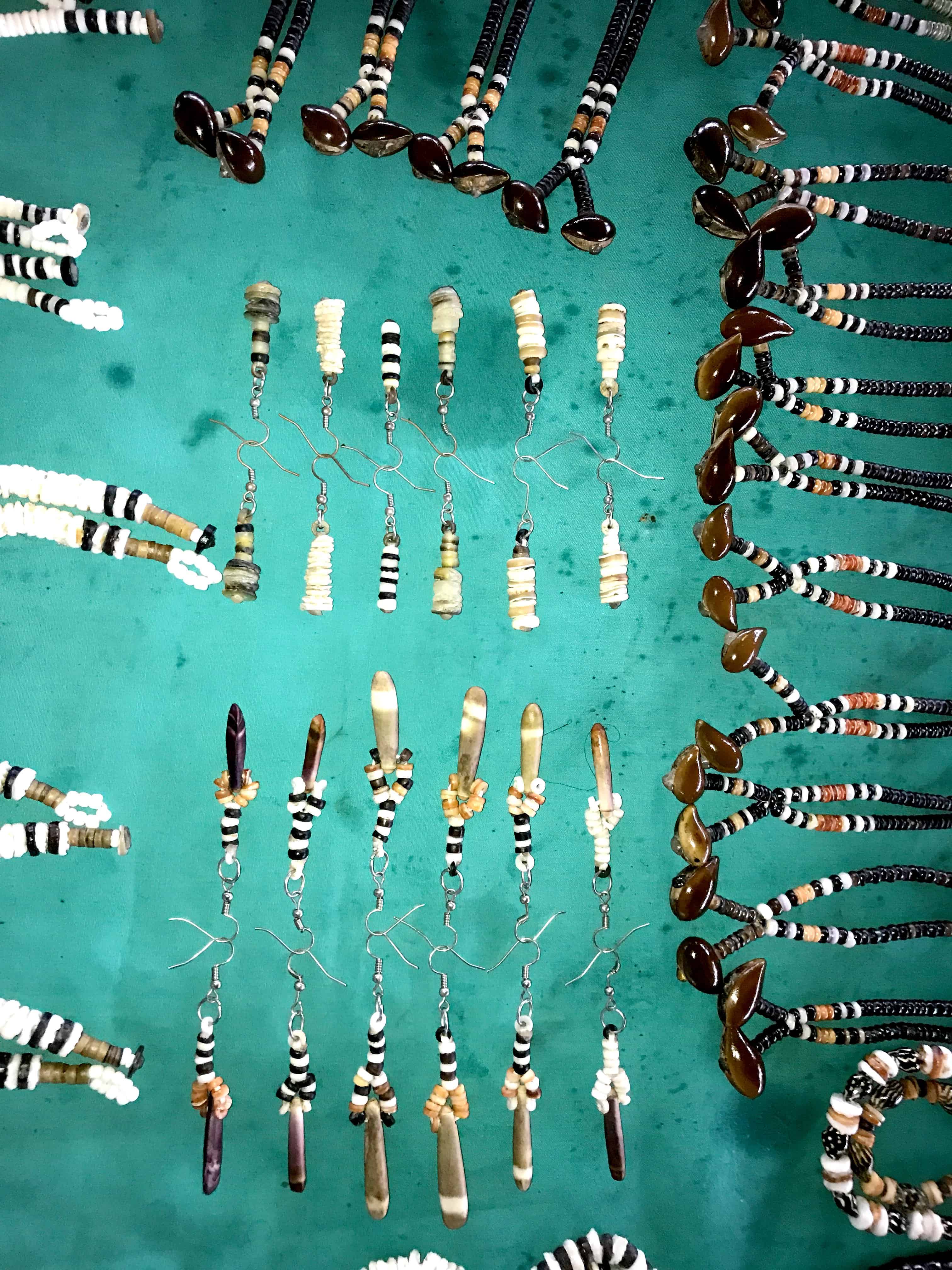
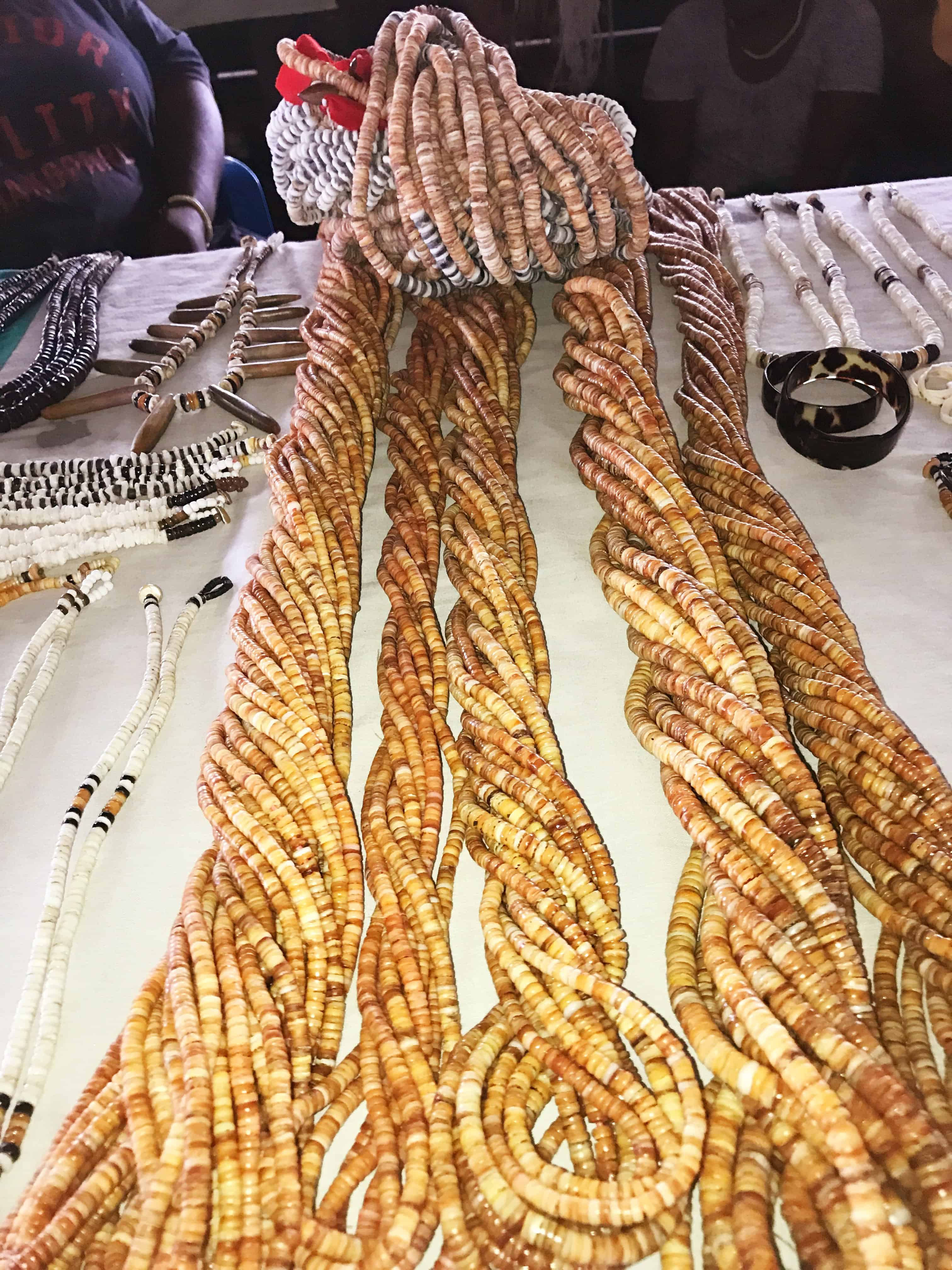
Strands after strands, you can get lost in the Honiara market for hours

Intricate and beautiful work will have you at hello
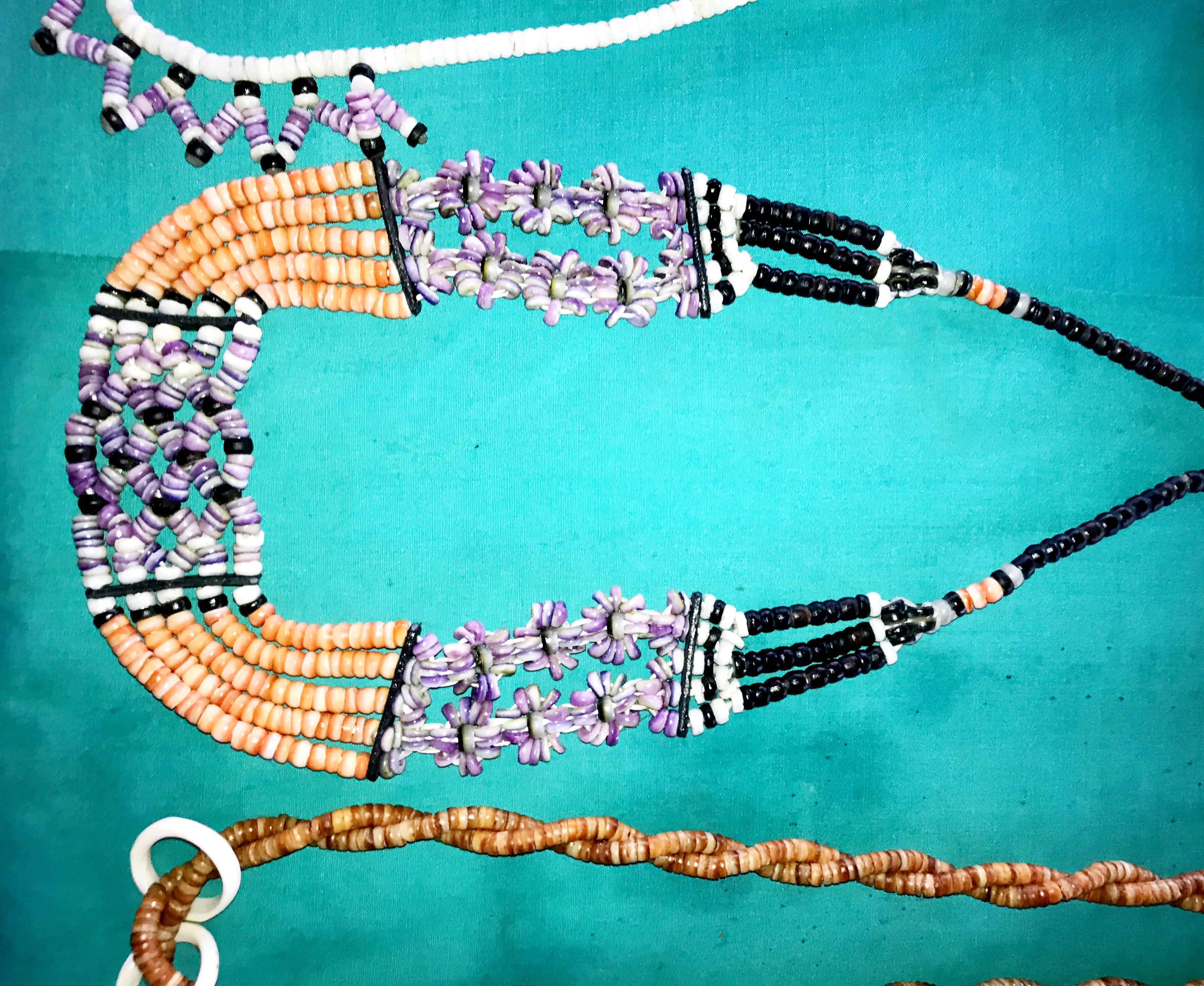
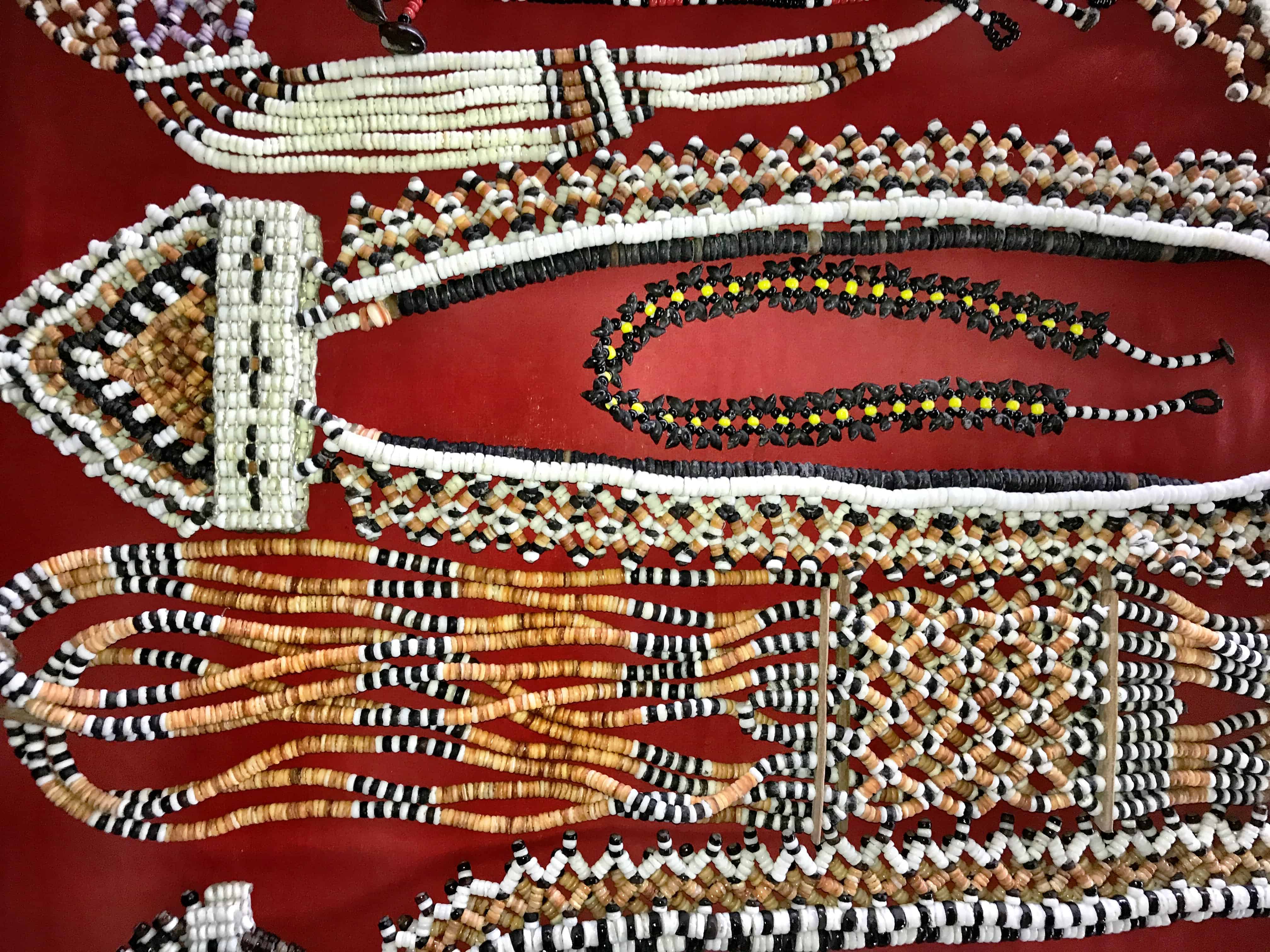

Shell necklaces, bracelets and earrings come in plain white or black and others painted. The natural shell material dominates however in most cases.
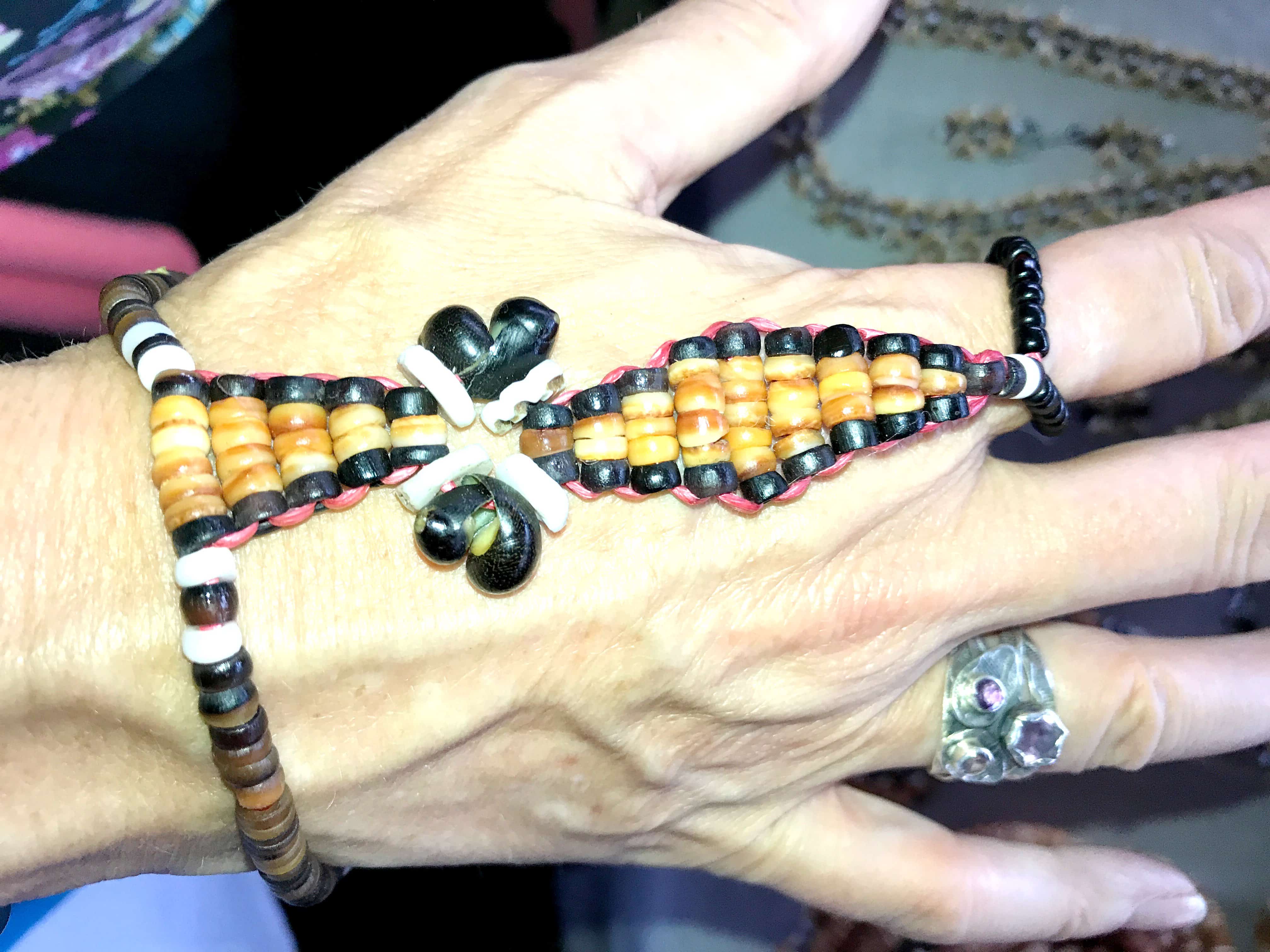
Can’t believe I didn’t leave with this interesting creation — it’s so beautiful right?
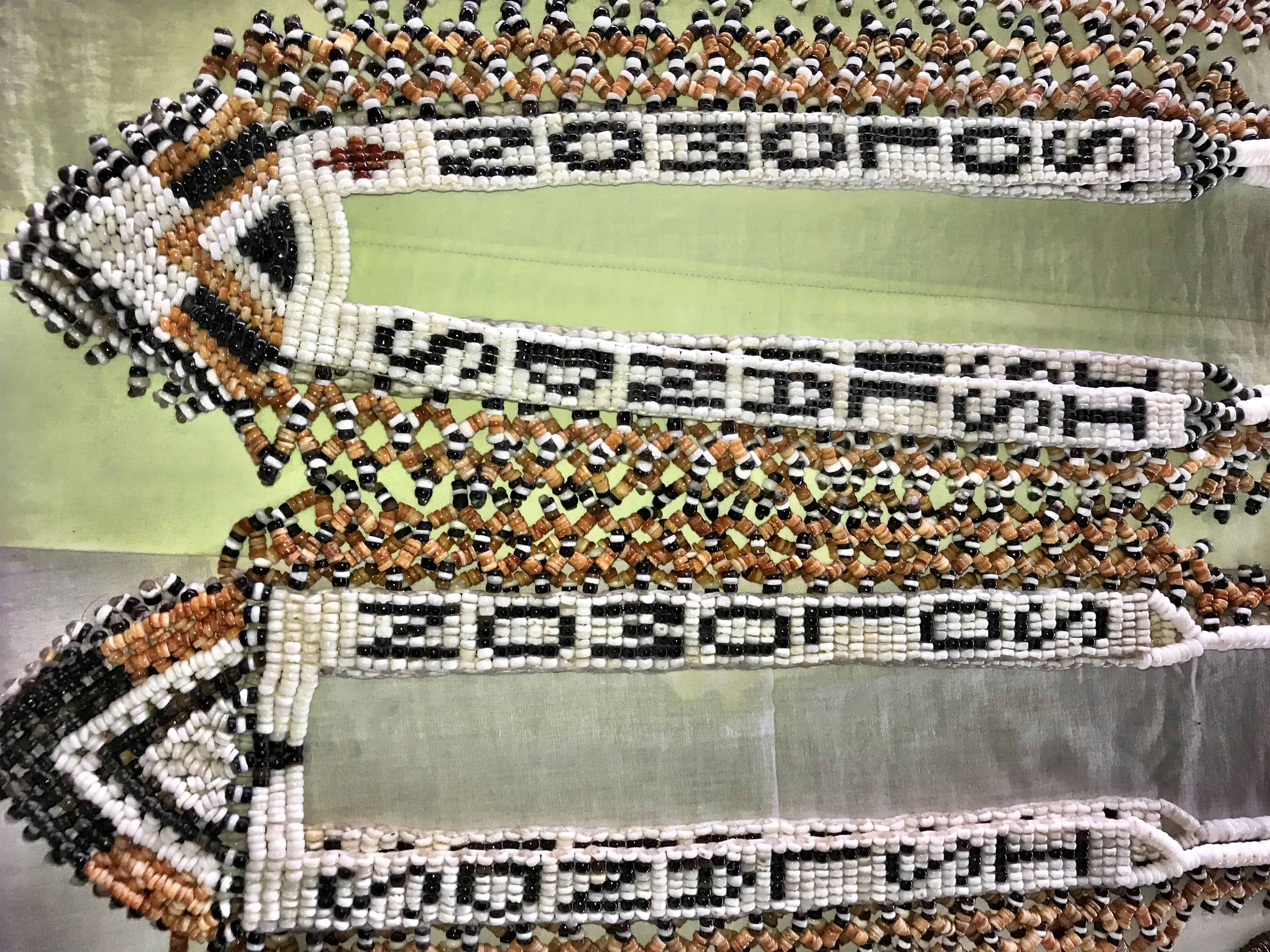
These make great souvenirs of the Solomon Islands
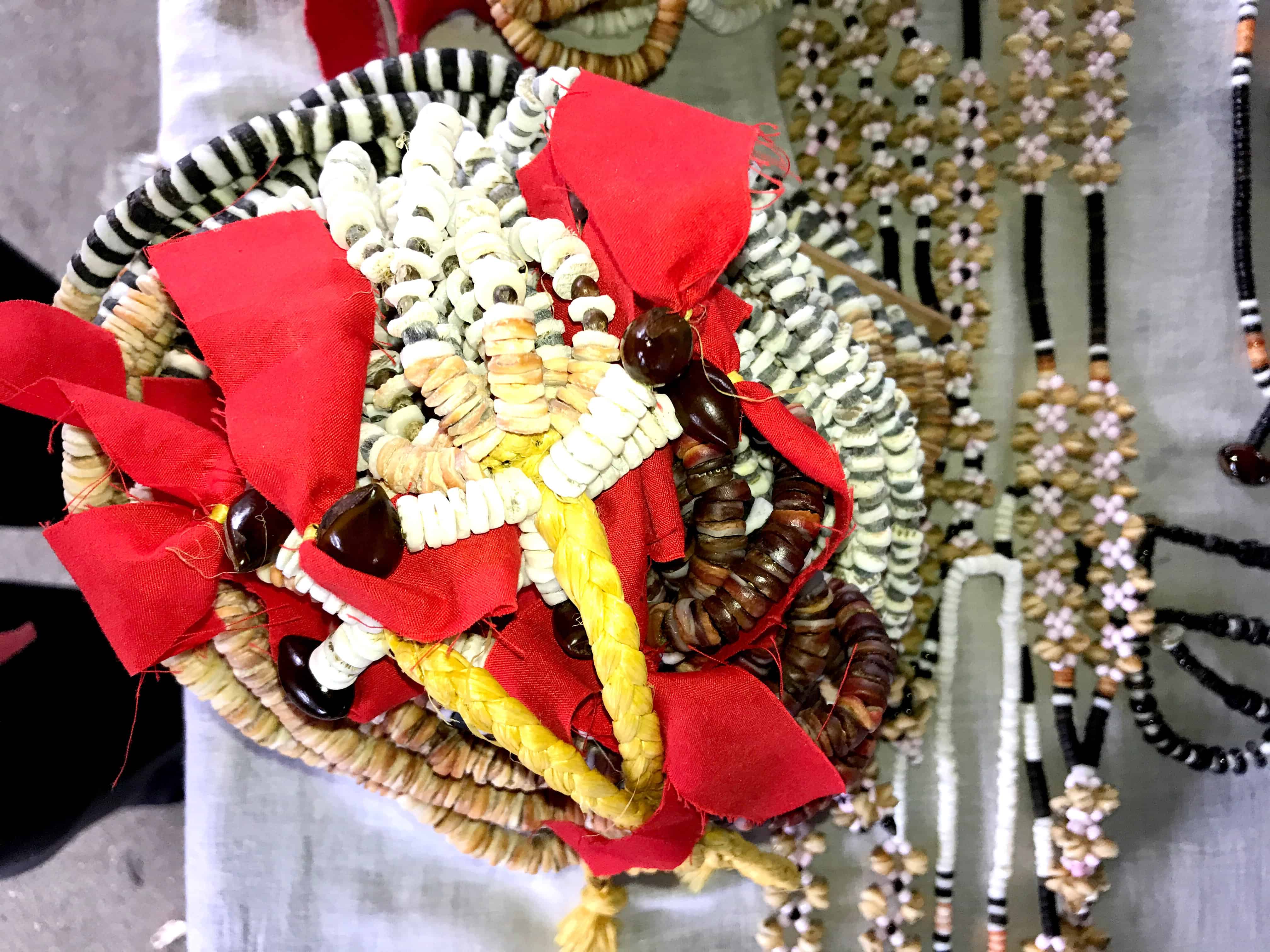
Heaps of Solomon Islands shell money
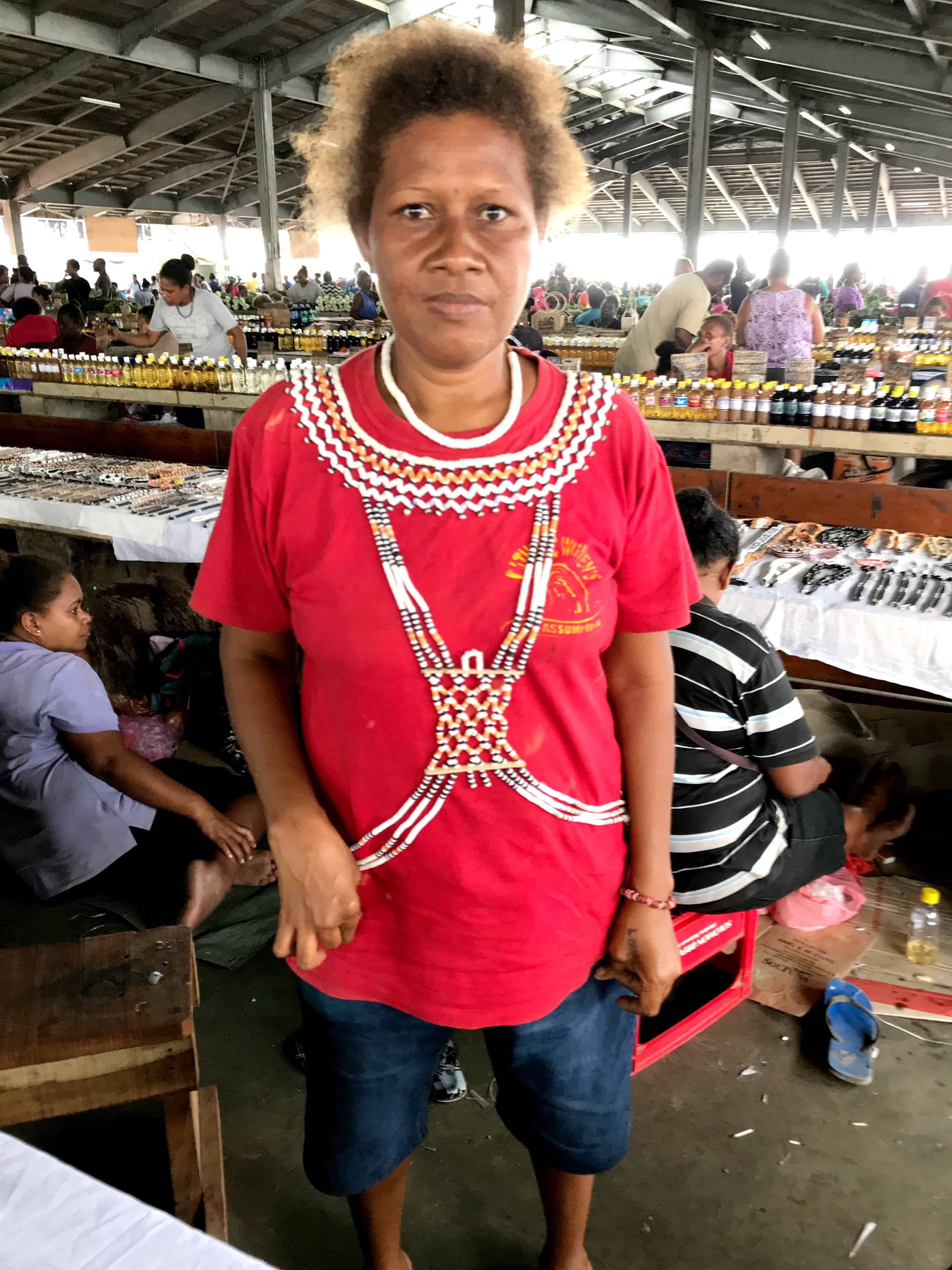
Showing us how some of the pieces are worn, for example in traditional ceremonies or for special occasions
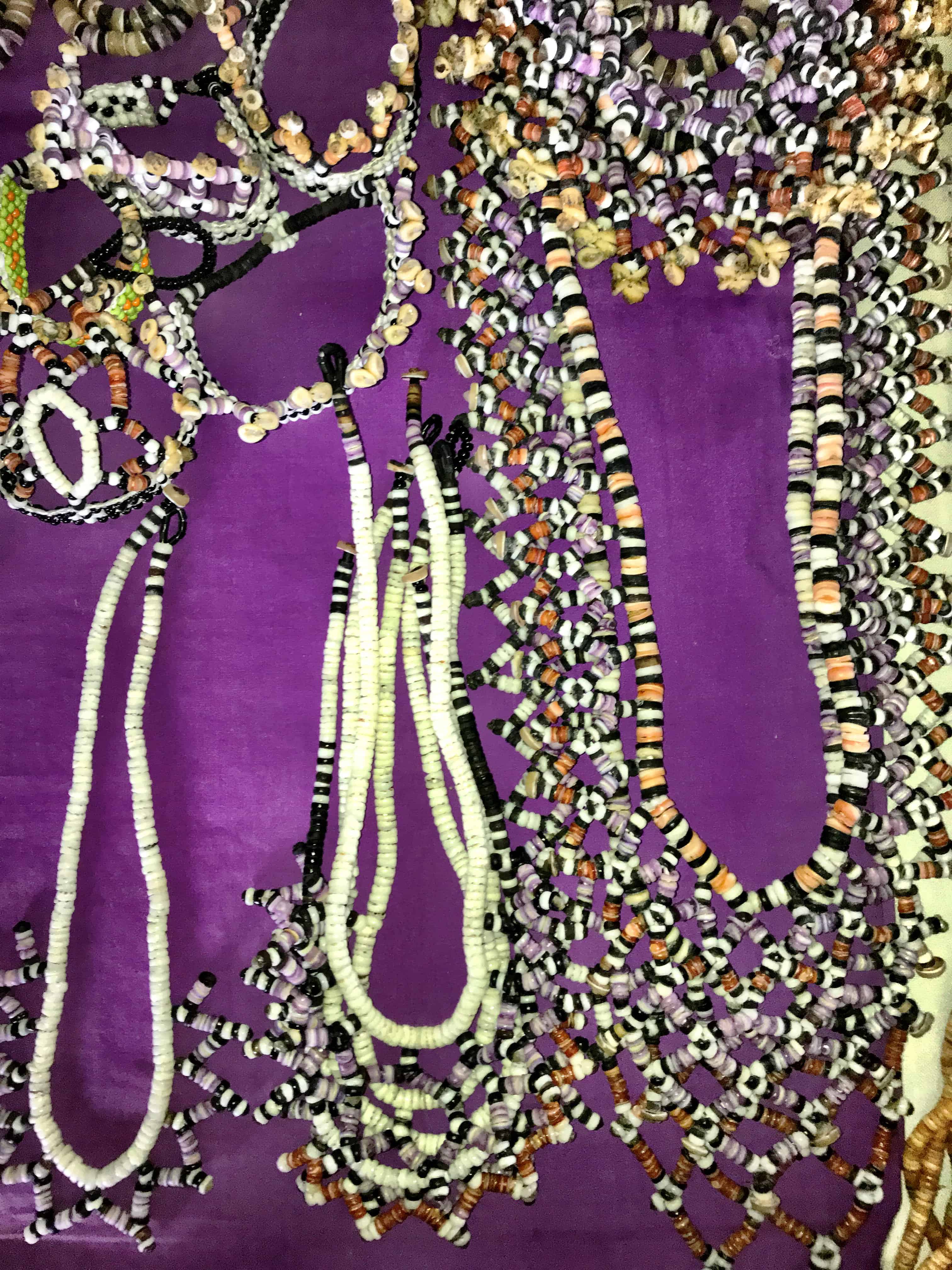
Hiking to Waterfalls
If you love hiking and nature, walking to some of their luscious waterfalls where you can also swim and picnic is a “must.”
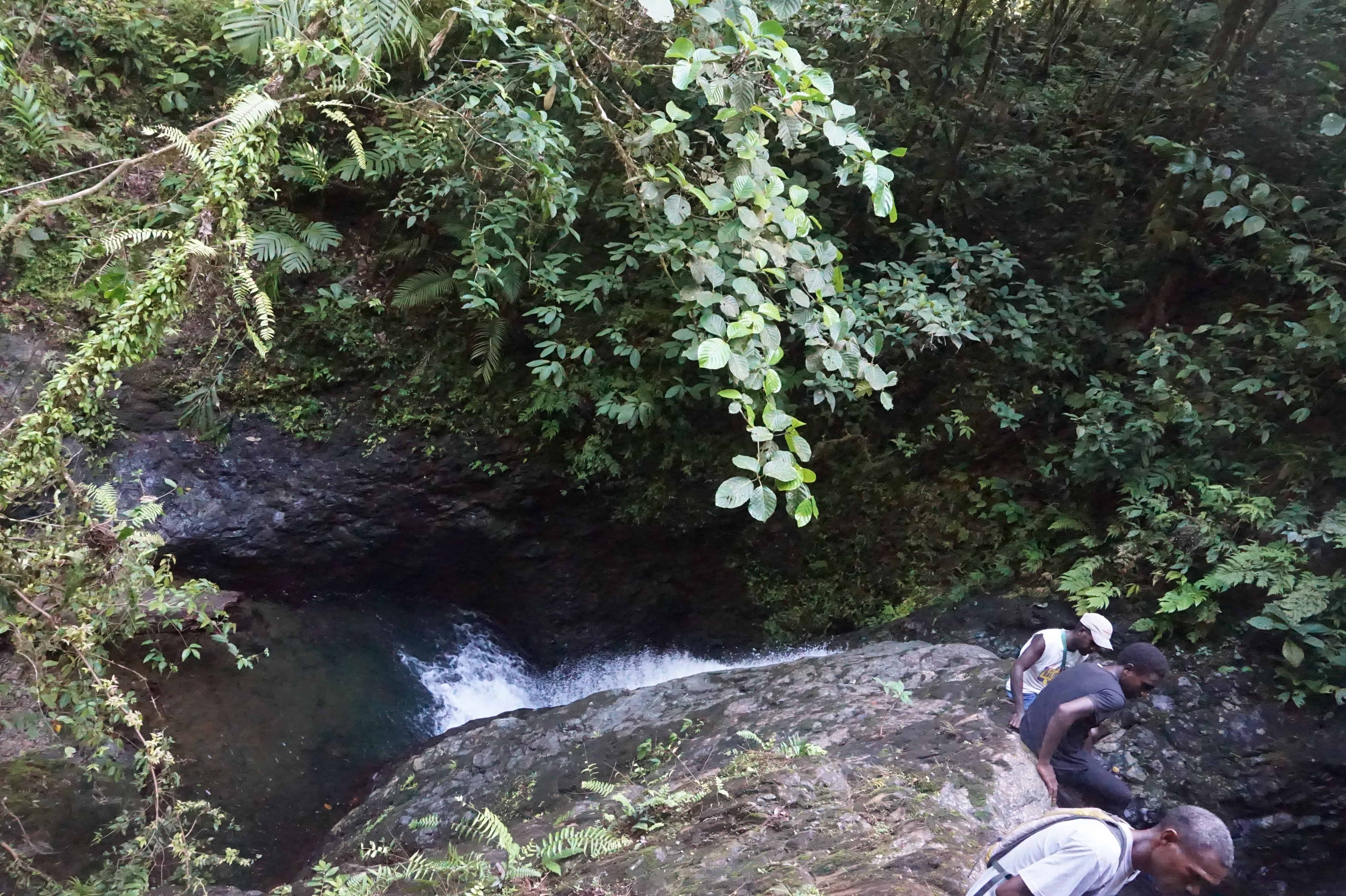
Rivers and waterfalls abound in the Solomon Islands
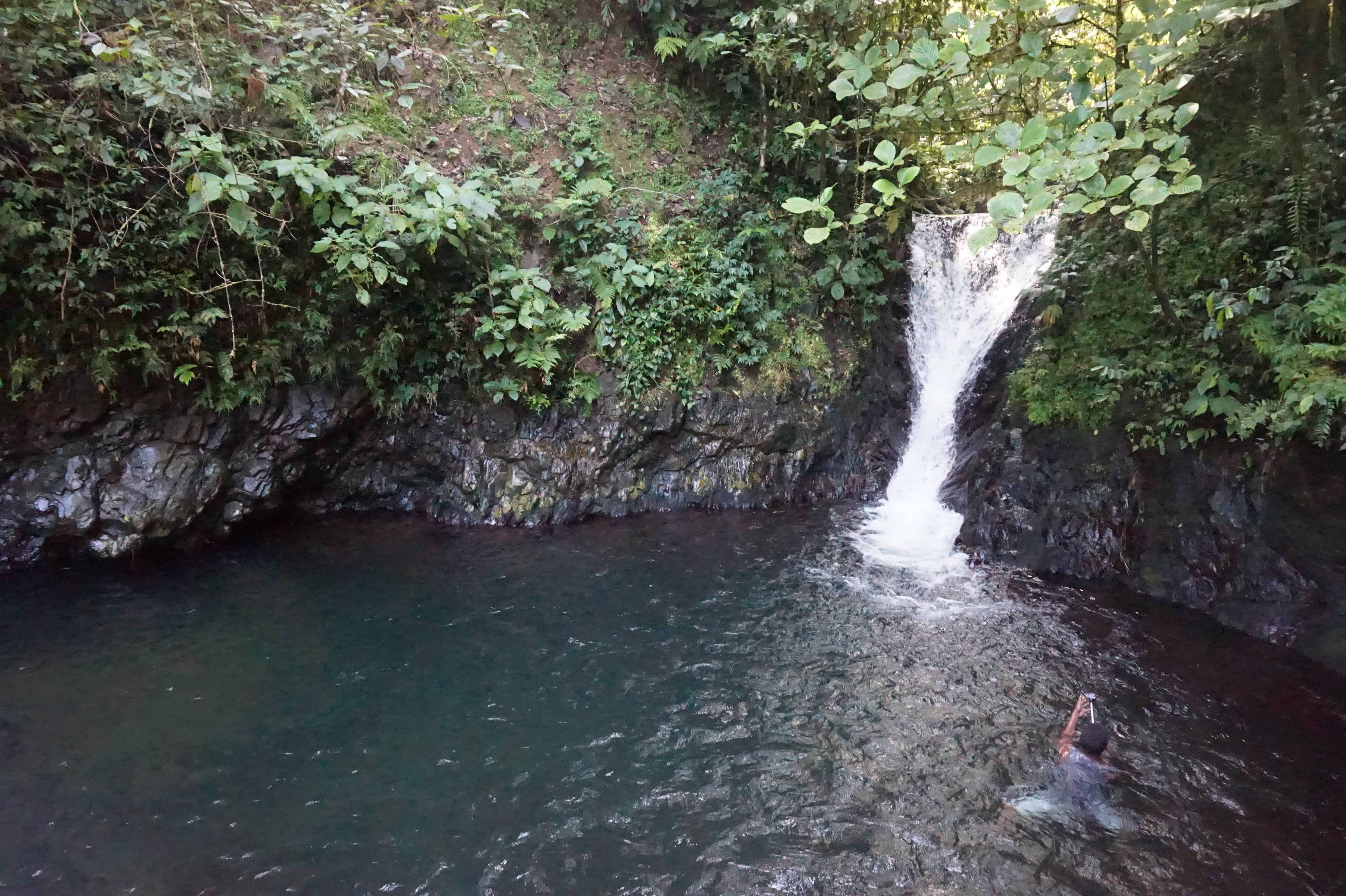
The beauty of waterfalls in the Solomon Islands

Pure natural bliss

Underwater Volcano
While I didn’t have a chance to do this, you can visit Kavachi’s underwater volcano in the south of Ngatokae, which is located in the Western Province.
Savo Island for Dolphins & Surfing
On Savo Island, you can see plenty of dolphins, and who doesn’t love to see dolphins? While I’m not a surfer, the Solomon Islands offers plenty of opportunities to surf. When we got off the plane in Honiara, I saw plenty of boards coming down the luggage belt at the airport.
Some of the top surf hideaways include the Lau Lagoon in Malaita or Tagovave on Guadalcanal’s Weathercoast, which is where we spent some of our time. Papatura is also a popular and beautiful place to surf.
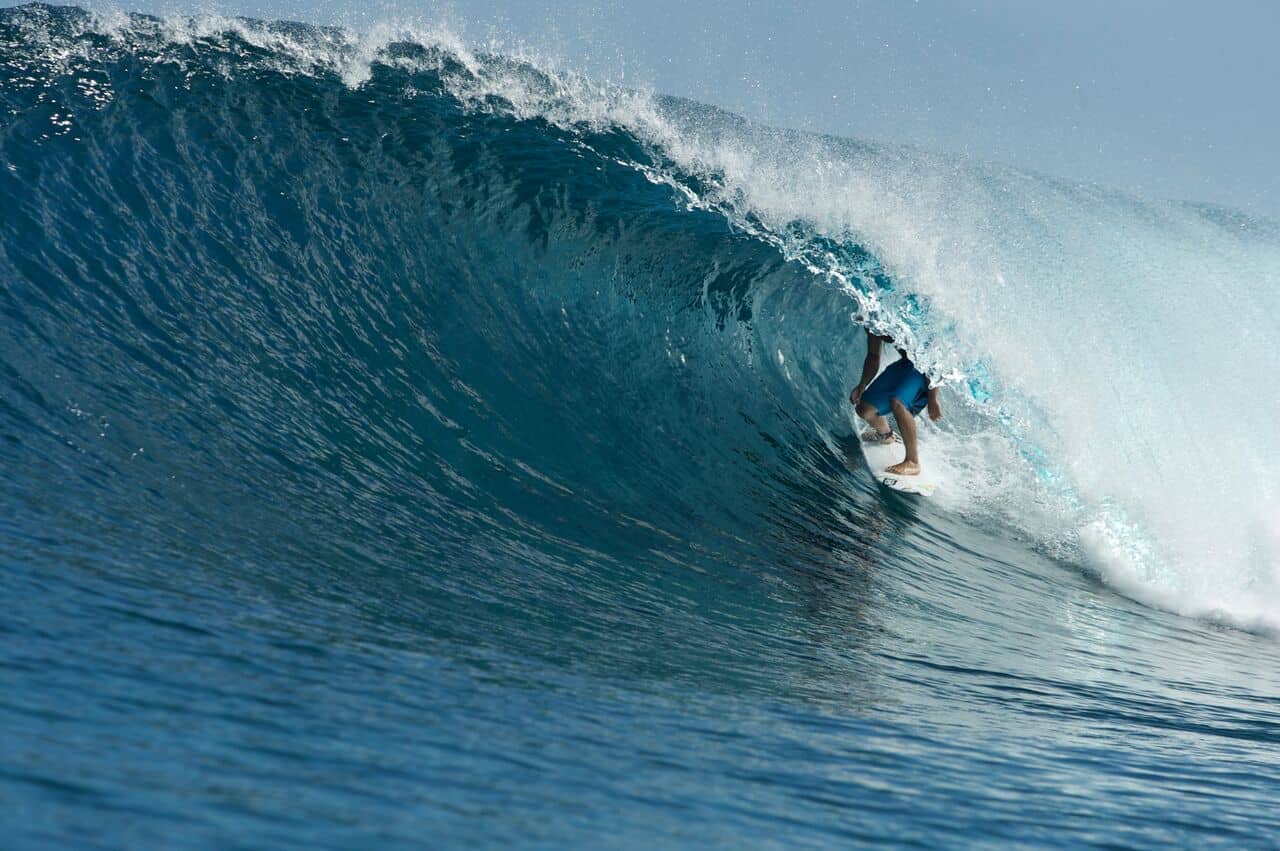
Surfing in the Solomon Islands, credit: Solomon Islands Tourism
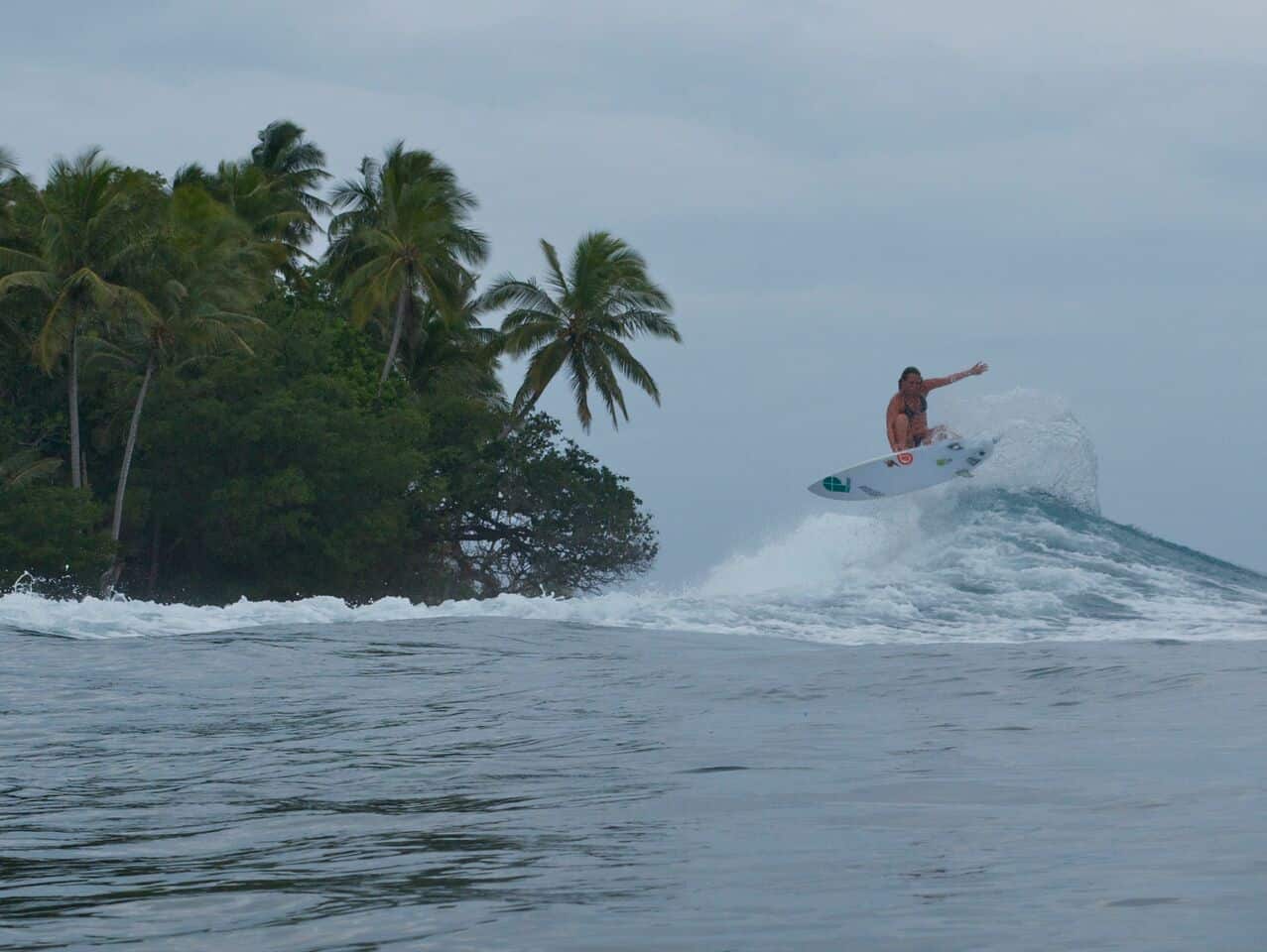
Surfing in the Solomon Islands, courtesy Solomon Islands
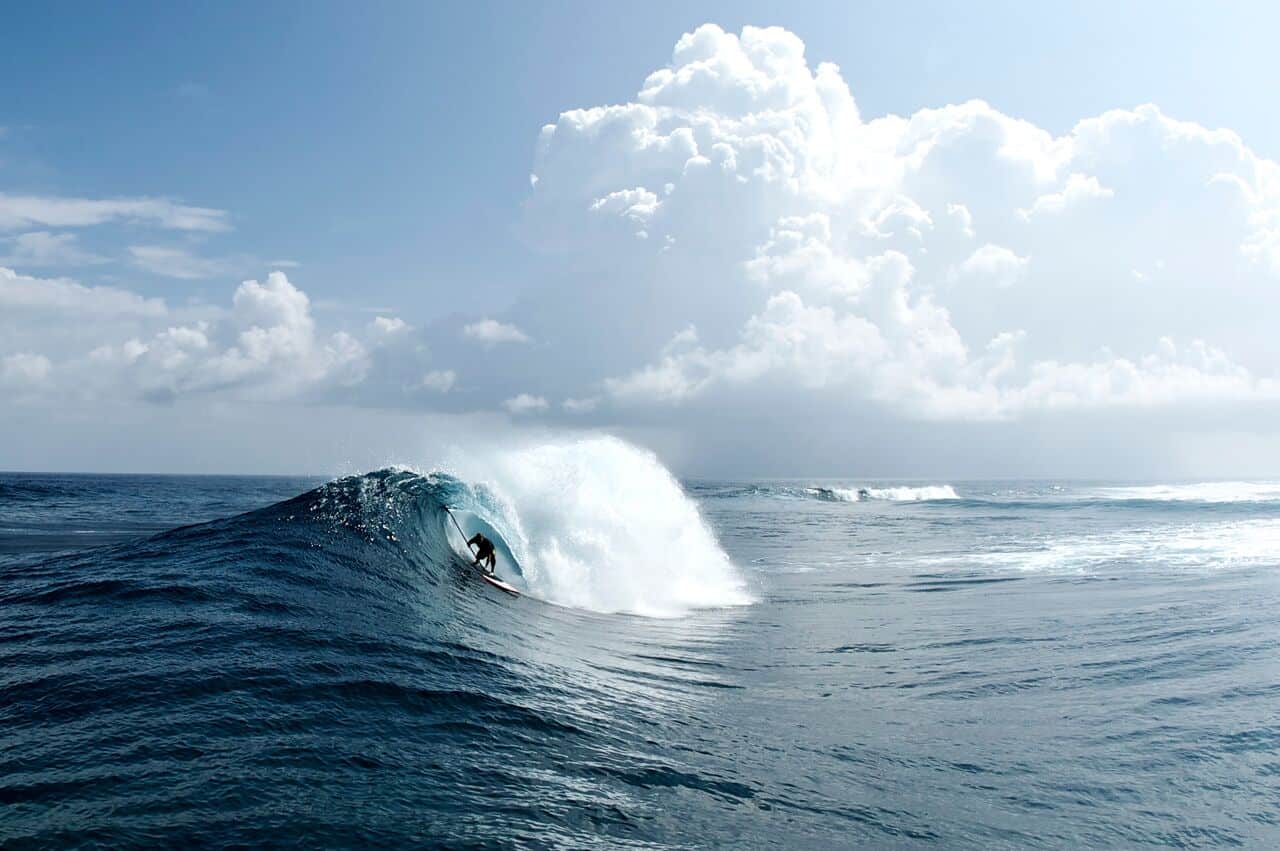
Surfing, courtesy of the Solomon Islands Tourism Board

Surfing in the Solomons: courtesy, Solomon Islands Tourism Board
Domestic Flights for Views from Above
We took several local flights on Guadalcanal, which we loved largely because the views were so spectacular. We flew a combination of Solomon Islands Airways and smaller puddle jumpers, some of which land on grassy patches in the middle of nowhere. The beauty of this of course is that you’re remote and away from the crowd and noise.
Below are some of the views we witnessed during some of our flights. Nothing short of breathtaking, right?



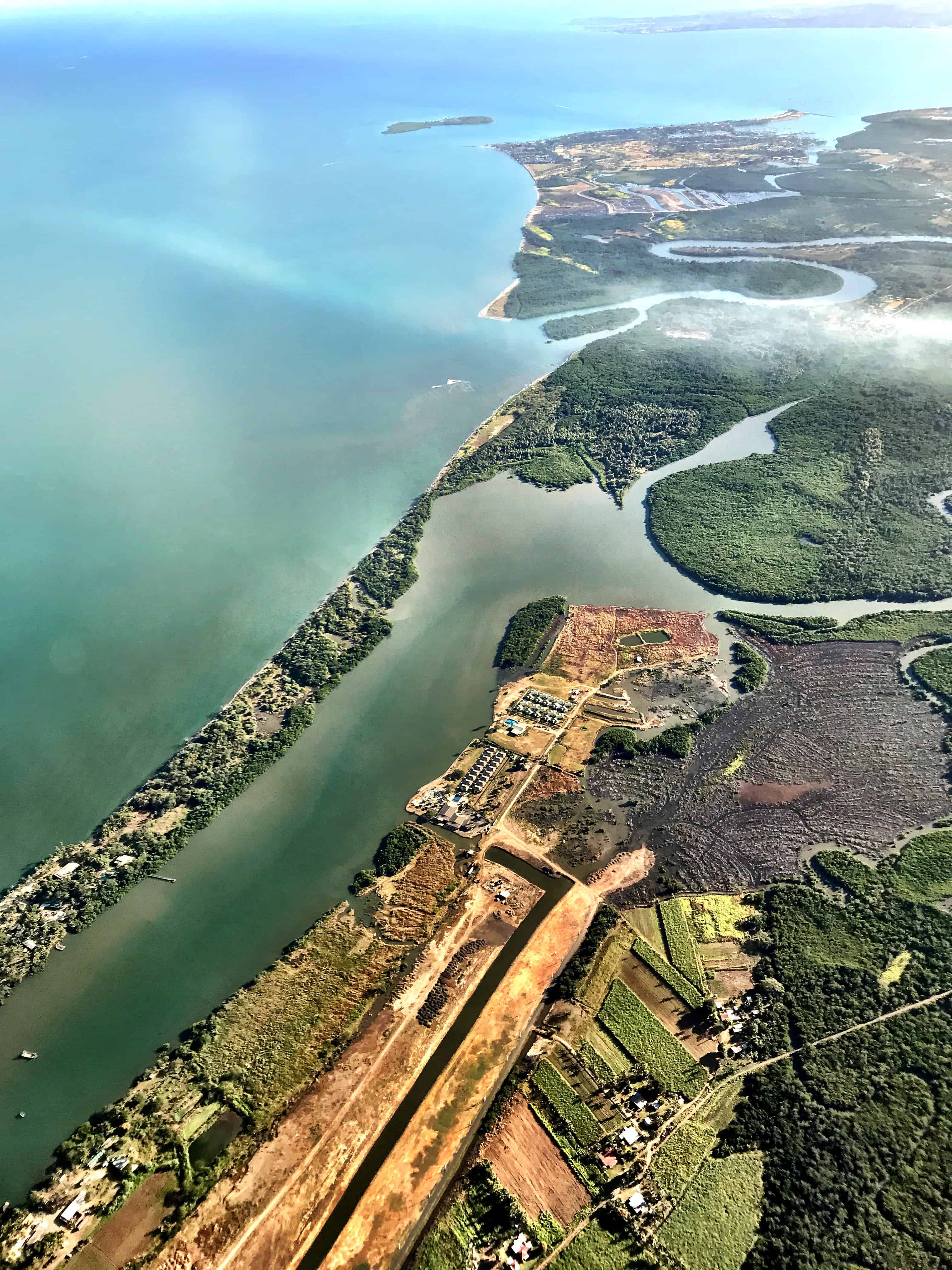



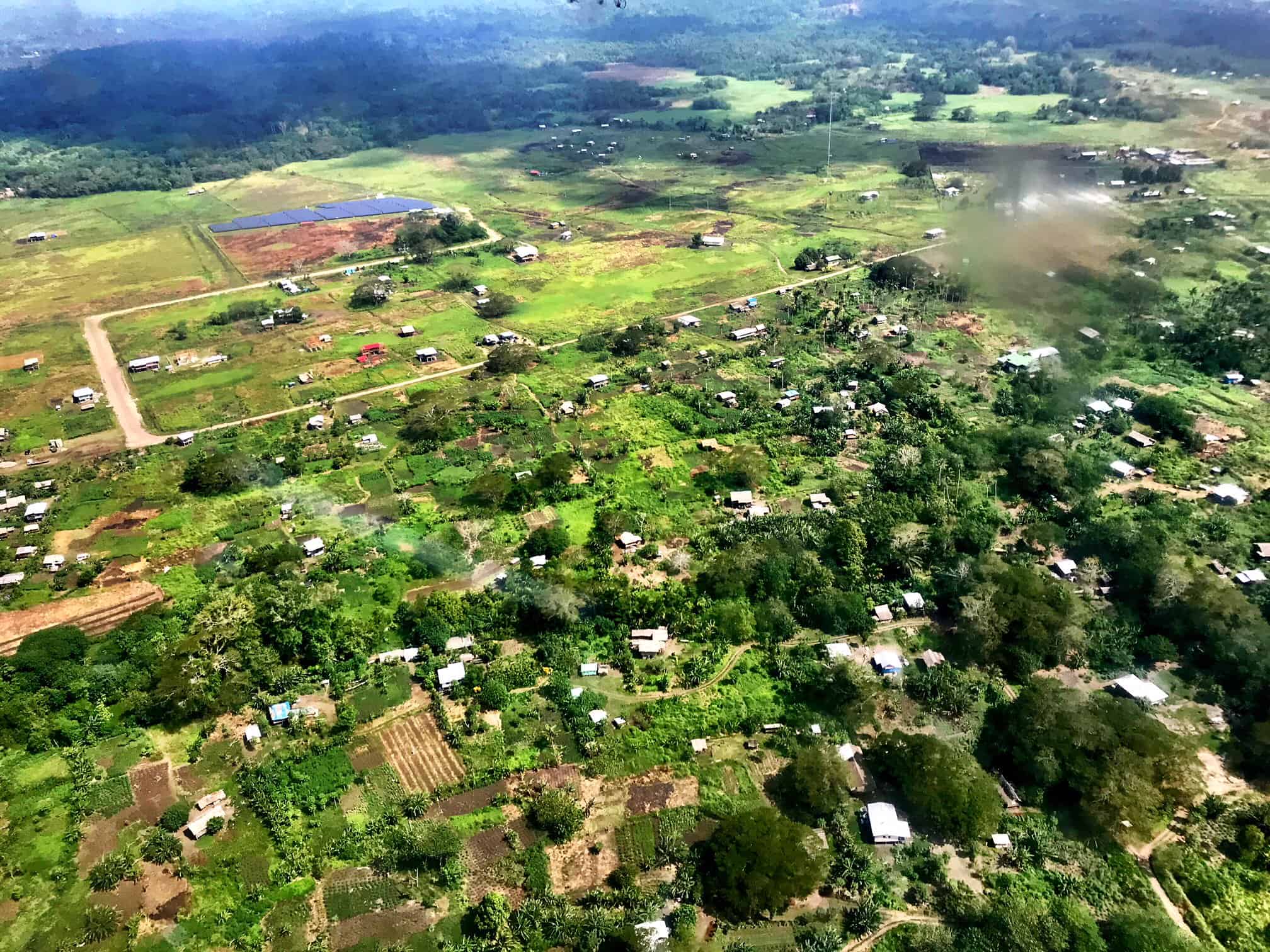
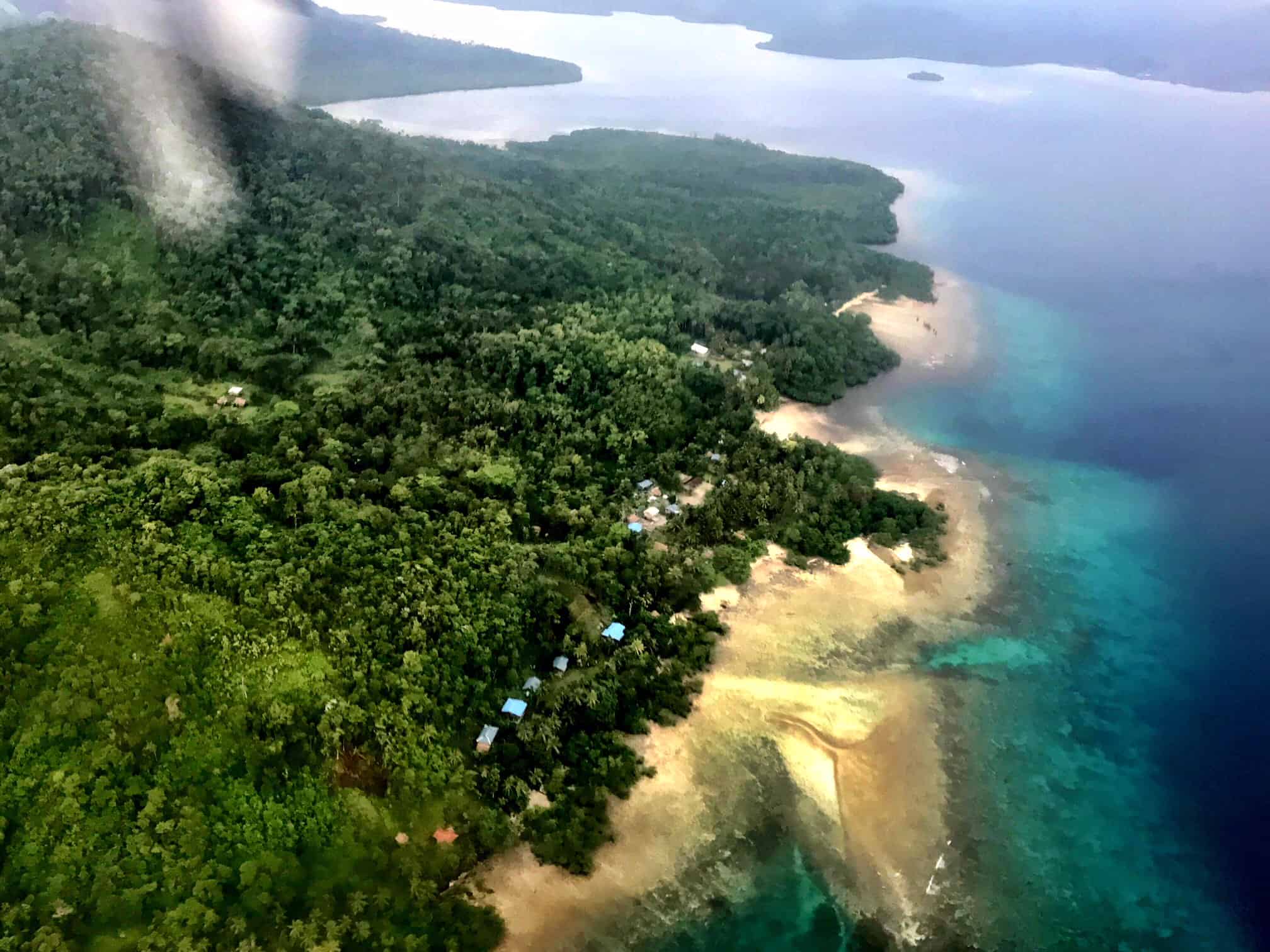
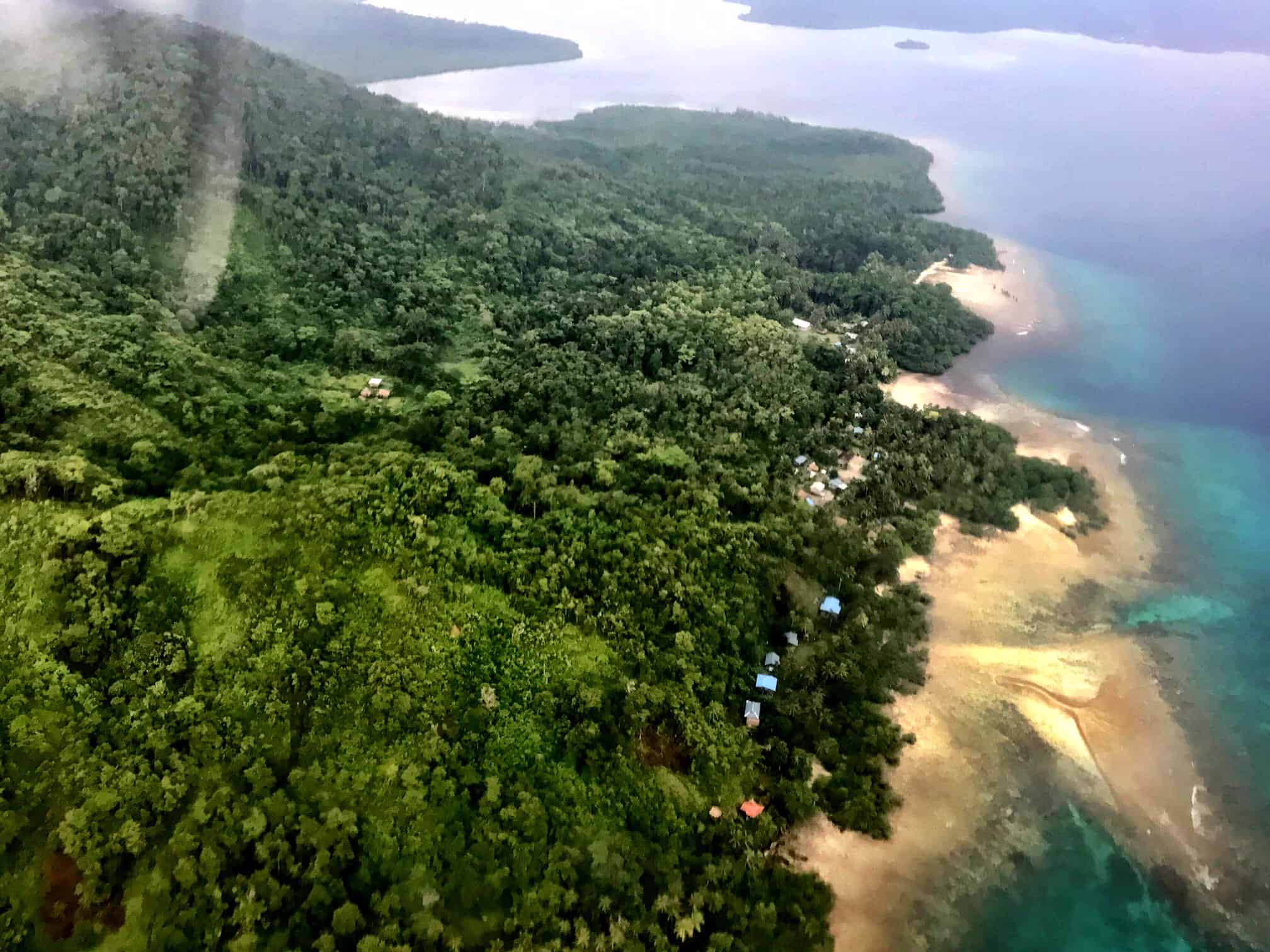
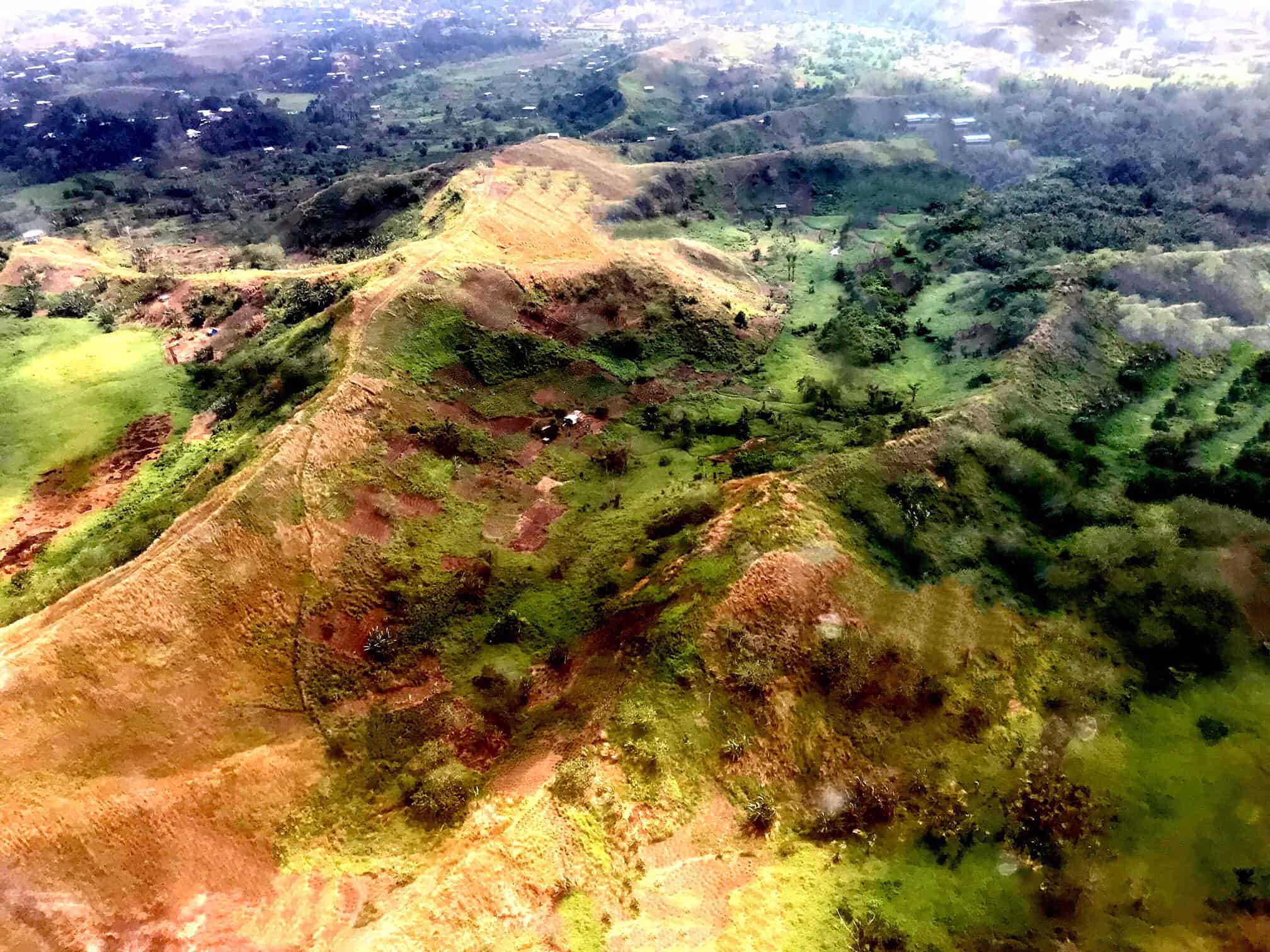
The lushness of the green valleys, rich red dirt and white sandy beaches combined with raw natural beauty in all directions is one of the things that make the Solomon Islands so unique. And, because it is less traveled to than some of its other South Pacific counterparts, the remoteness of the land (inland), as well as the islands and waters, make it a pristine and stunning choice for those with a more adventurous spirit.
Skull Island
Skull Island is an intriguing attraction on the “must do” list if you go to Solomon Islands. The truth is that there’s a lot more involved in the history and culture of Skull Island than meets the eye. In other words, the word attraction is really not the right word.
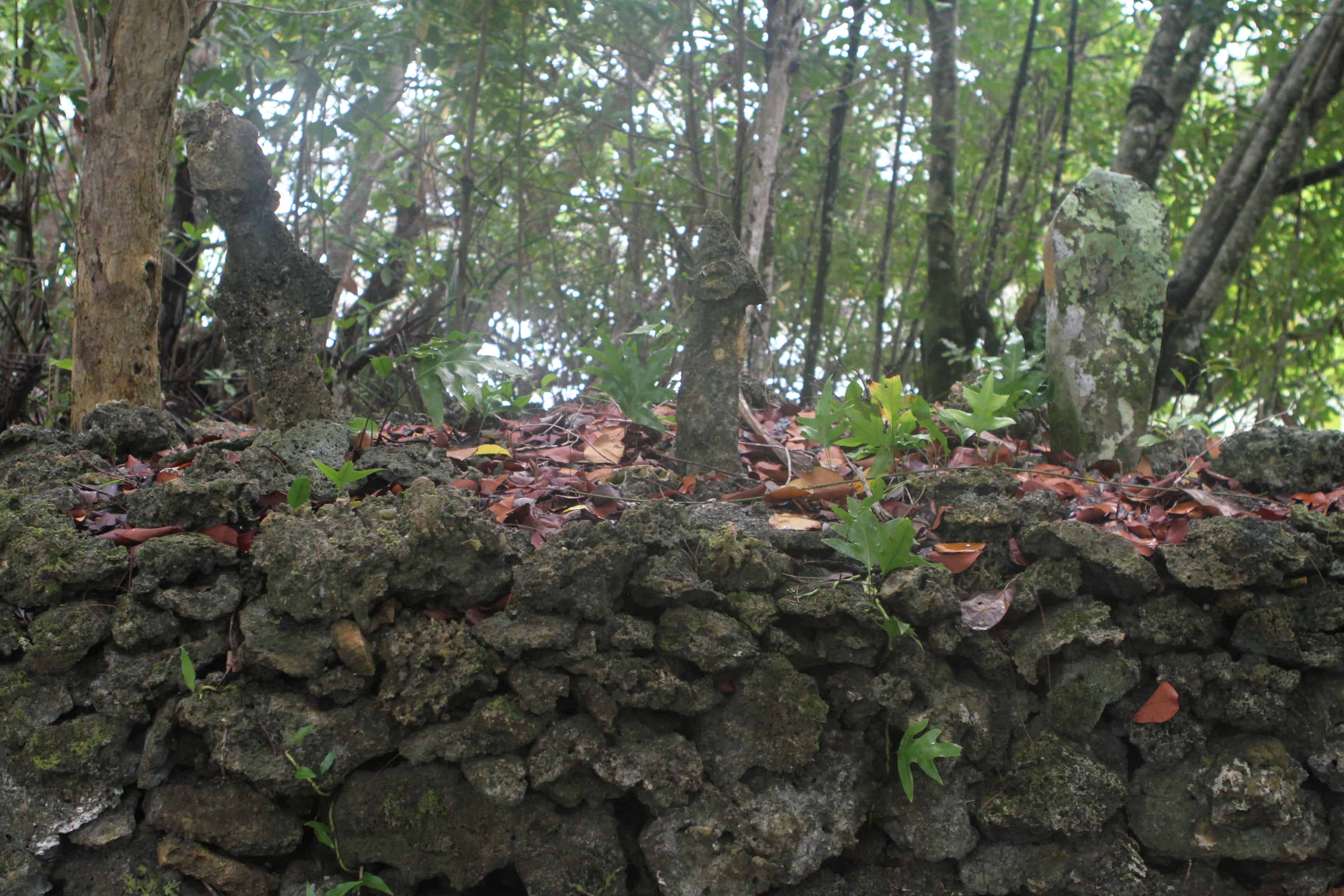
The shrine inside Skull Island
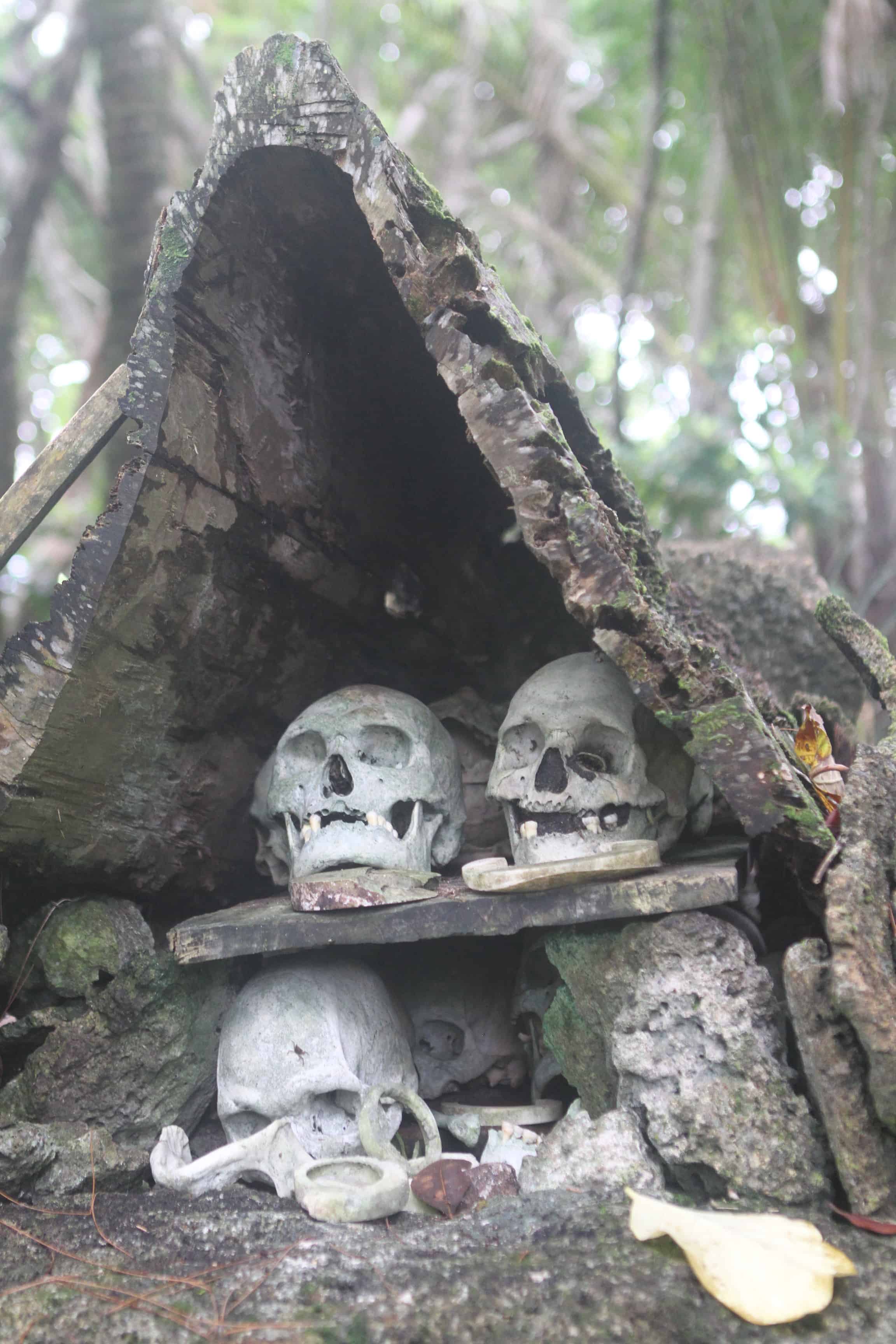
The skulls inside Skull Island
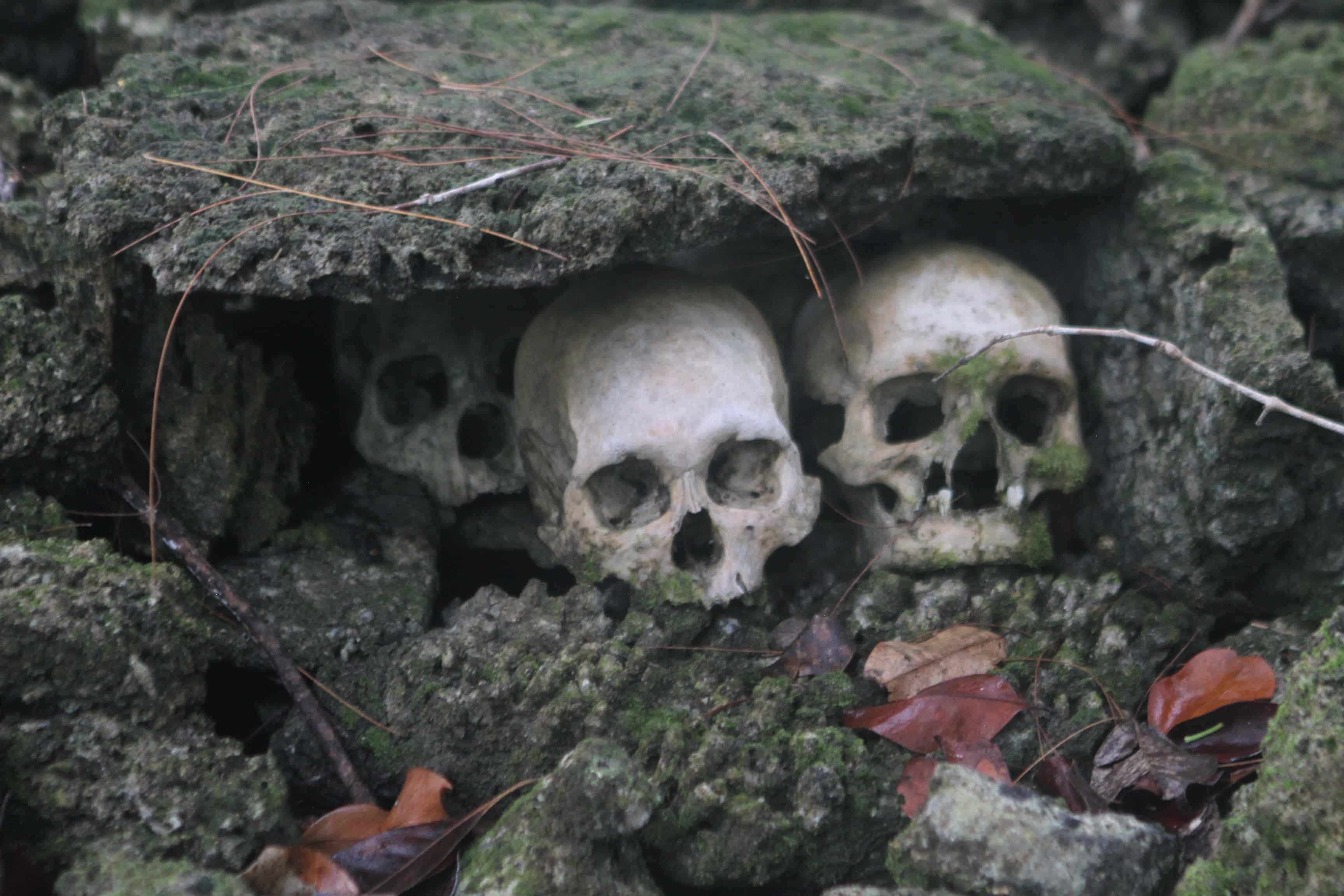
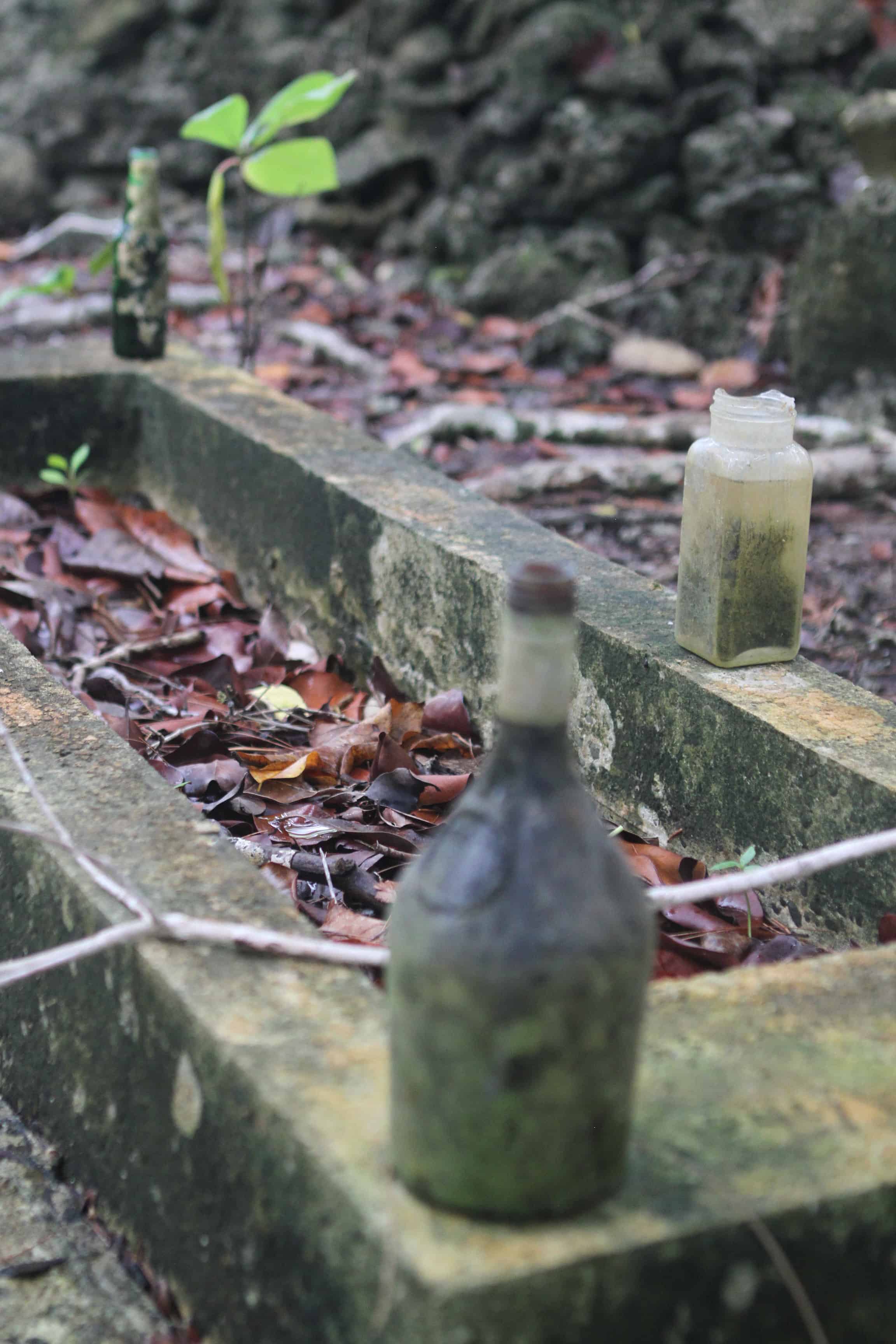
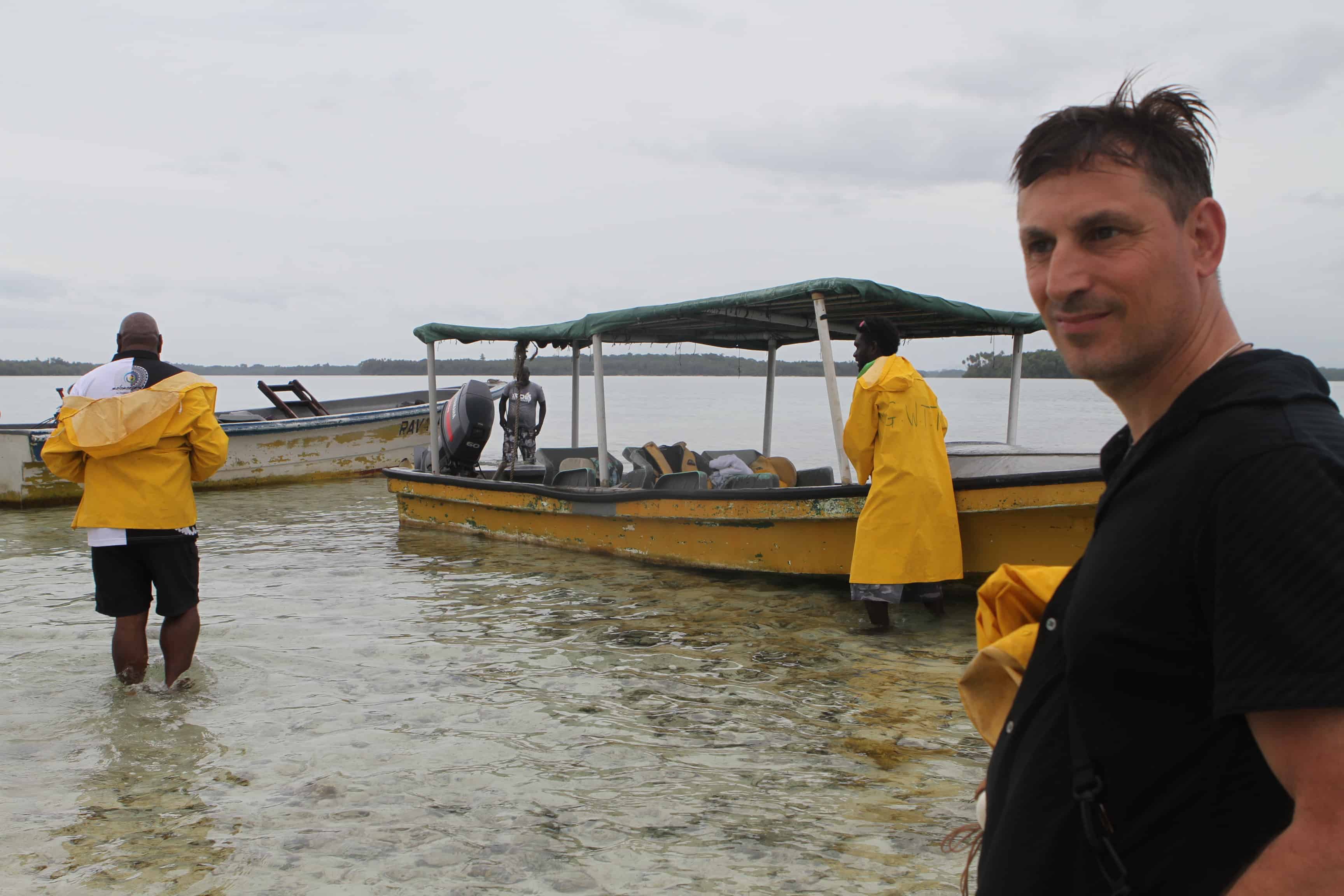


Be sure to read our article on Skull Island and see our video.
Diving & Snorkeling
Diving is big in the Solomon Islands and although we didn’t dive on this particular trip, we did plenty of snorkeling. You can dive Gizo’s Grand Central Station or the Japanese wreck, the Toa Maru. Green turtles, leatherback and hawksbill, which are considered critically endangered, can be found in the Solomon Islands as well. There are also tons of Clown Fish, bright blue star fish, reef sharks, dolphins and more.
Below are some of the shots I took on my little handy Olympus Rough Shot camera while snorkeling off some of the isolated islands a Banana boat ride away from Tavanipupu.
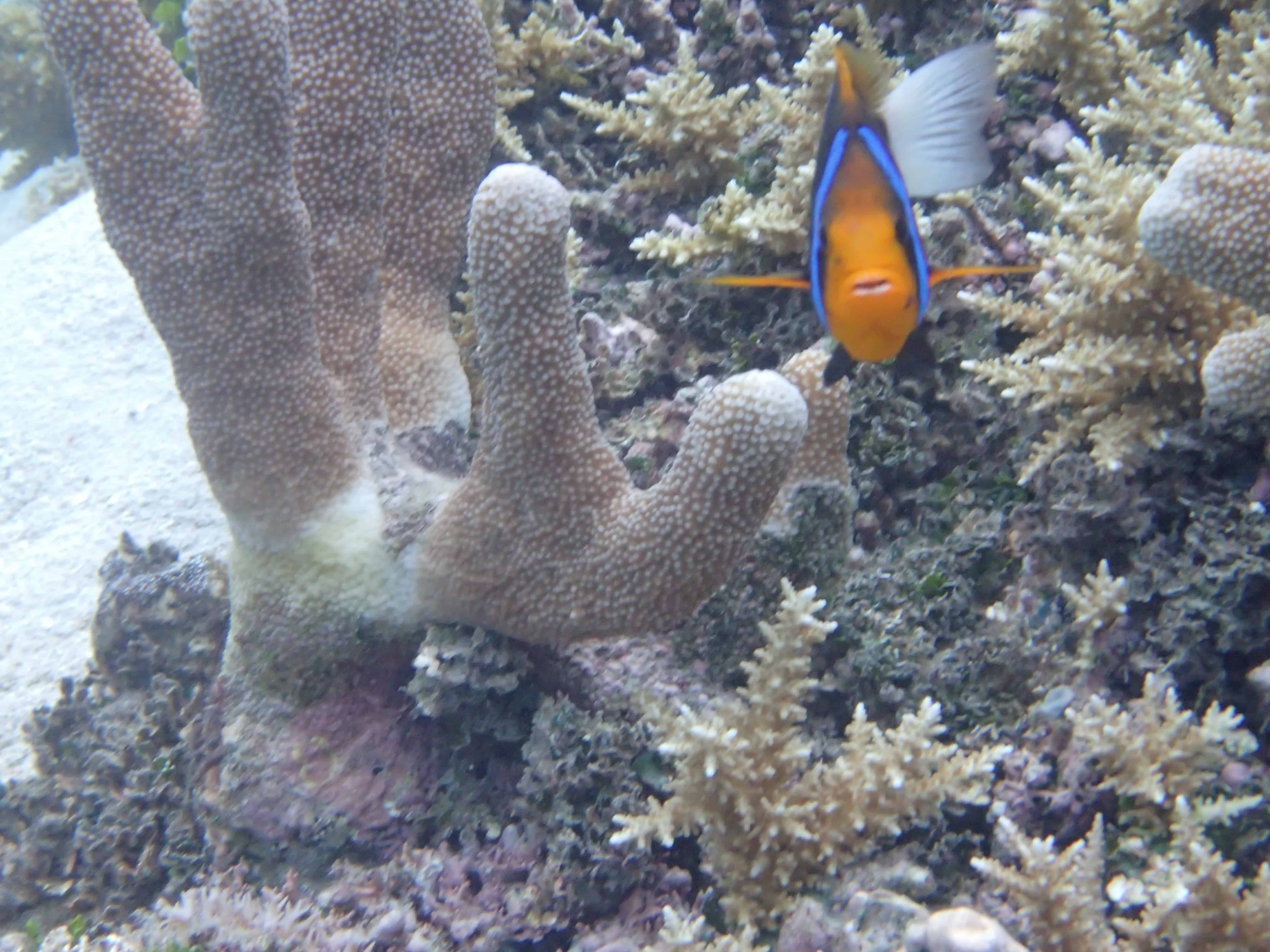
I saw plenty of this little guy while snorkeling
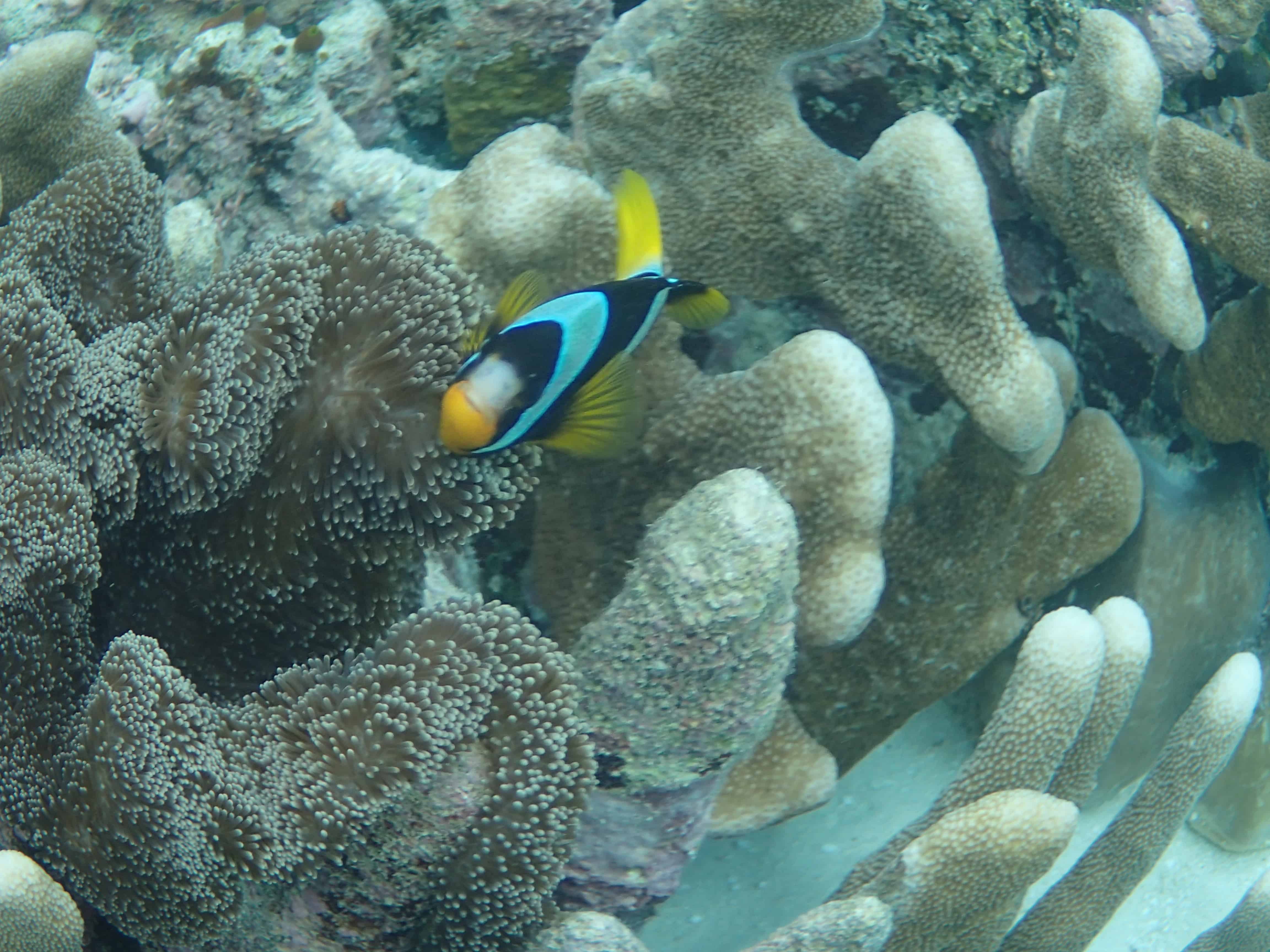
So much color and vitality under the Solomon Islands’ waters

Unlike so many places I’ve been snorkeling lately, the reef is alive and well
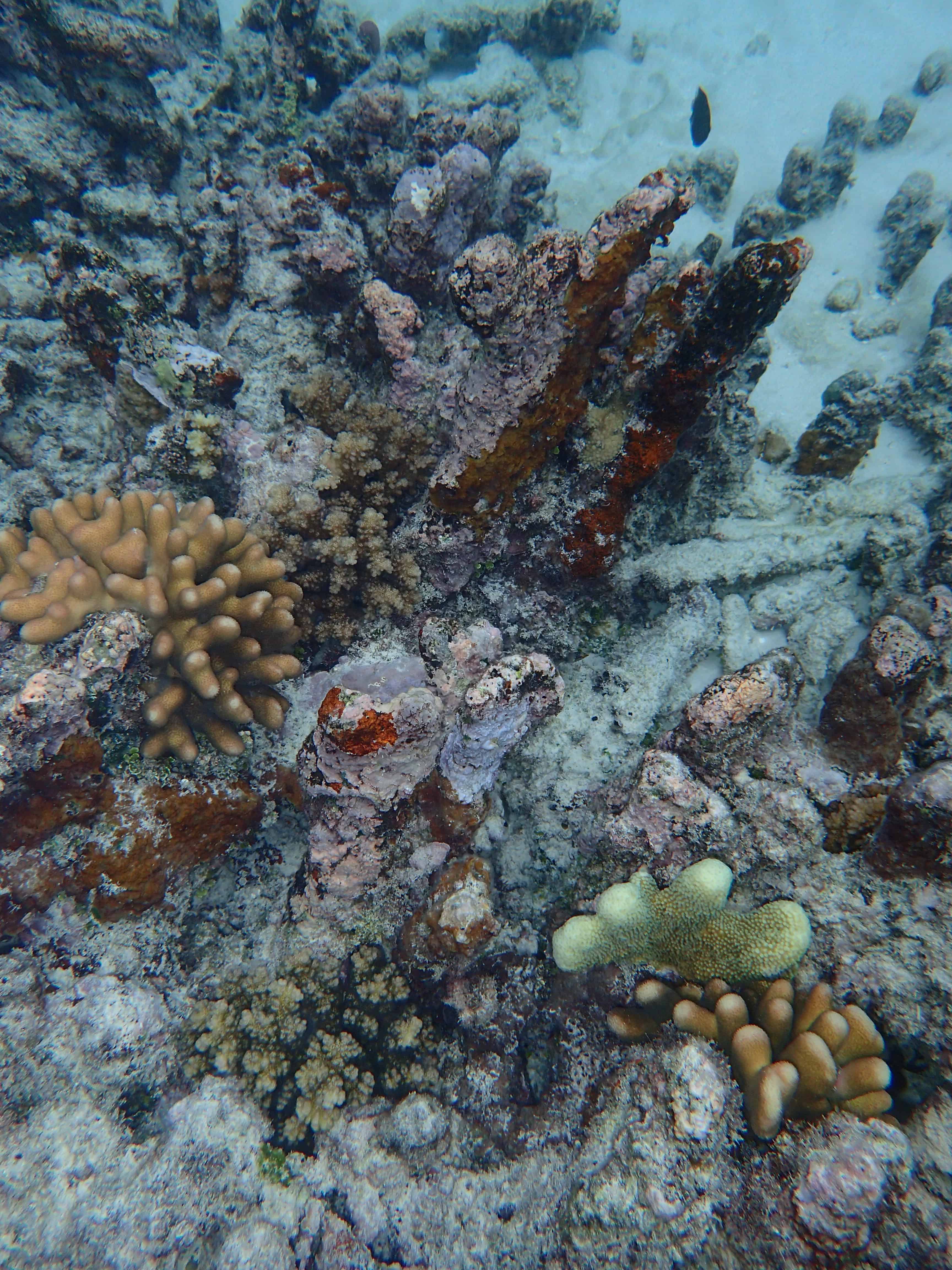
Rich earth colors live under the sea
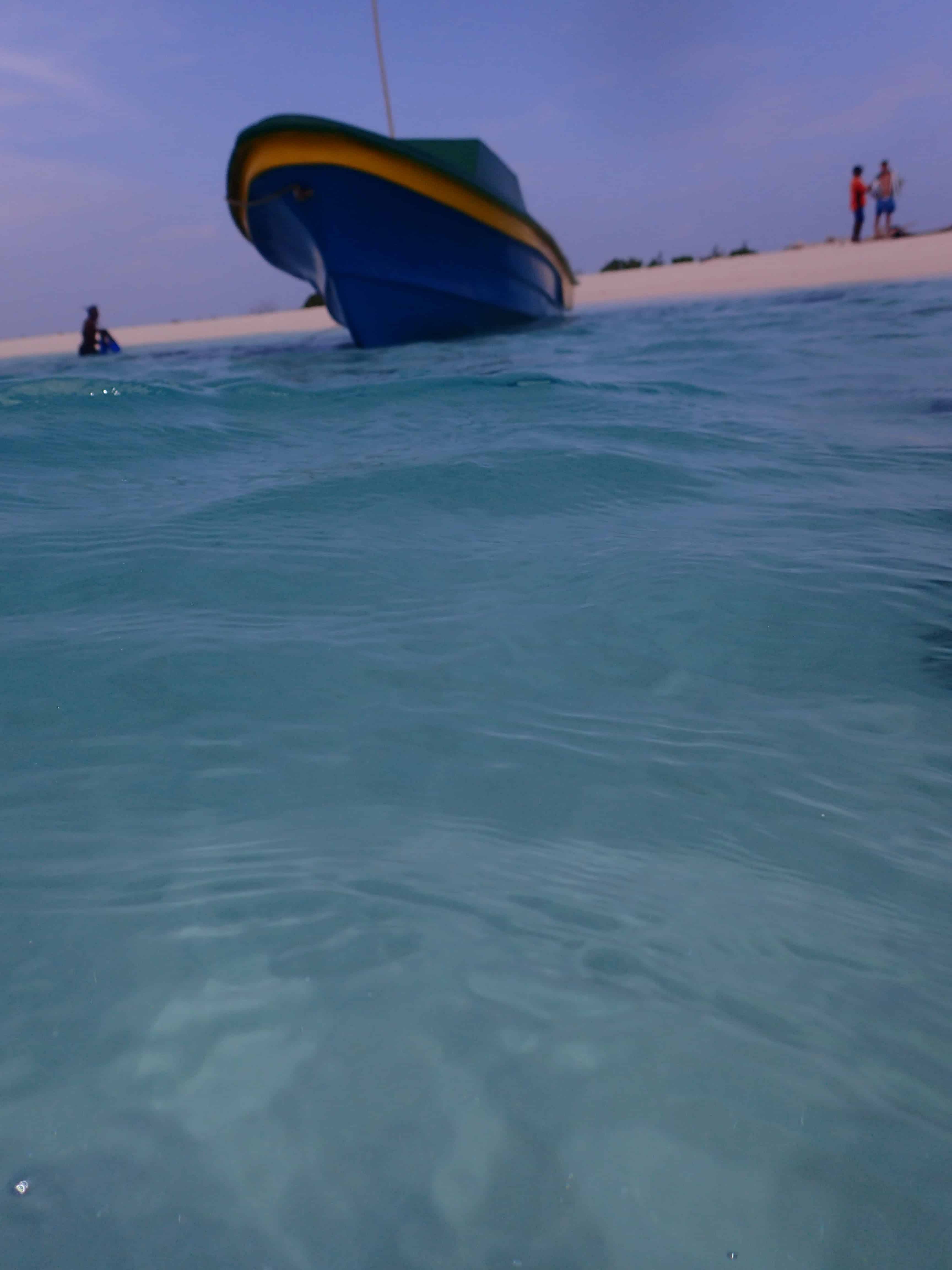
Our banana boat, which pulled up on a deserted island — here, we snorkeled for hours
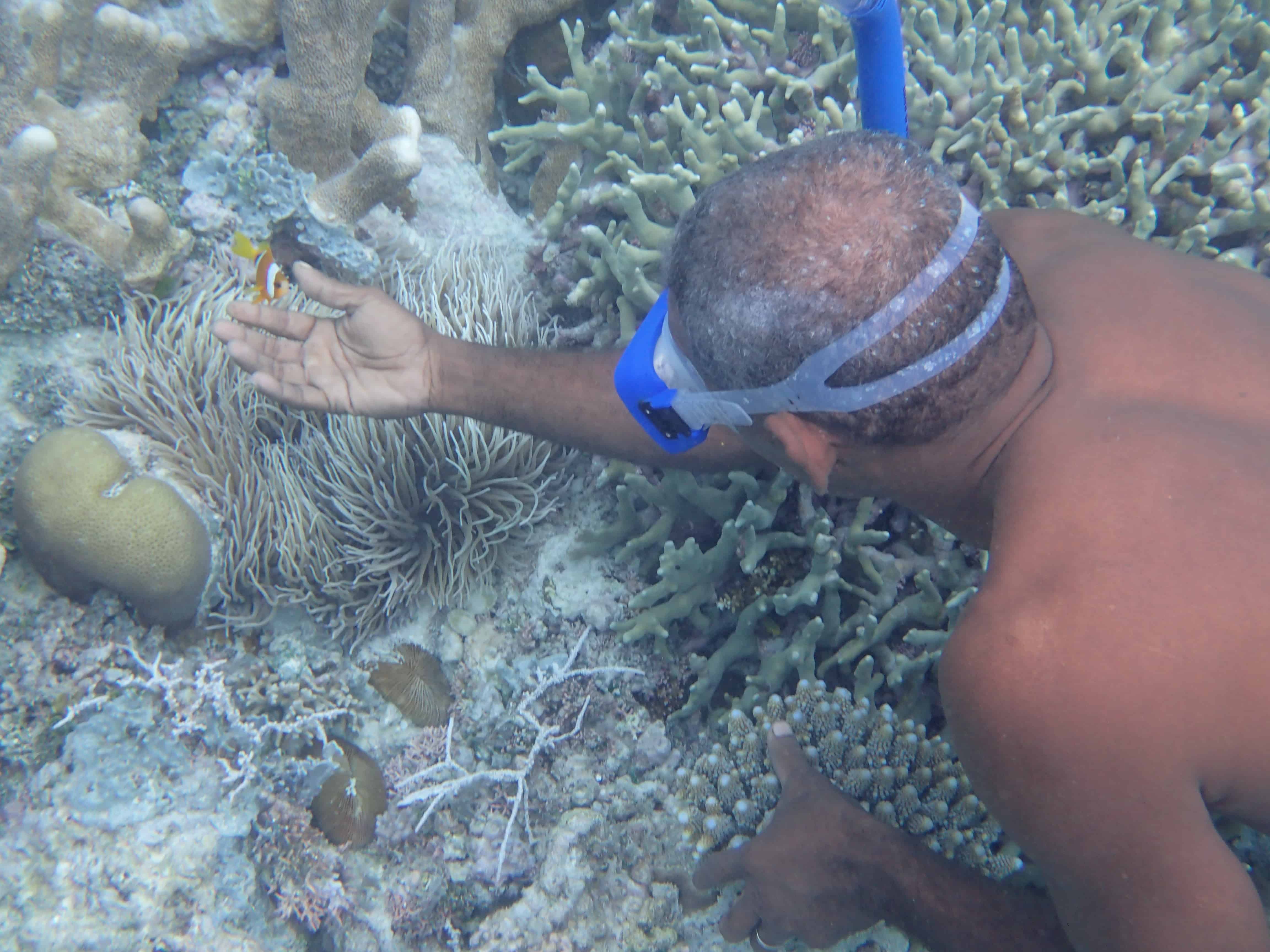
Brian, a master of Solomon Islands’ waters

We loved snorkeling off the many islands near Tavanipupu
Be sure to read my more comprehensive overview of diving and snorkeling in the Solomon islands for more magical photos.
World War II History
While we did spend some time exploring the country’s cultural and artistic heritage, we spent most our time on the Solomon Islands purely in nature, both on land and at sea. That said, if you’re a history buff and into World War II, I’d be remiss if I didn’t mention that there’s a ton of war history to learn here.
Battles were fought here and many died during World War II — you’ll be touched by the bravery of the soldiers who are remembered here in Honiara, on land and underwater. The Solomon Islands Tourism website has some useful information about it as does this great article from the Smithsonian Mag.
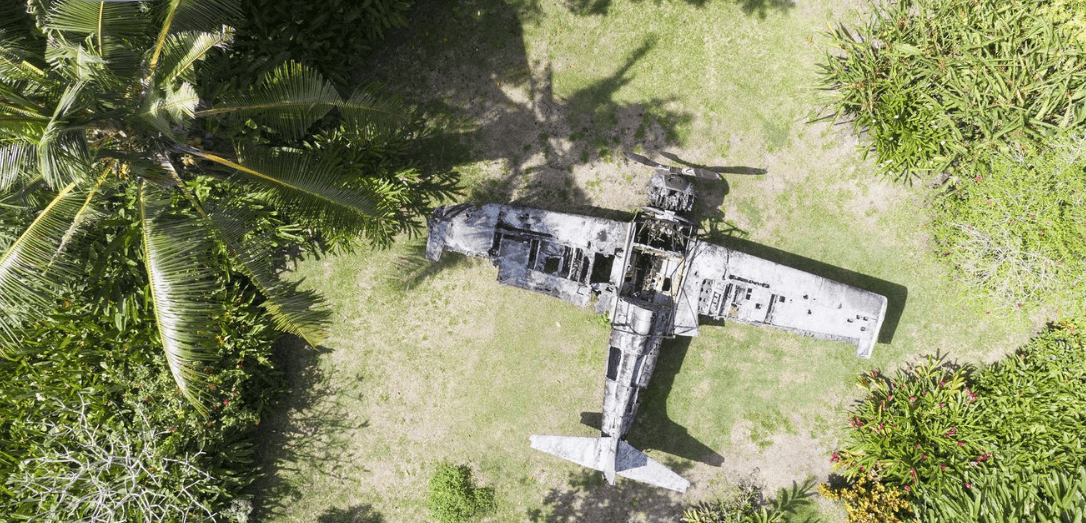
Courtesy: Solomon Islands Tourism Board
Many of the battle sites remain virtually untouched and you can still find artefacts strewn about from rusting jeeps, tanks and amphibious vehicles lying buried in the jungle to foxholes and caves that were used as Japanese observation points and hiding places. For history buffs, this is a MUST DO!!
Pan Pipe Music Performances
Pan pipe performances are a big part of Solomon Islands culture and you shouldn’t leave the country without seeing at least one performance. We were able to see live music several times during our stay including an incredible pan pipe performance at Tavanipupu late at night after dinner.
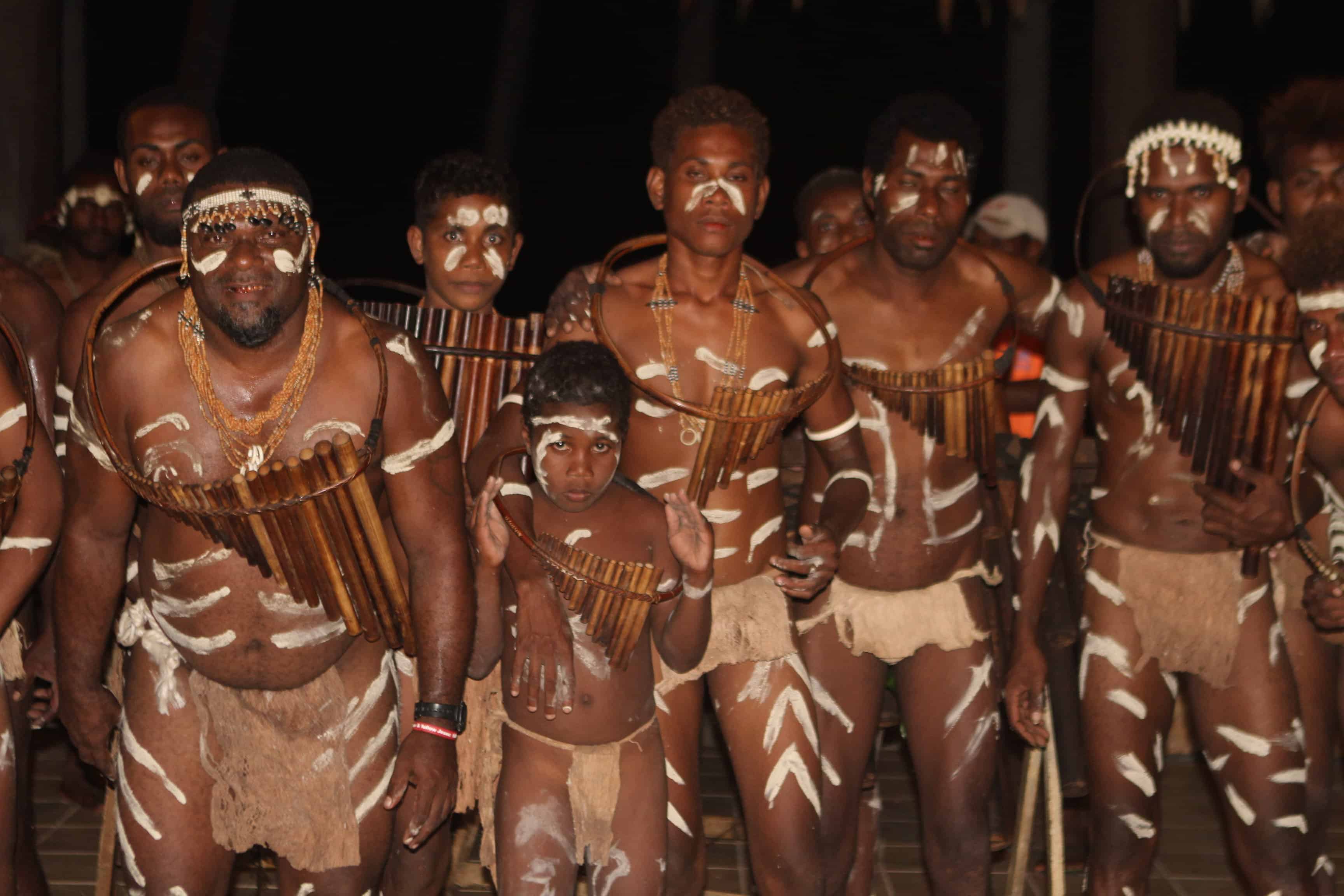
Pan pipe music performances and dancing at Tavanipupu

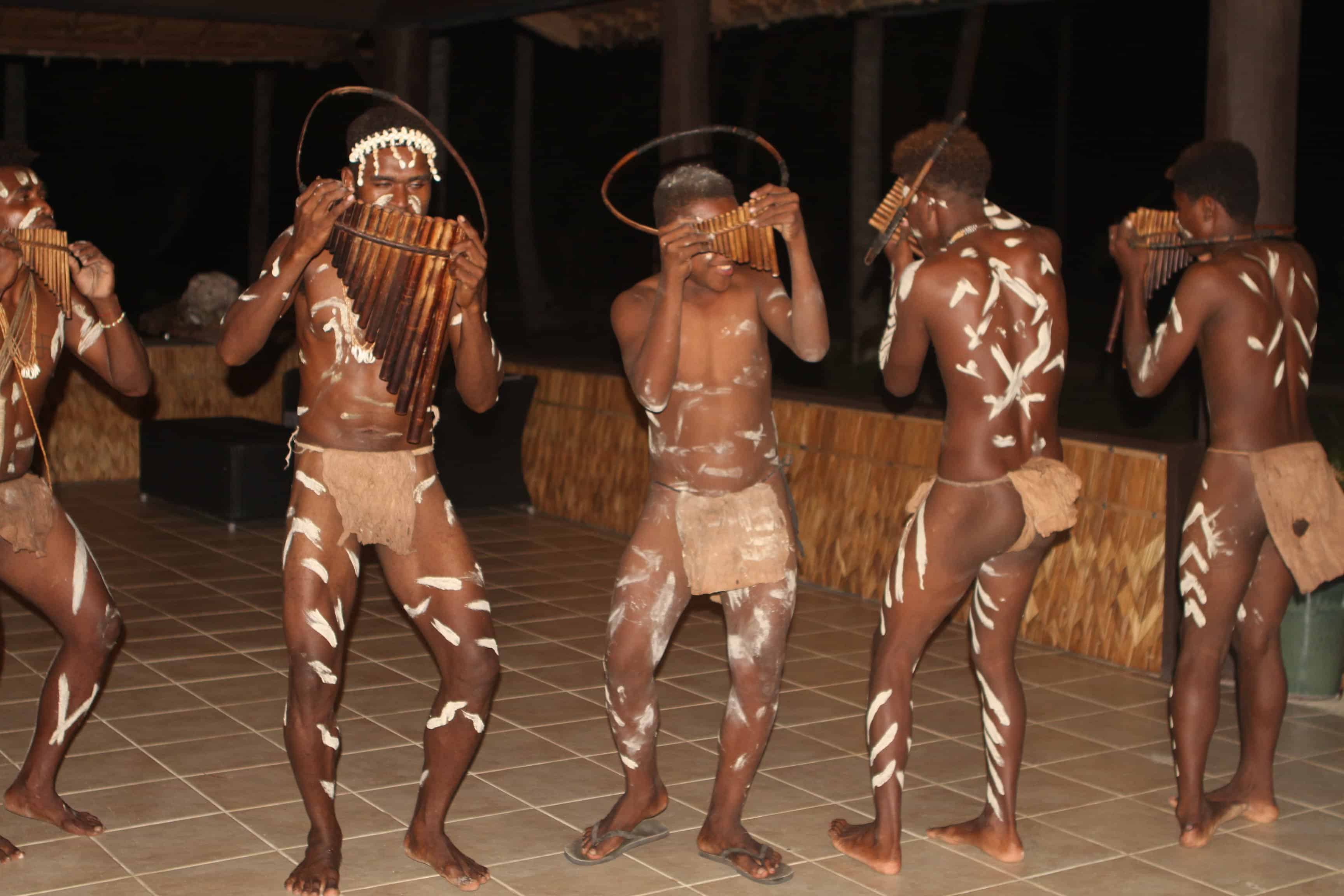
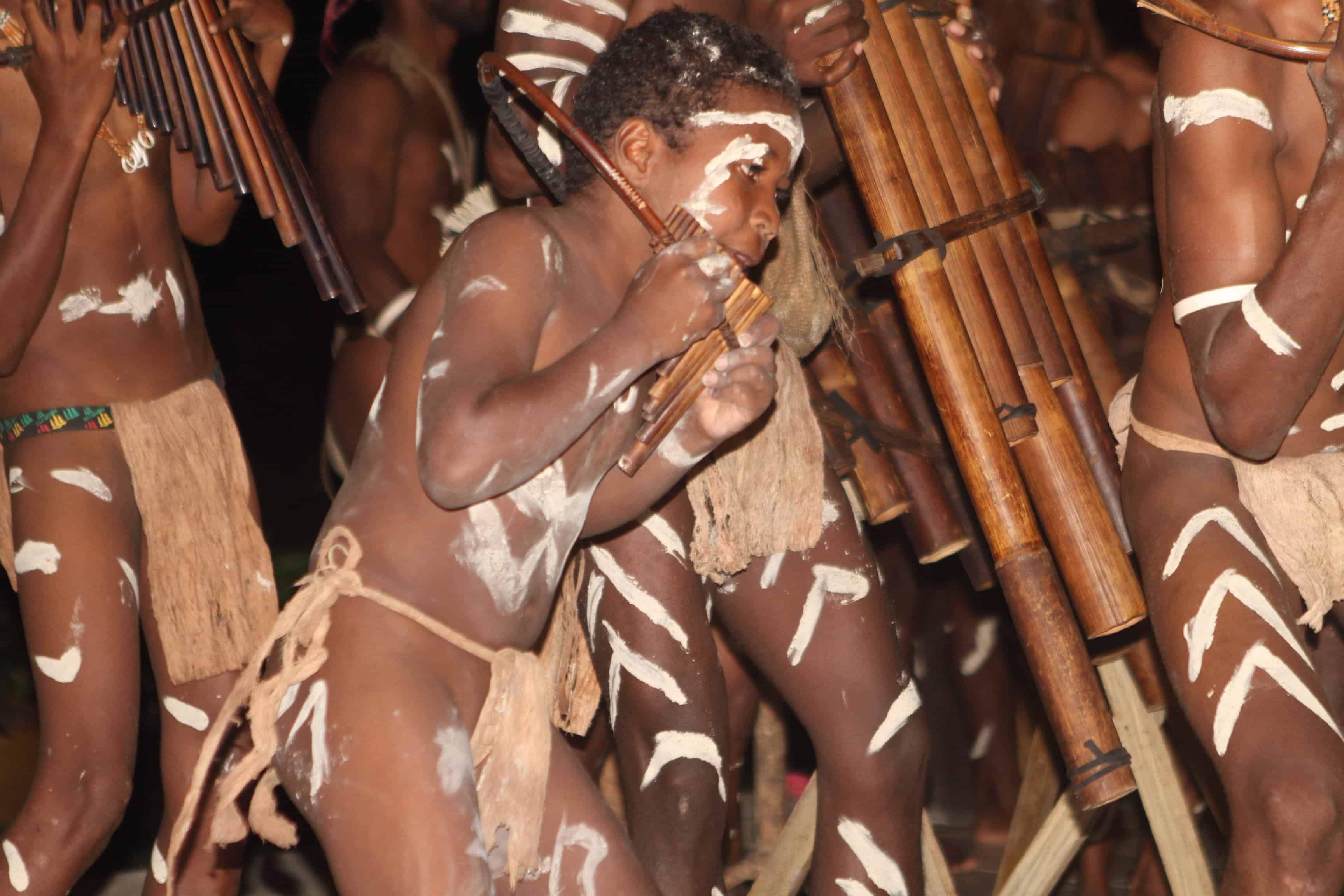
Even the little ones get involved in pan piping
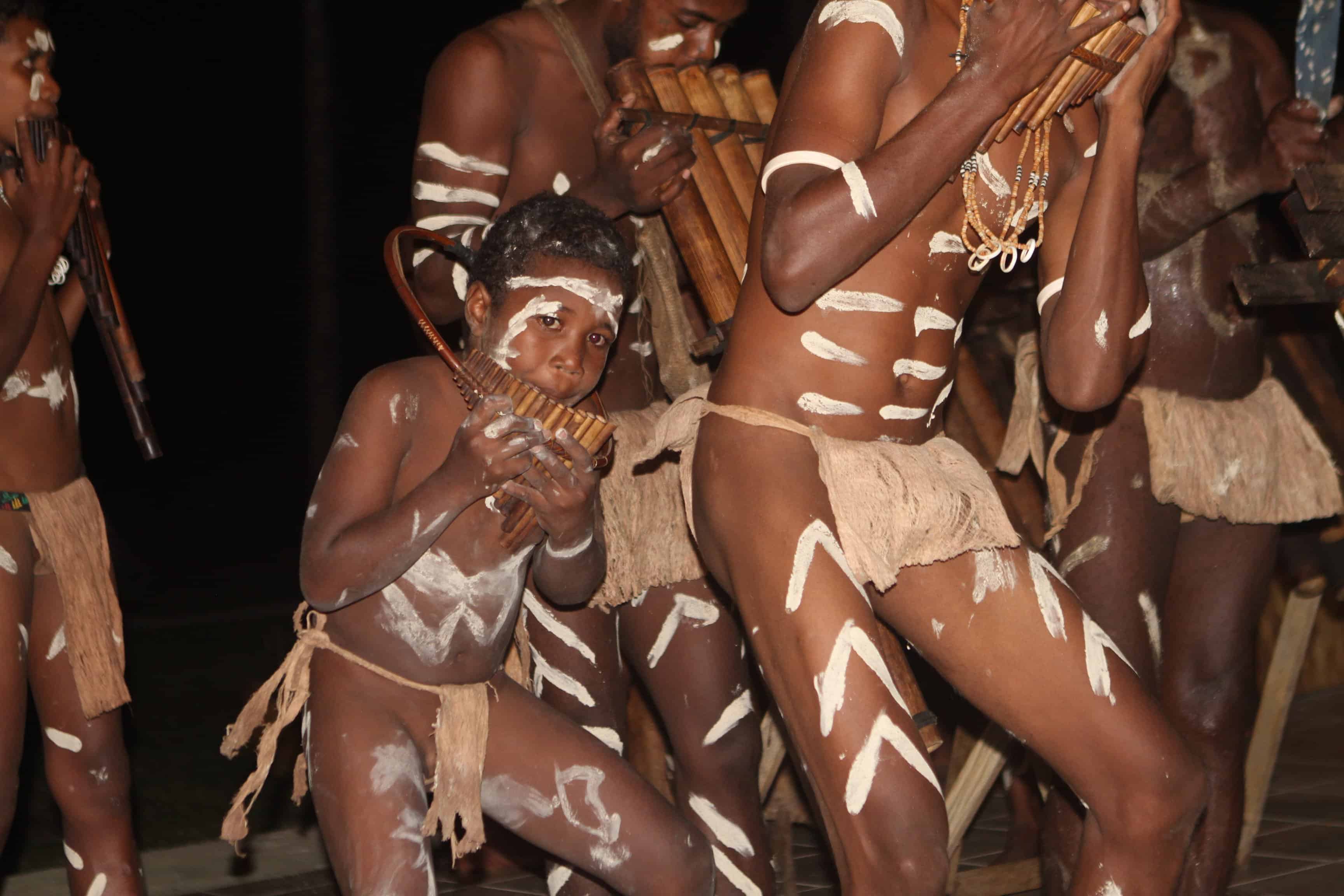
Yup, he was a real cutie!
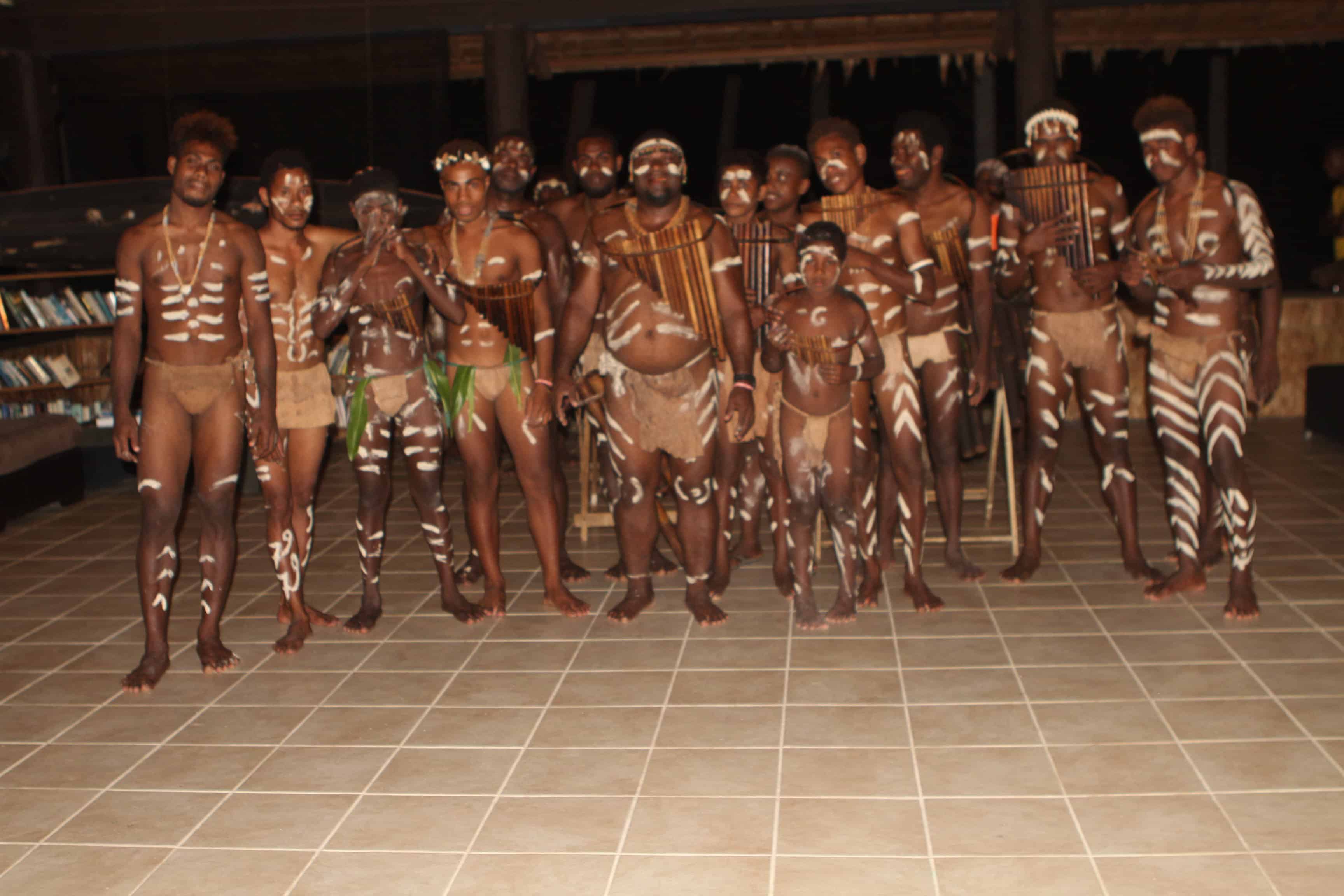
The Pan Pipe Crew posed for us afterwards

A l’il posing after the performance
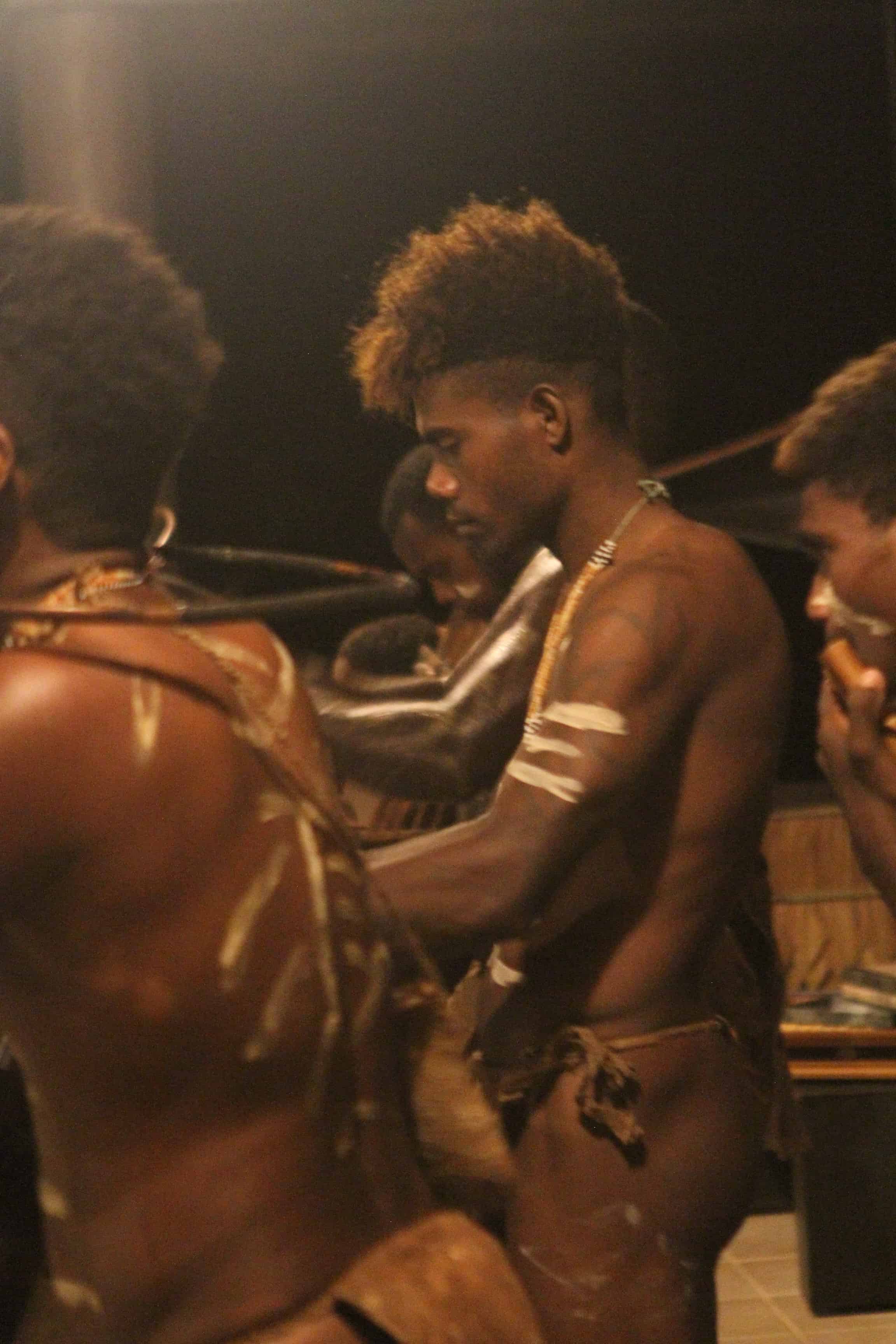
Up close to the performers, you can see their commitment and passion
Other Useful Articles on the Solomon Islands
- The Tavanipupu Resort & Spa
- The Solomon Islands Art Scene
- Under the Sea in the Solomon Islands Snorkeling
- Traveling to Skull Island from Munda
- Your Ultimate Solomon Islands Travel Guide
Note: our trip was hosted and sponsored in conjunction with the Solomon Islands, but all opinions expressed are entirely our own.

Renee Blodgett is the founder of We Blog the World. The site combines the magic of an online culture and travel magazine with a global blog network and has contributors from every continent in the world. Having lived in 10 countries and explored over 90, she is an avid traveler, and a lover, observer and participant in cultural diversity. She is also the founder of the Magdalene Collection, a jewelry line dedicated to women’s unsung voices and stories, and the award-winning author of the bestselling book Magdalene’s Journey
She is founder of Blue Soul Media and co-founder of Blue Soul Earth as well as the producer and host of the award-winning Blue Soul CHATS podcast, that bridges science, technology and spirituality. Renee also founded Magic Sauce Media, a new media services consultancy focused on viral marketing, social media, branding, events and PR. For over 20 years, she has helped companies from 12 countries get traction in the market. Known for her global and organic approach to product and corporate launches, Renee practices what she pitches and as an active user of social media, she helps clients navigate digital waters from around the world. Renee has been blogging for over 16 years and regularly writes on her personal blog Down the Avenue, Huffington Post, BlogHer, We Blog the World and other sites. She was ranked #12 Social Media Influencer by Forbes Magazine and is listed as a new media influencer and game changer on various sites and books on the new media revolution. In 2013, she was listed as the 6th most influential woman in social media by Forbes Magazine on a Top 20 List.
Her passion for art, storytelling and photography led to the launch of Magic Sauce Photography, which is a visual extension of her writing, the result of which has led to producing six photo books: Galapagos Islands, London, South Africa, Rome, Urbanization and Ecuador.
Renee is also the co-founder of Traveling Geeks, an initiative that brings entrepreneurs, thought leaders, bloggers, creators, curators and influencers to other countries to share and learn from peers, governments, corporations, and the general public in order to educate, share, evaluate, and promote innovative technologies.








